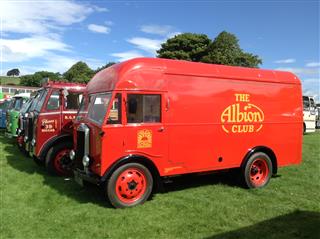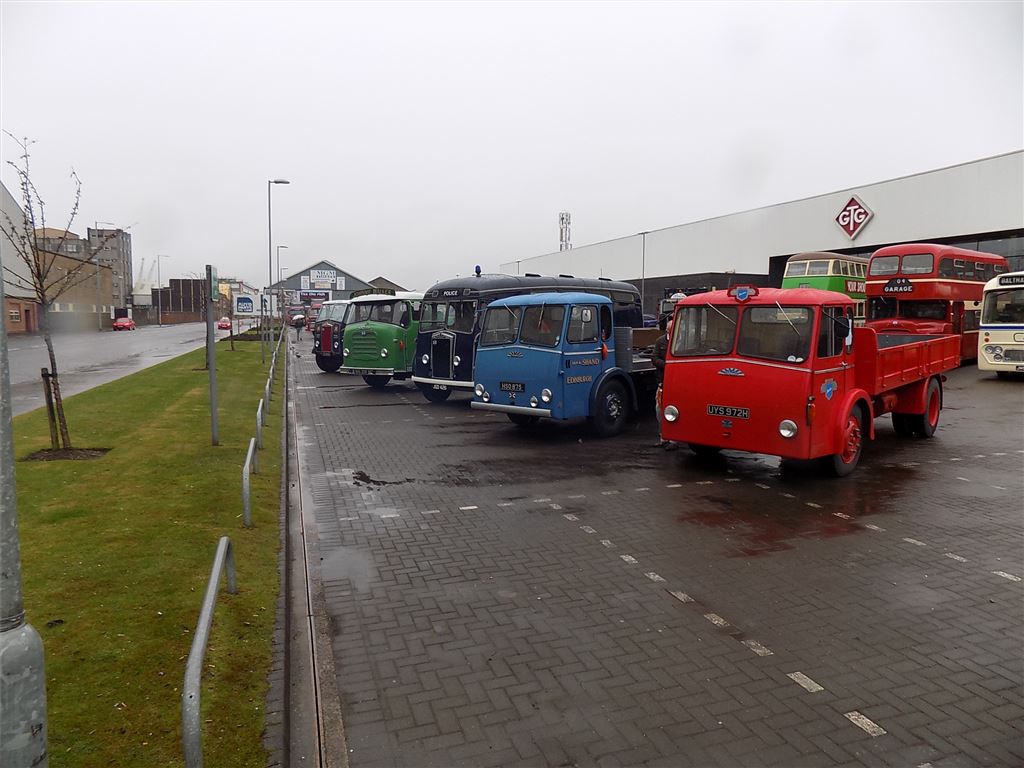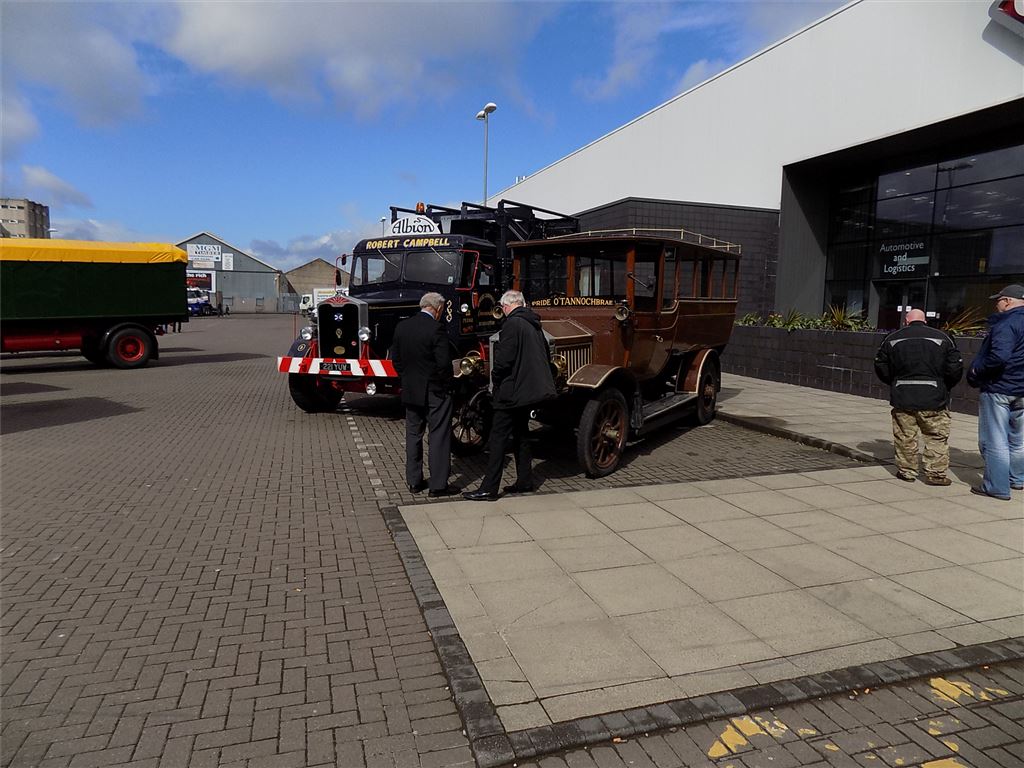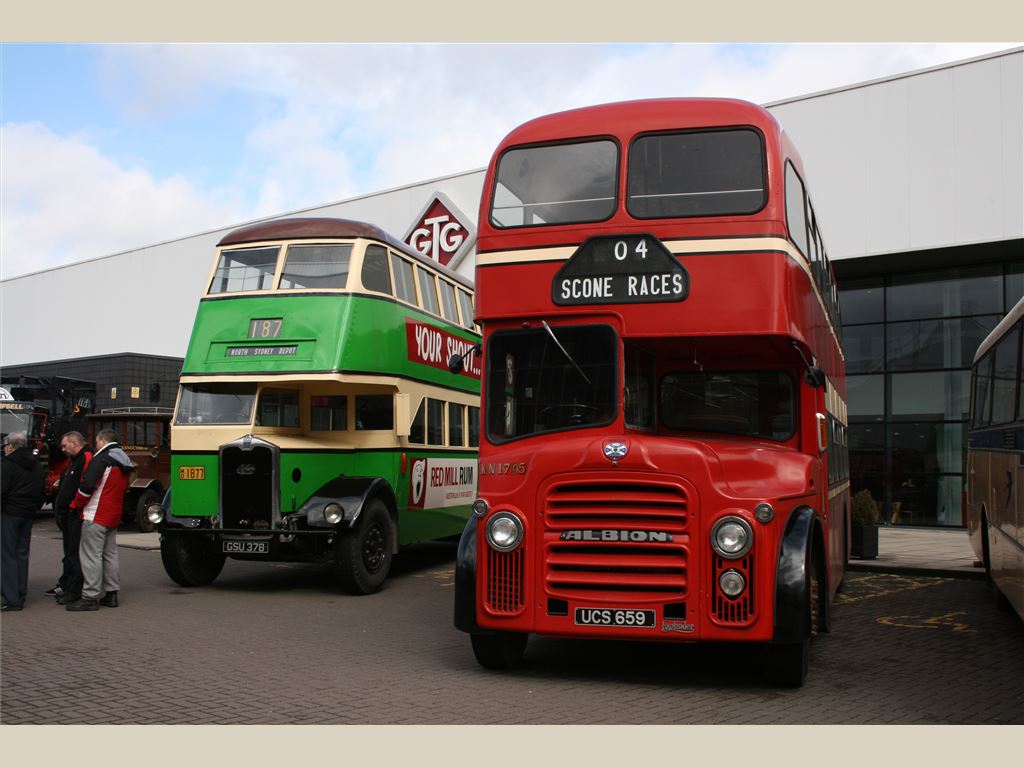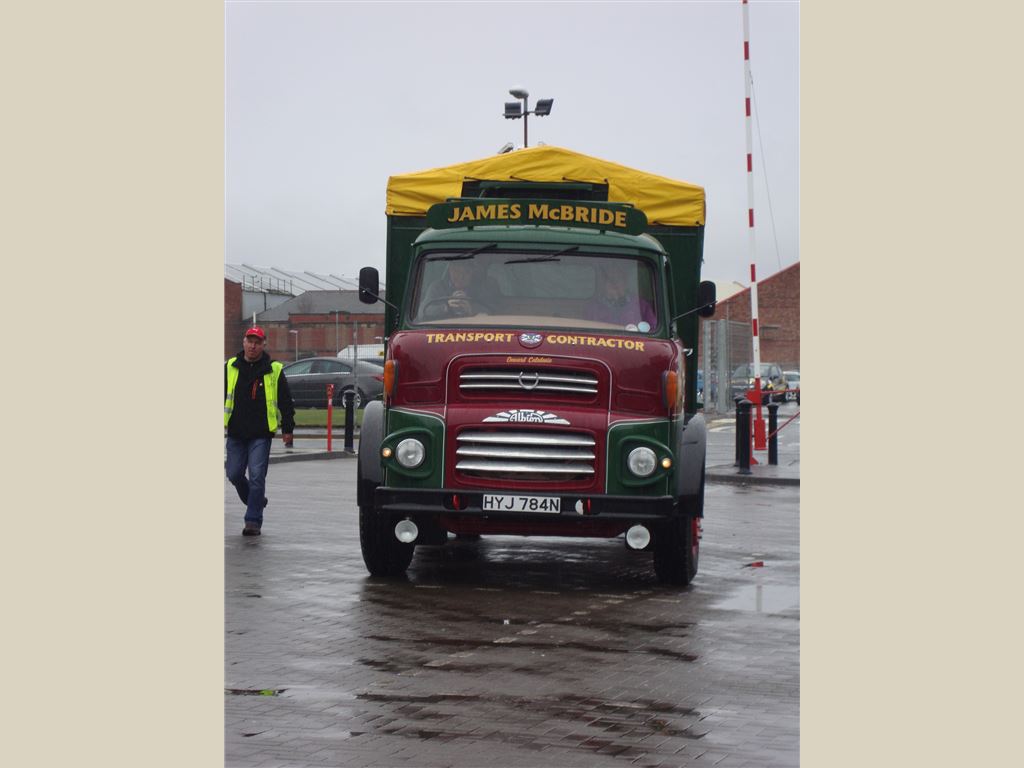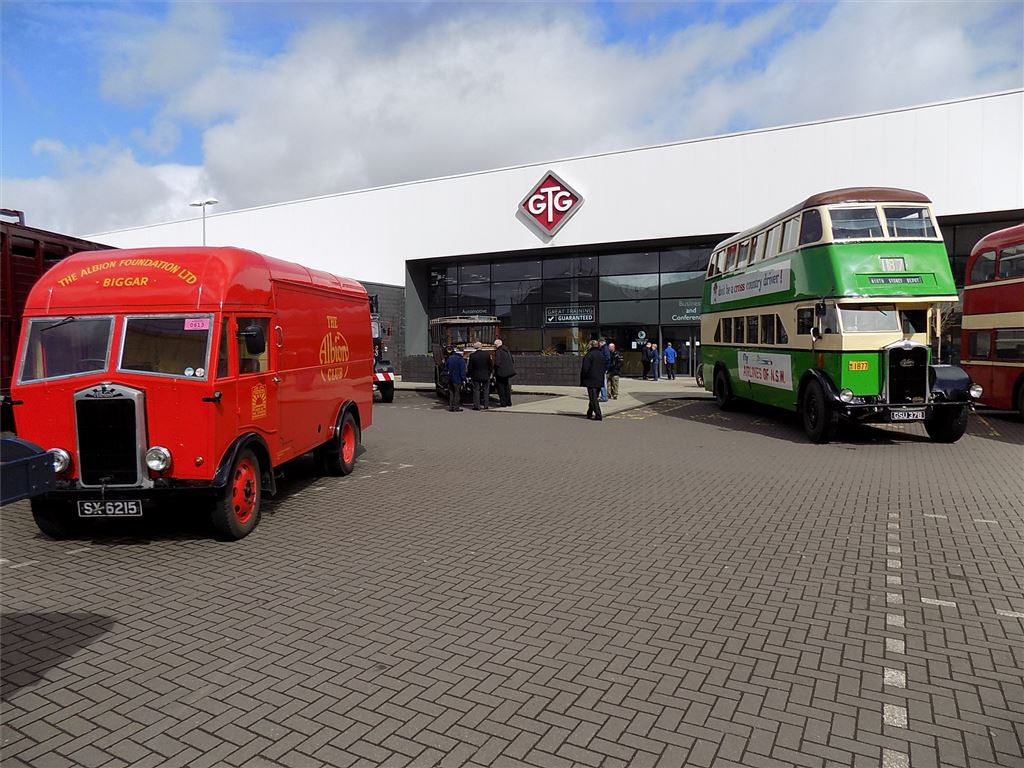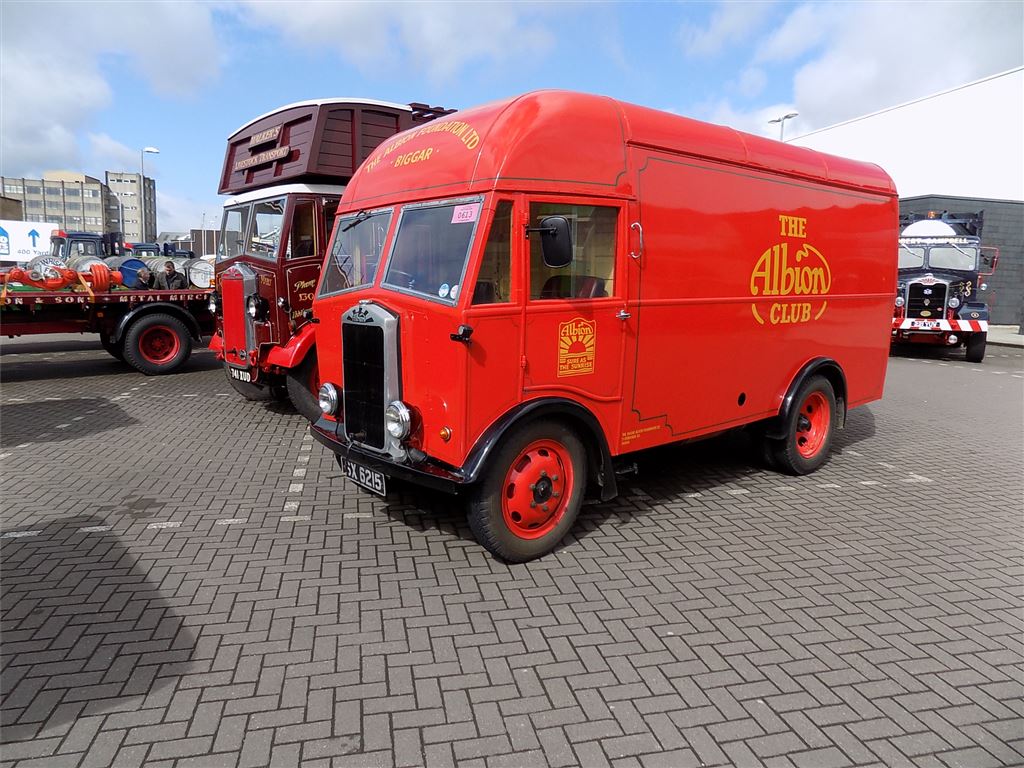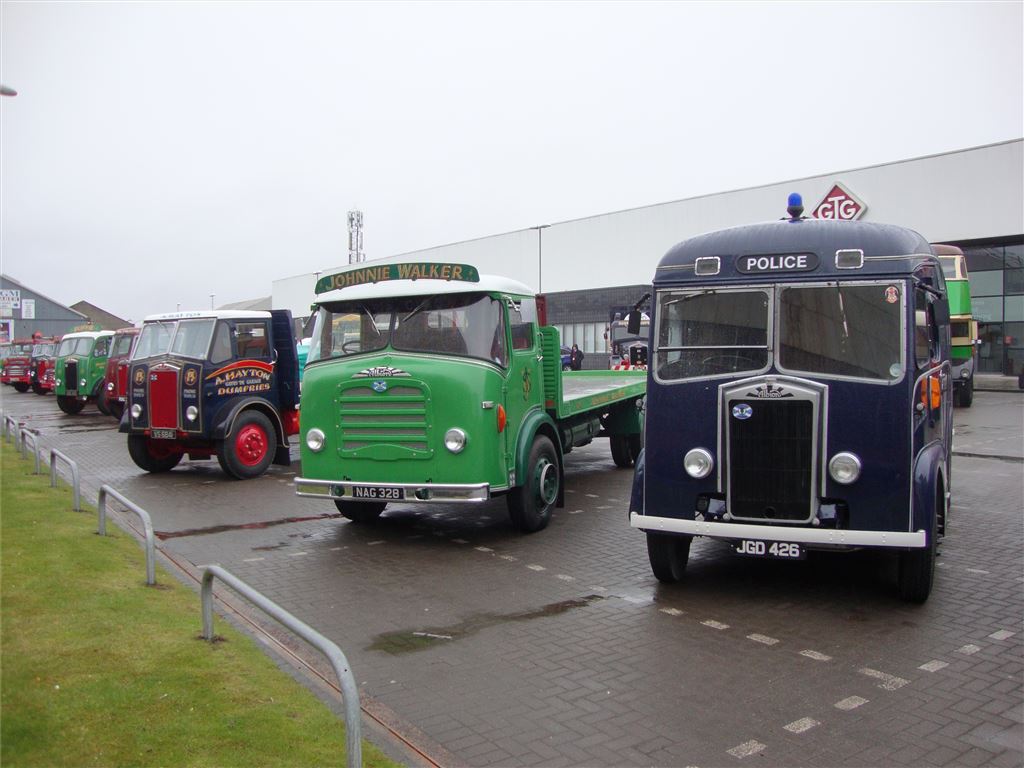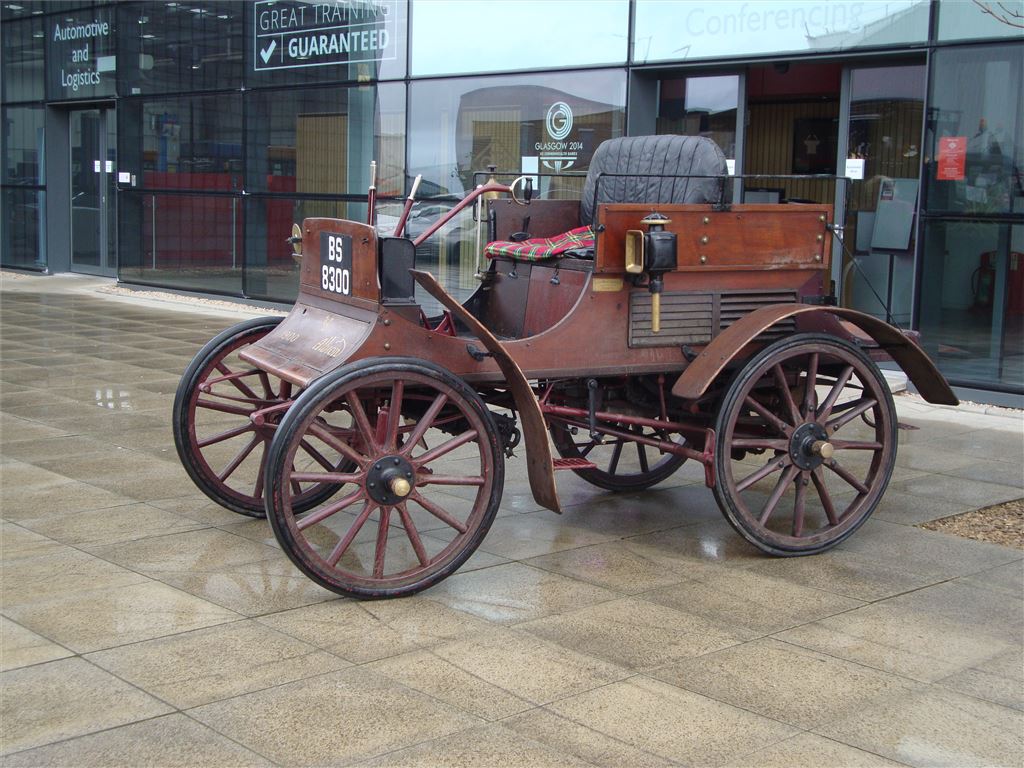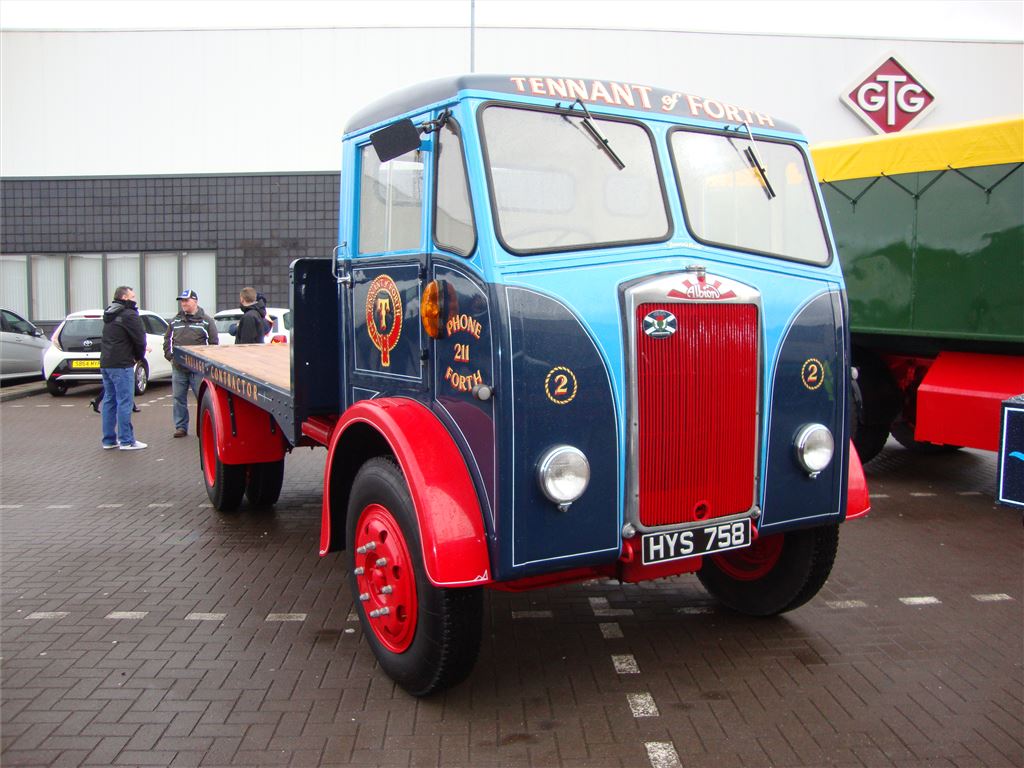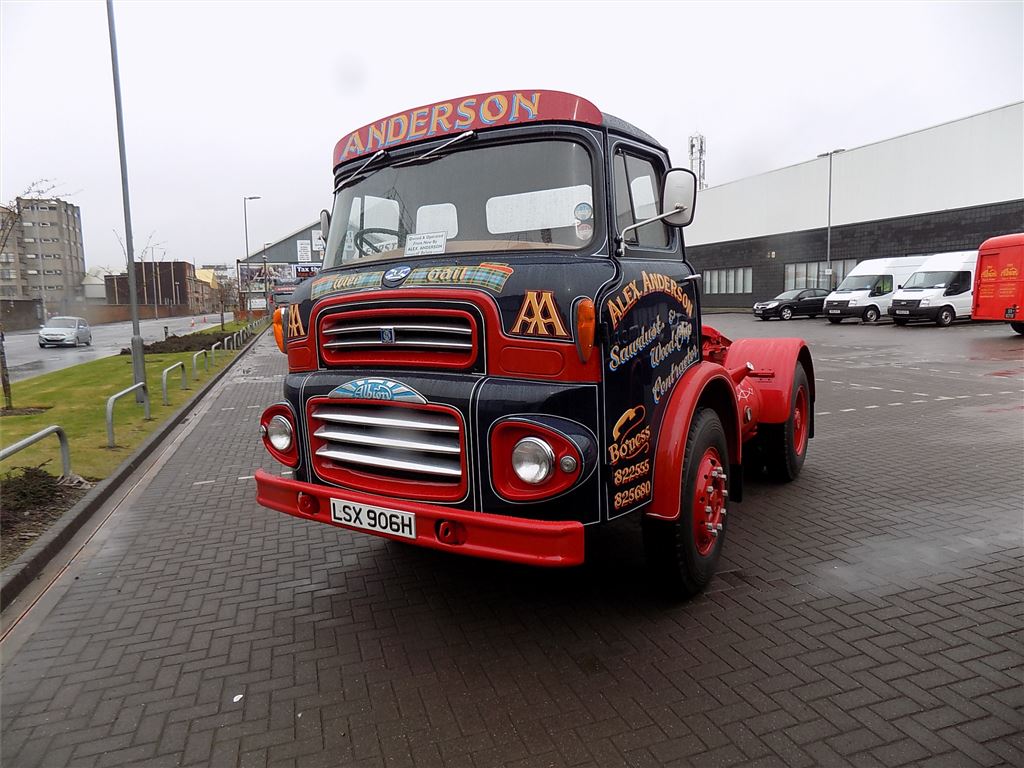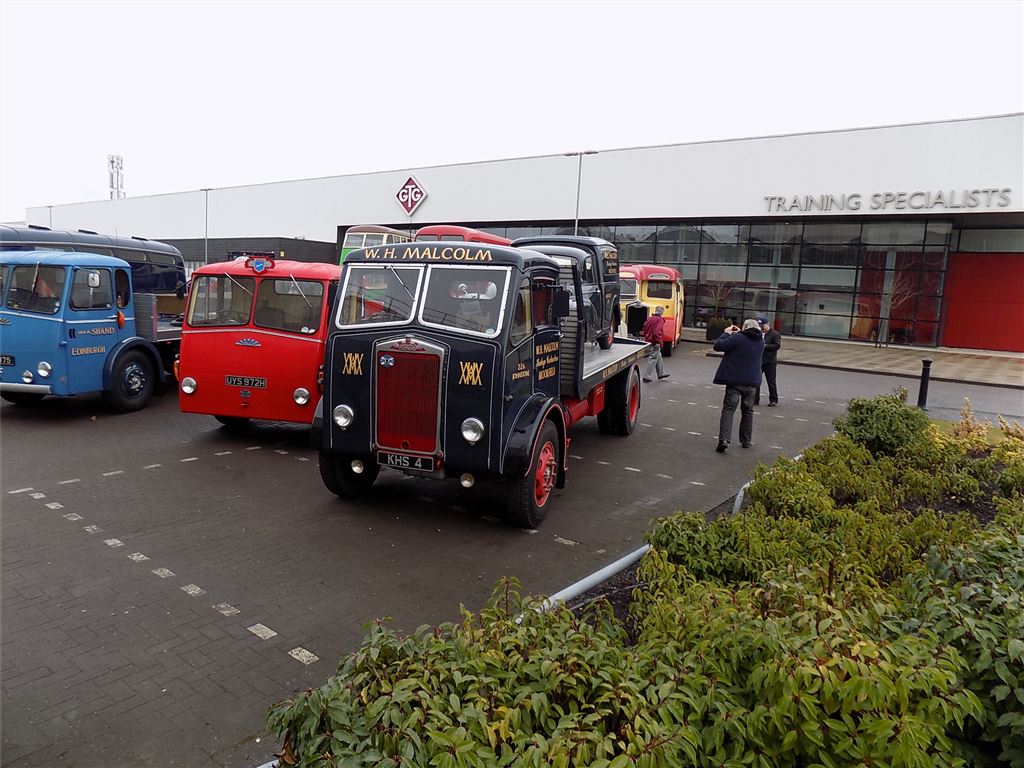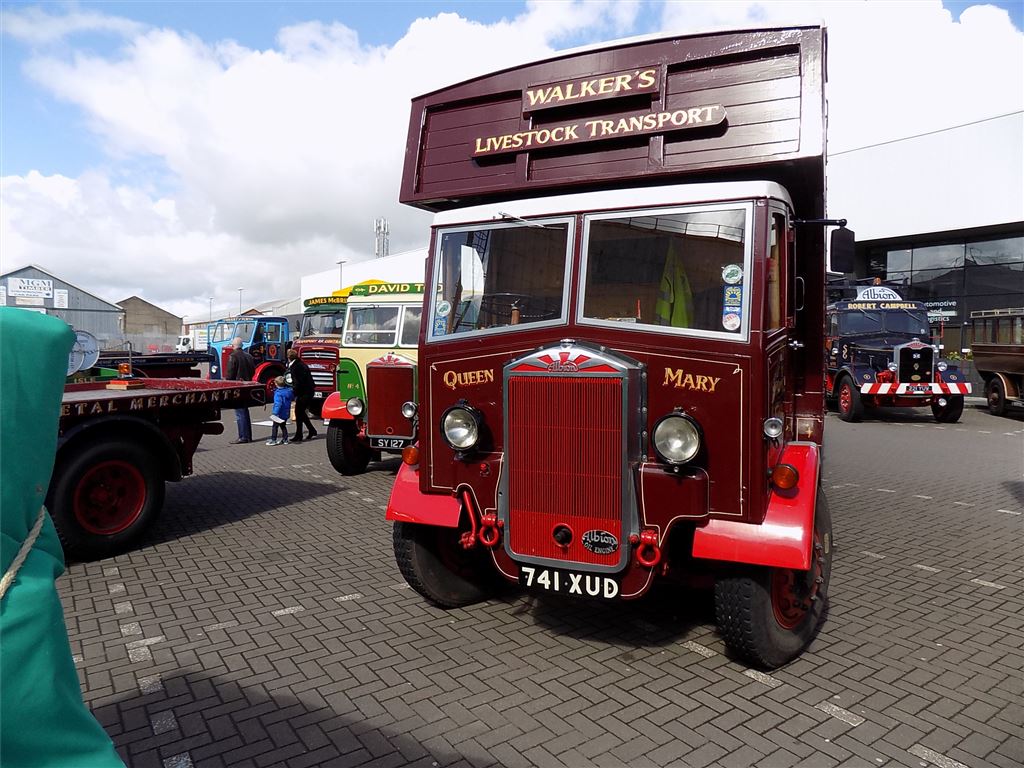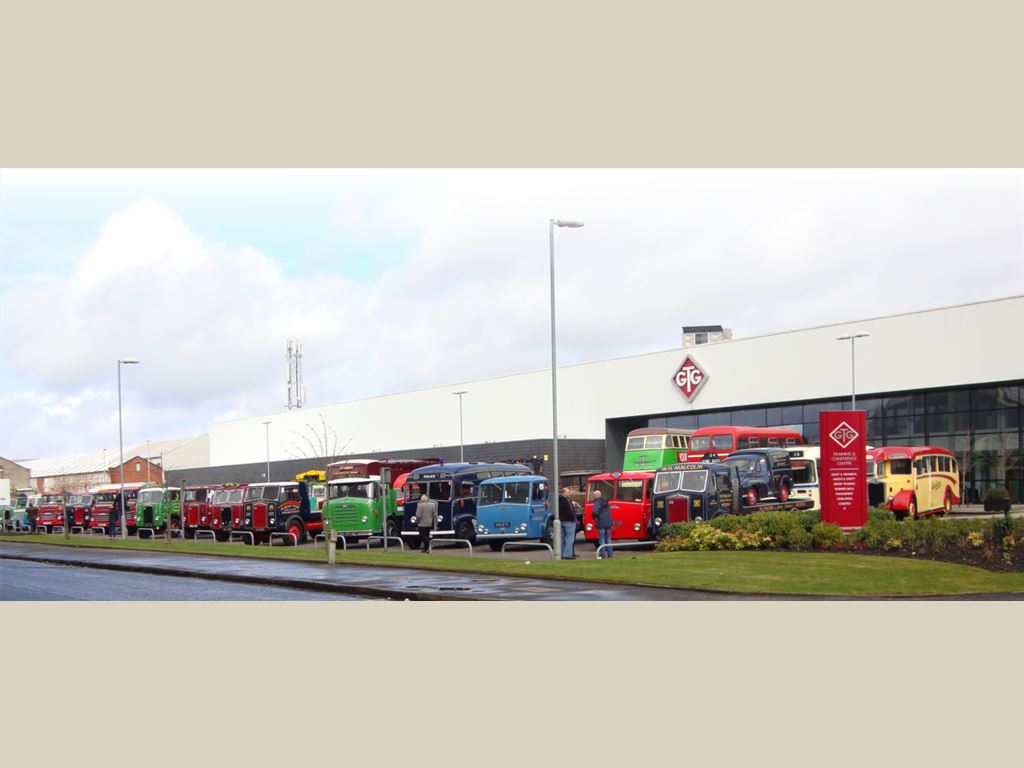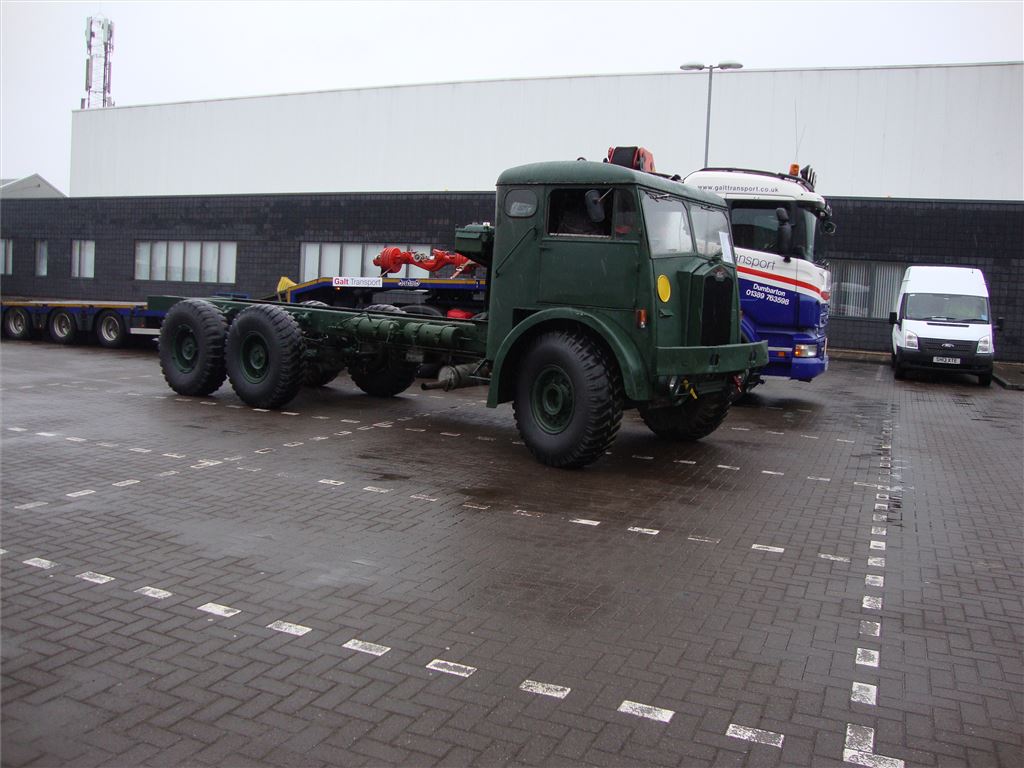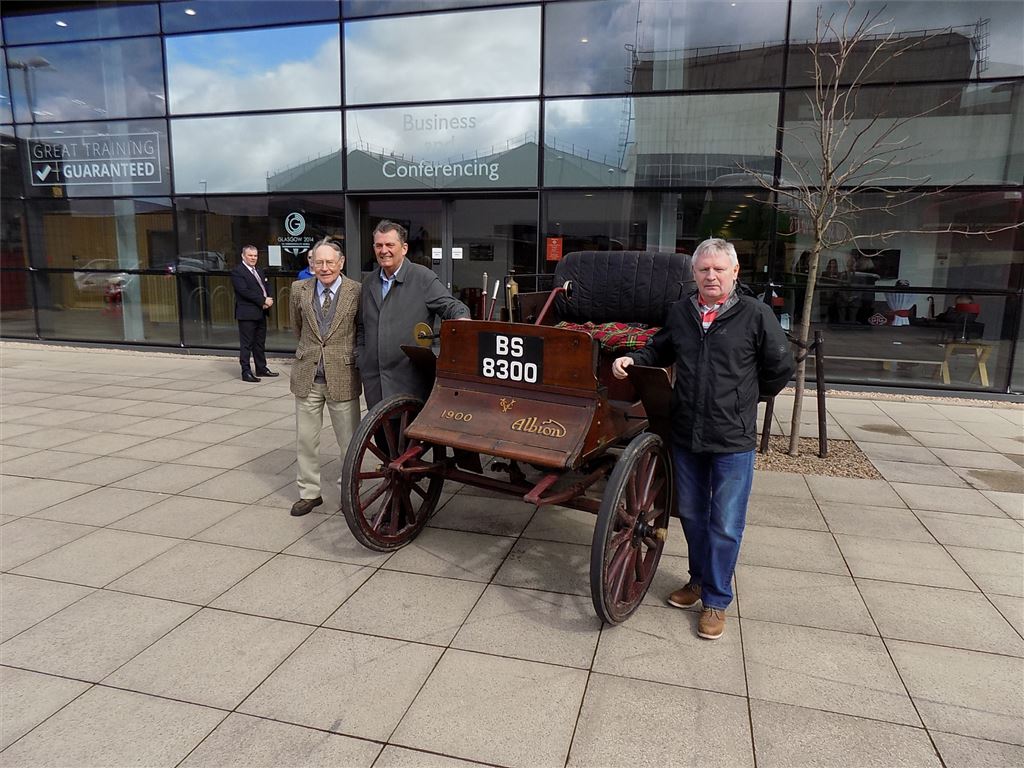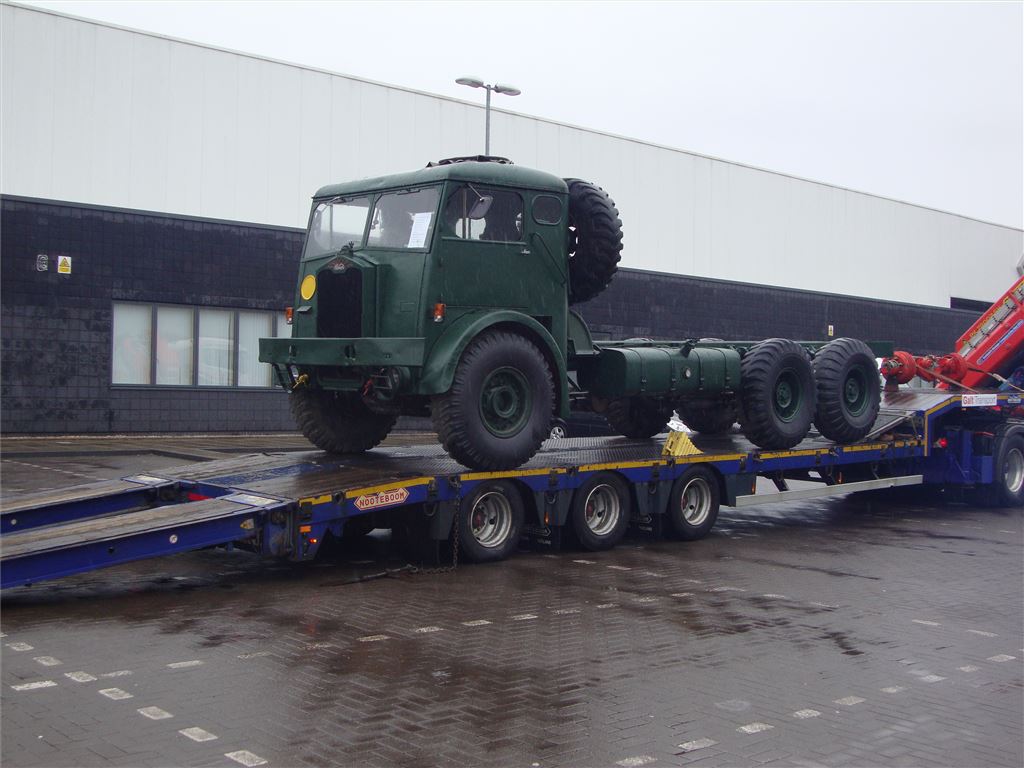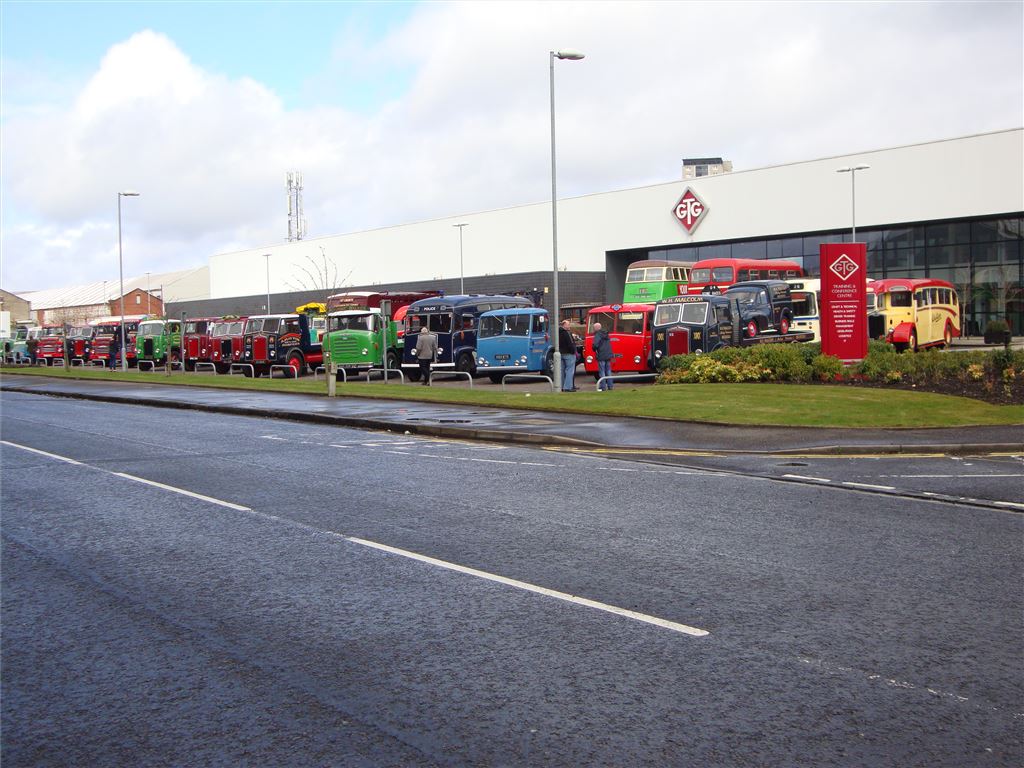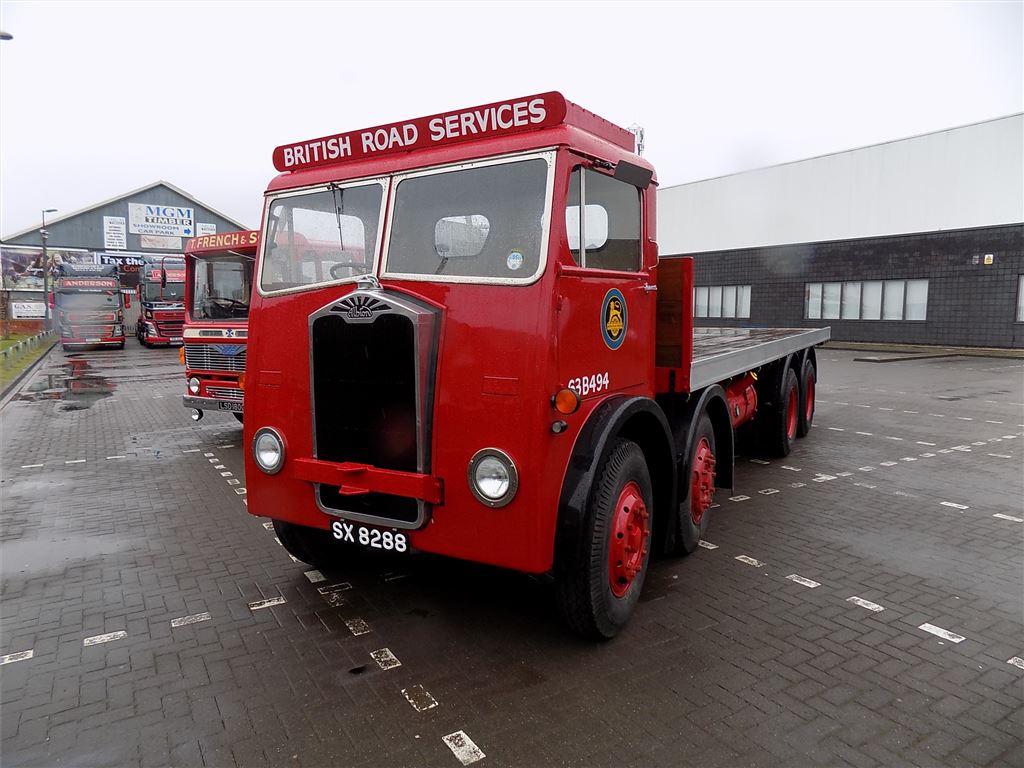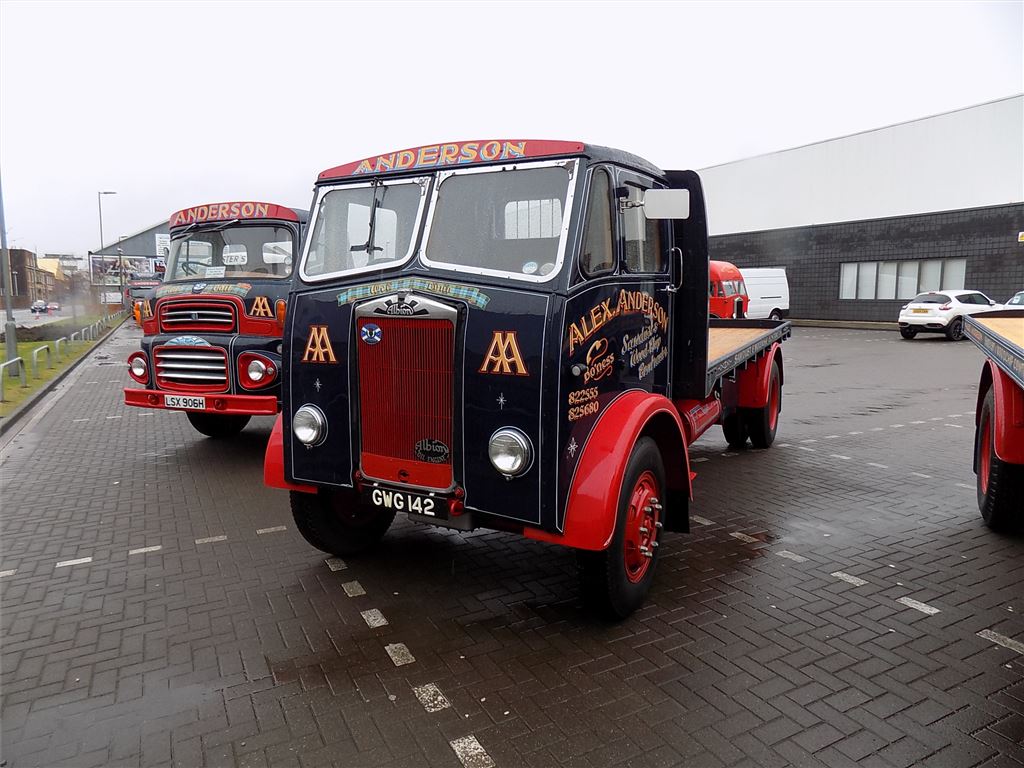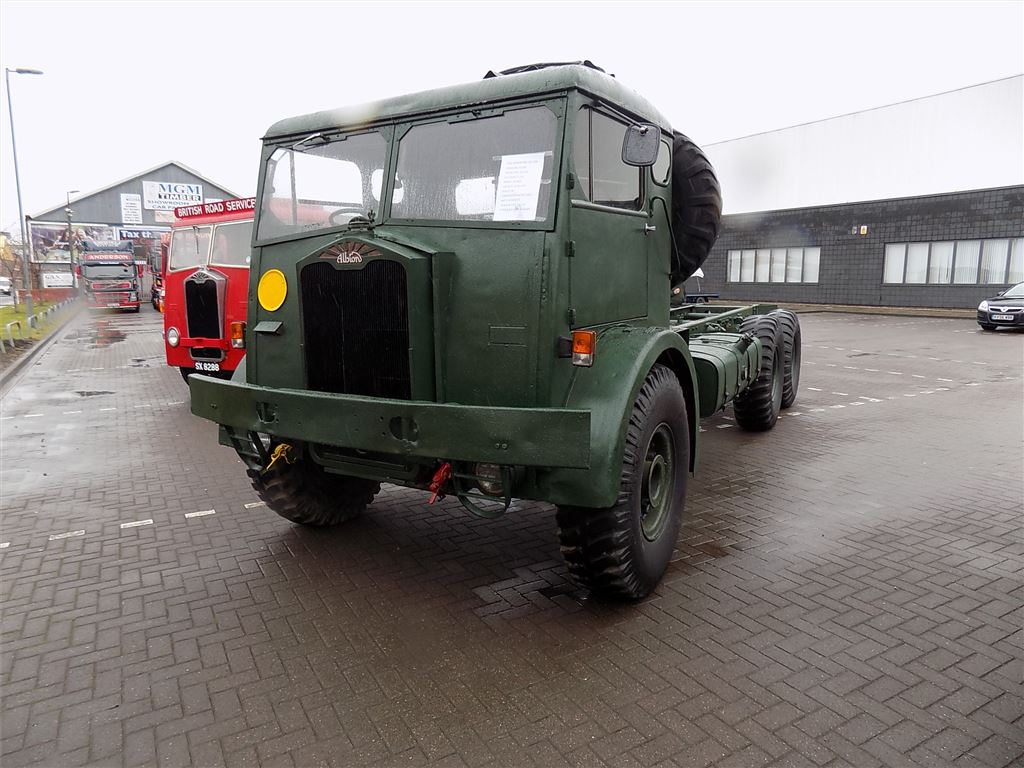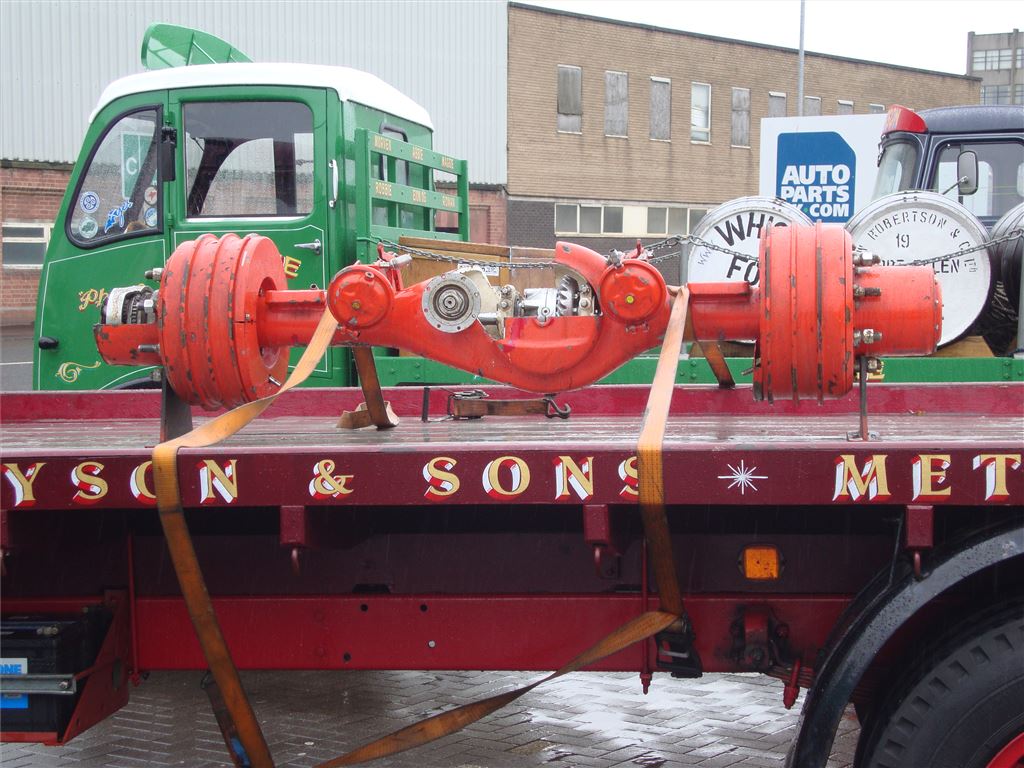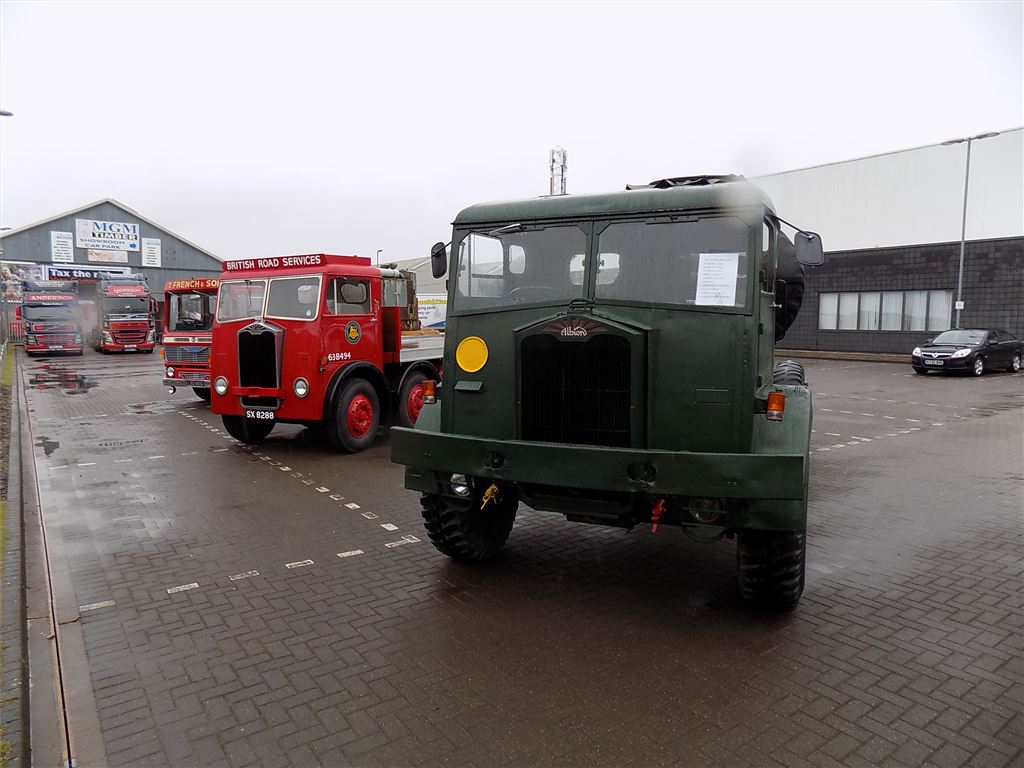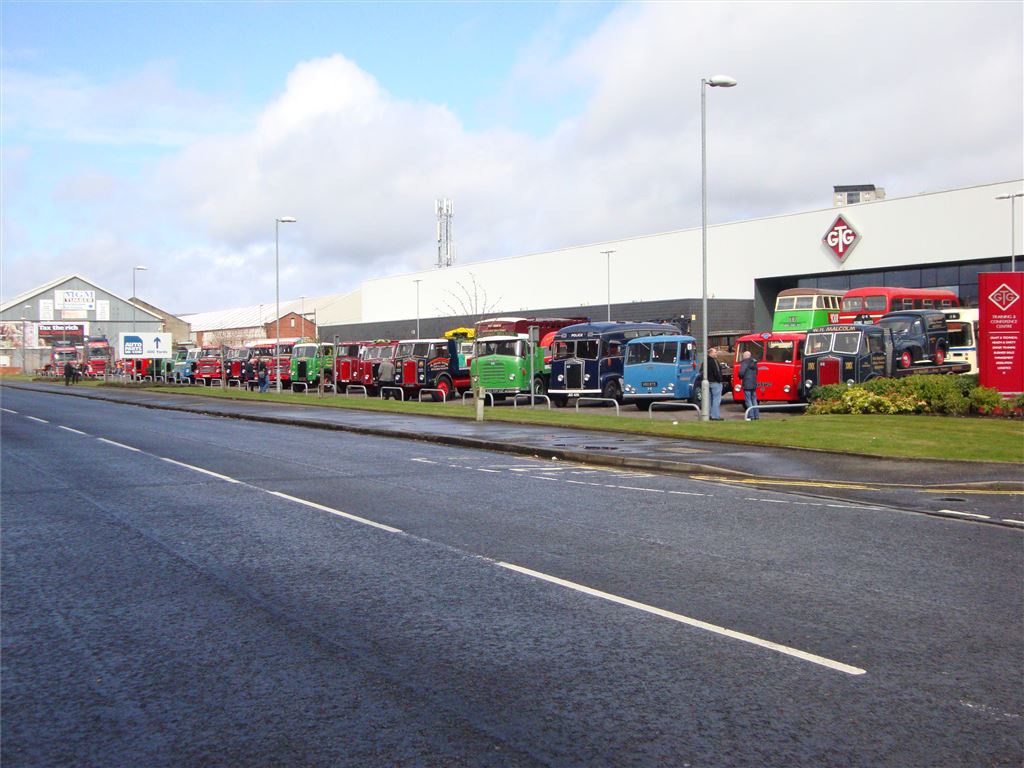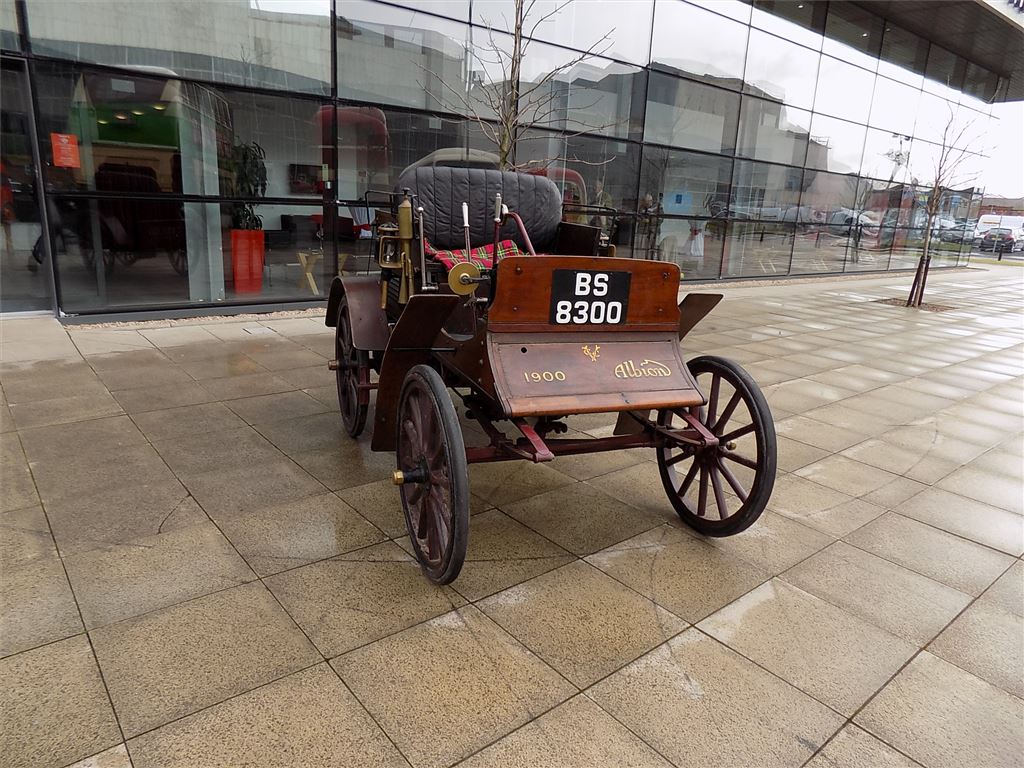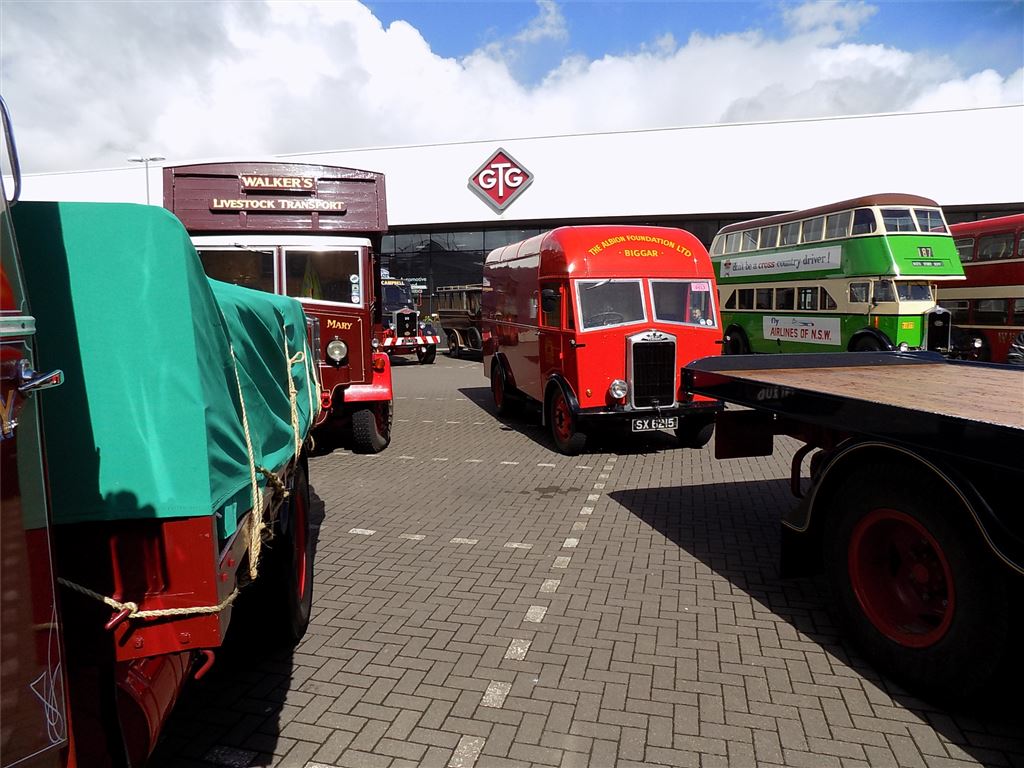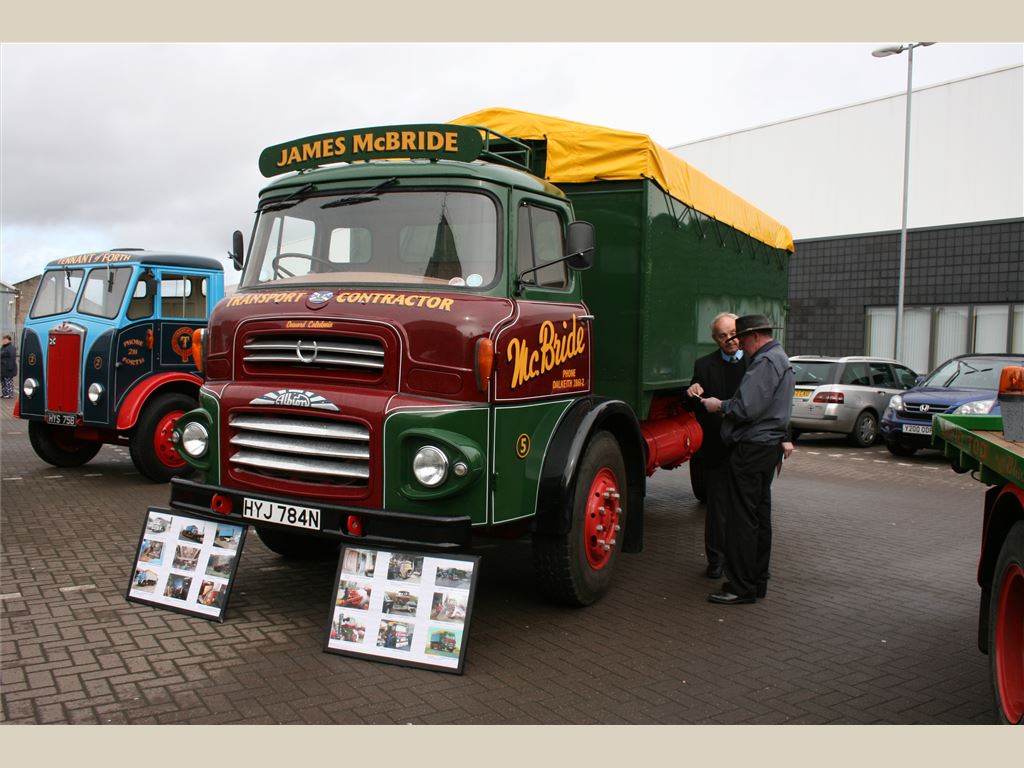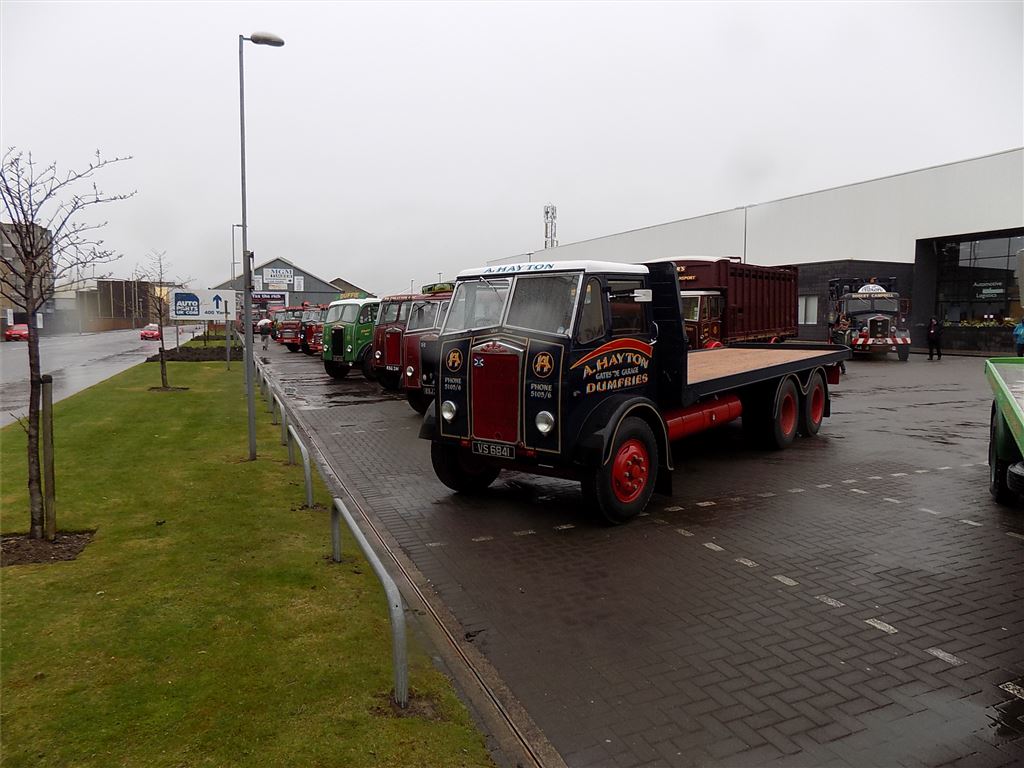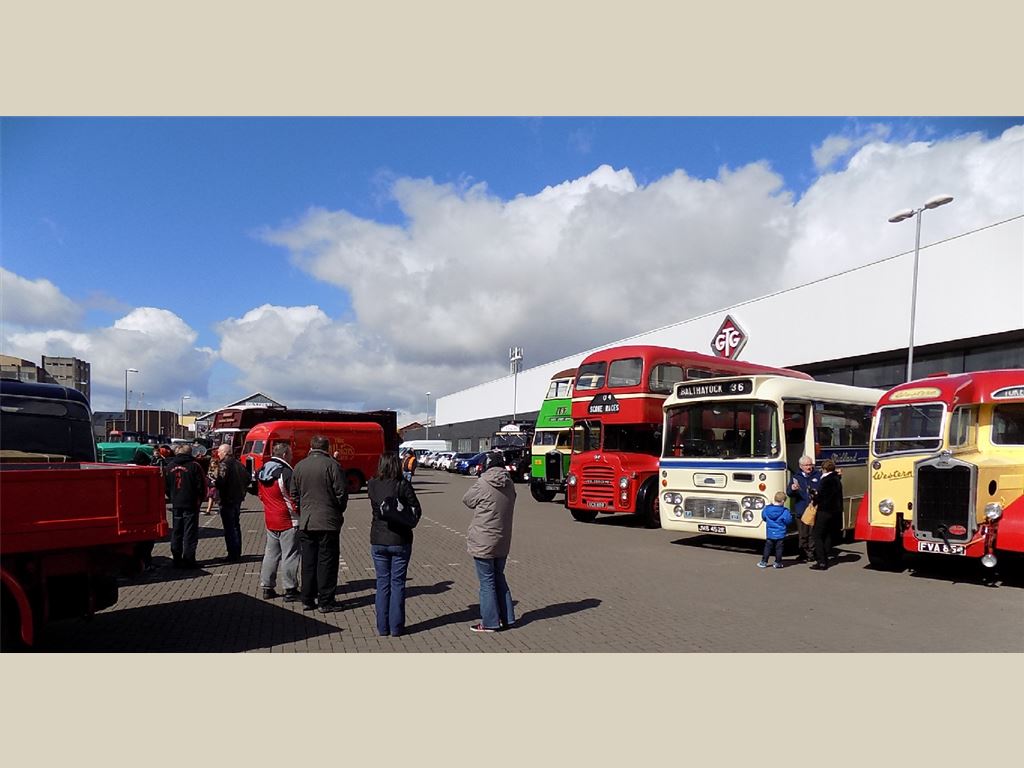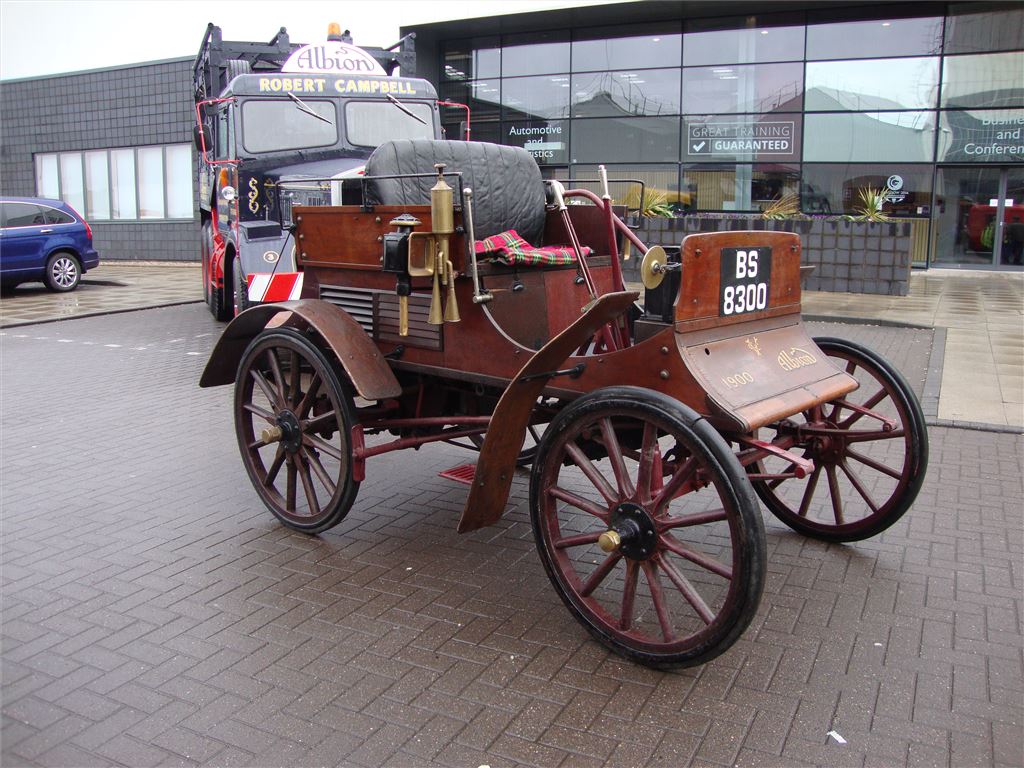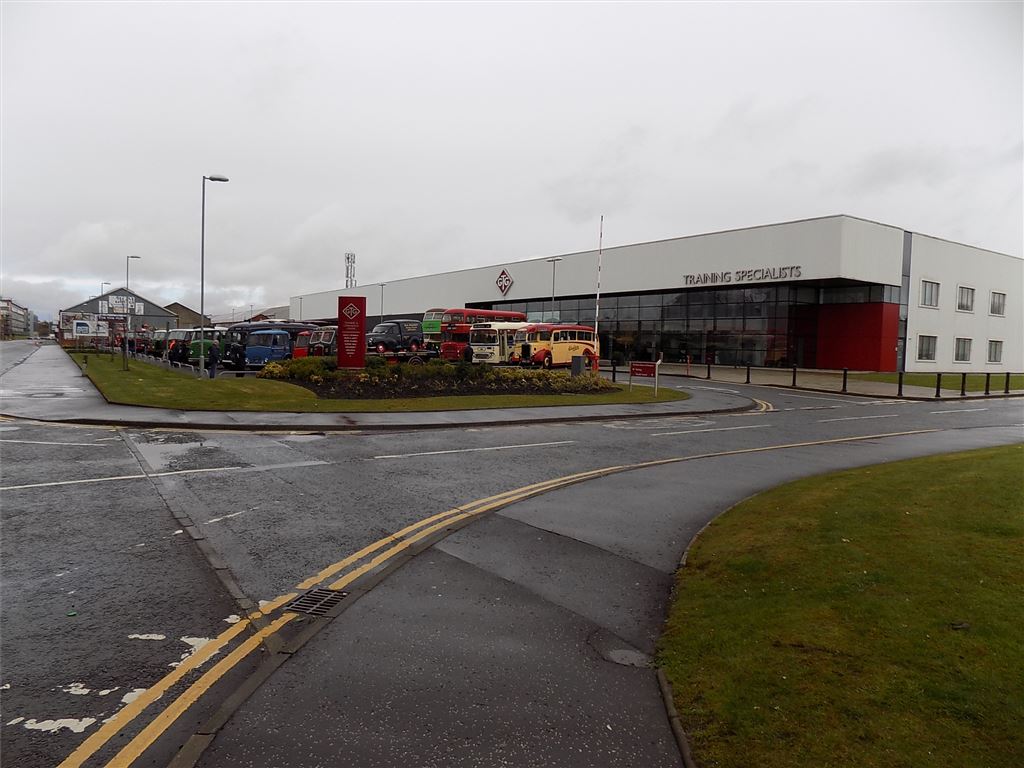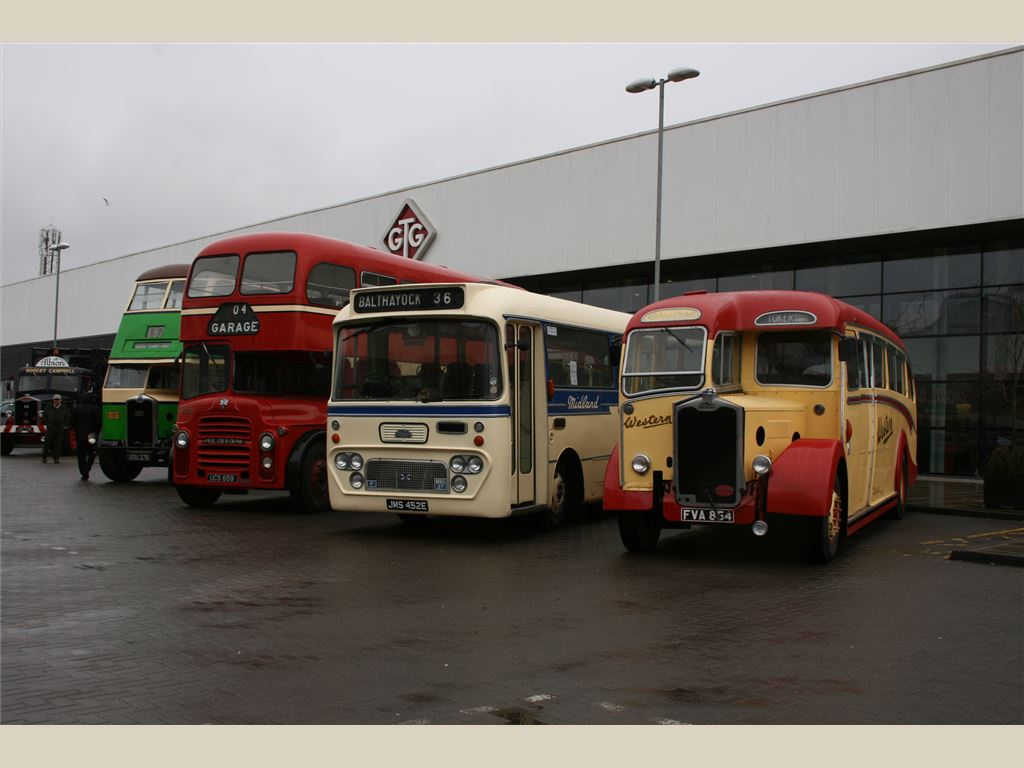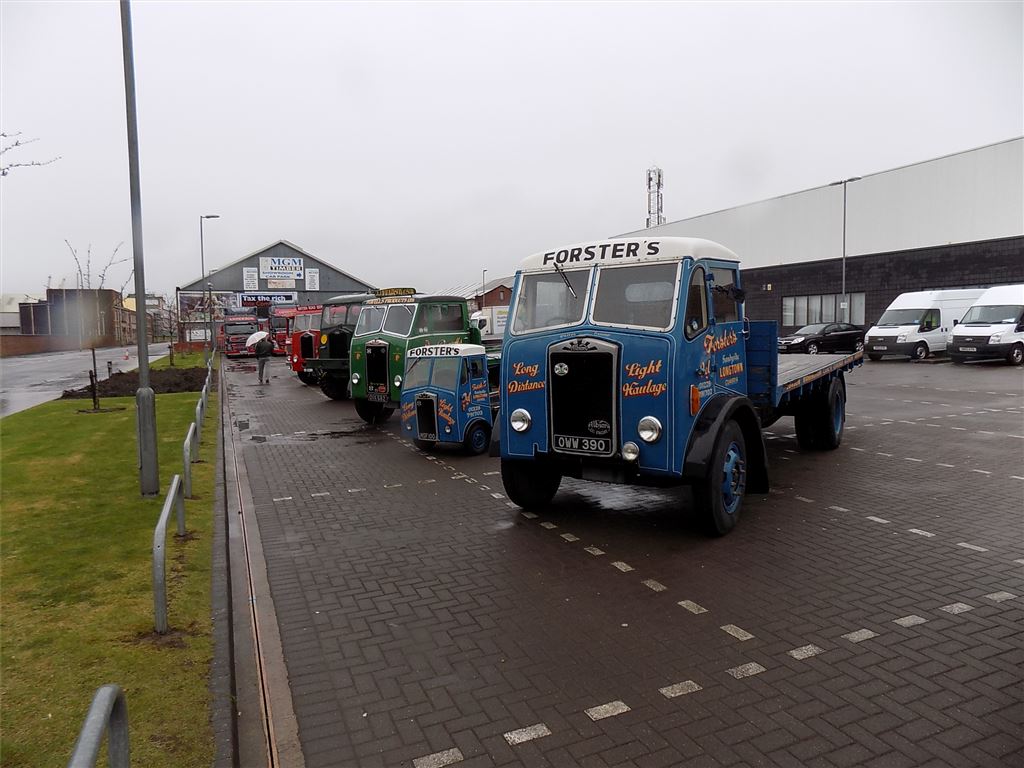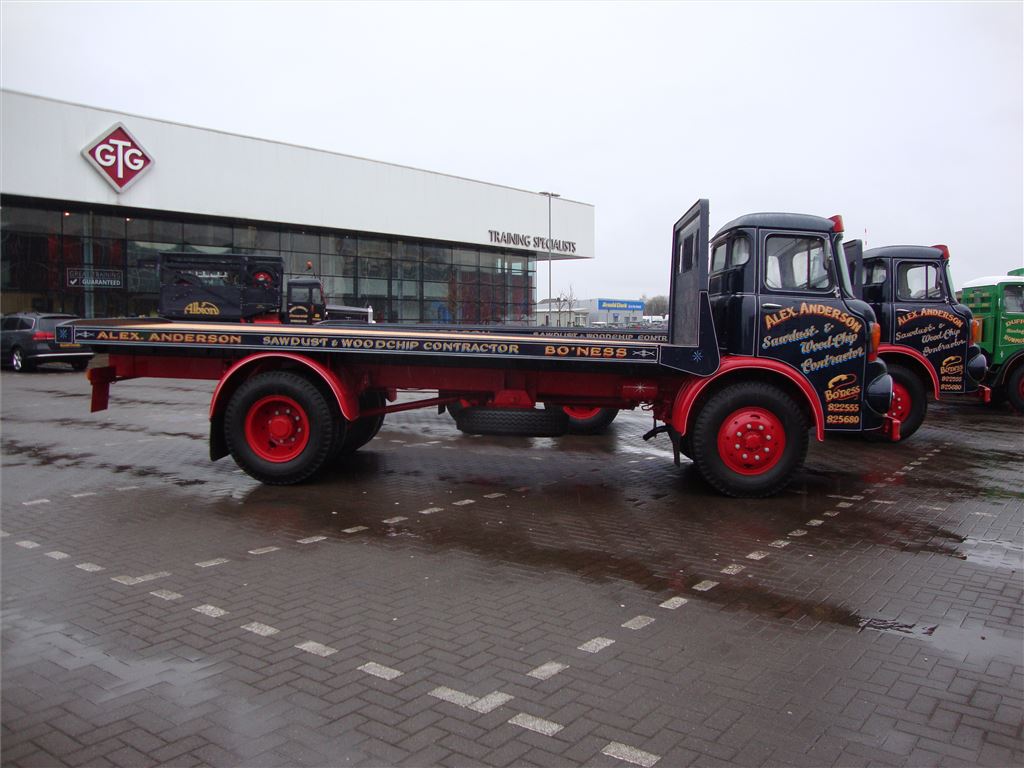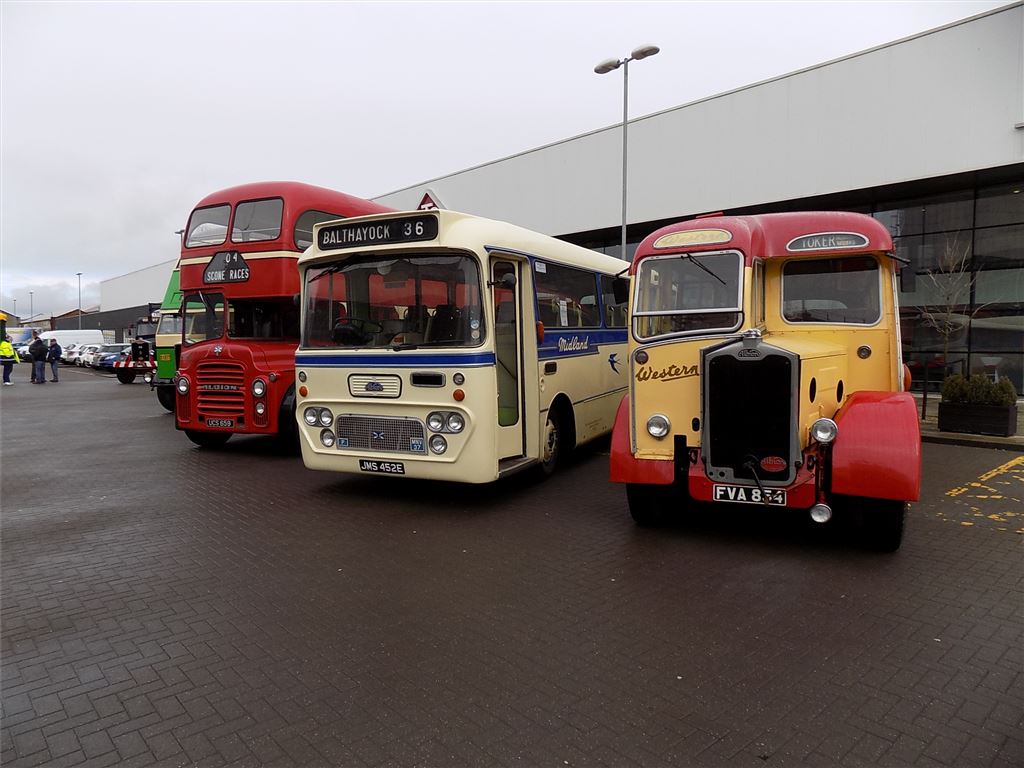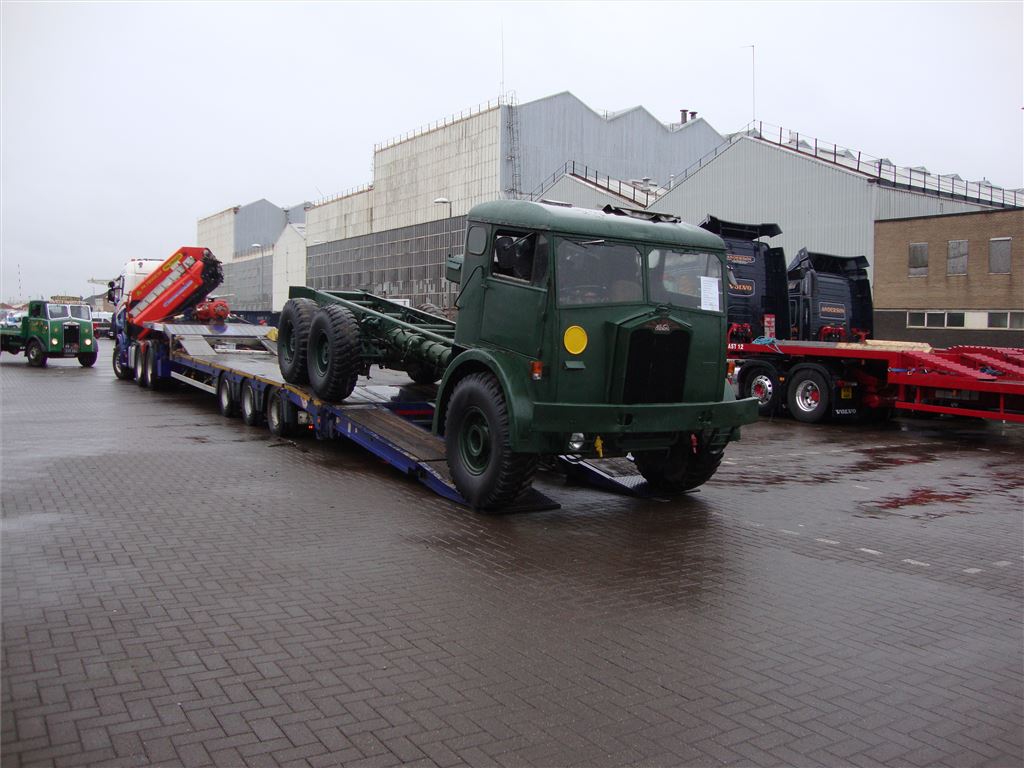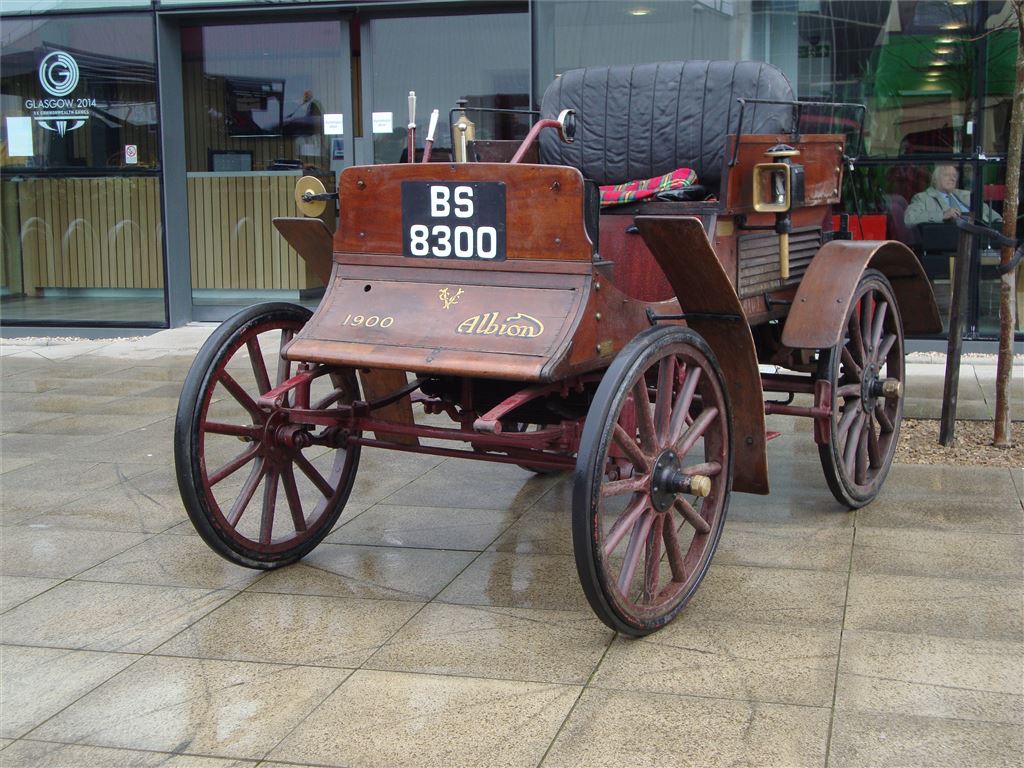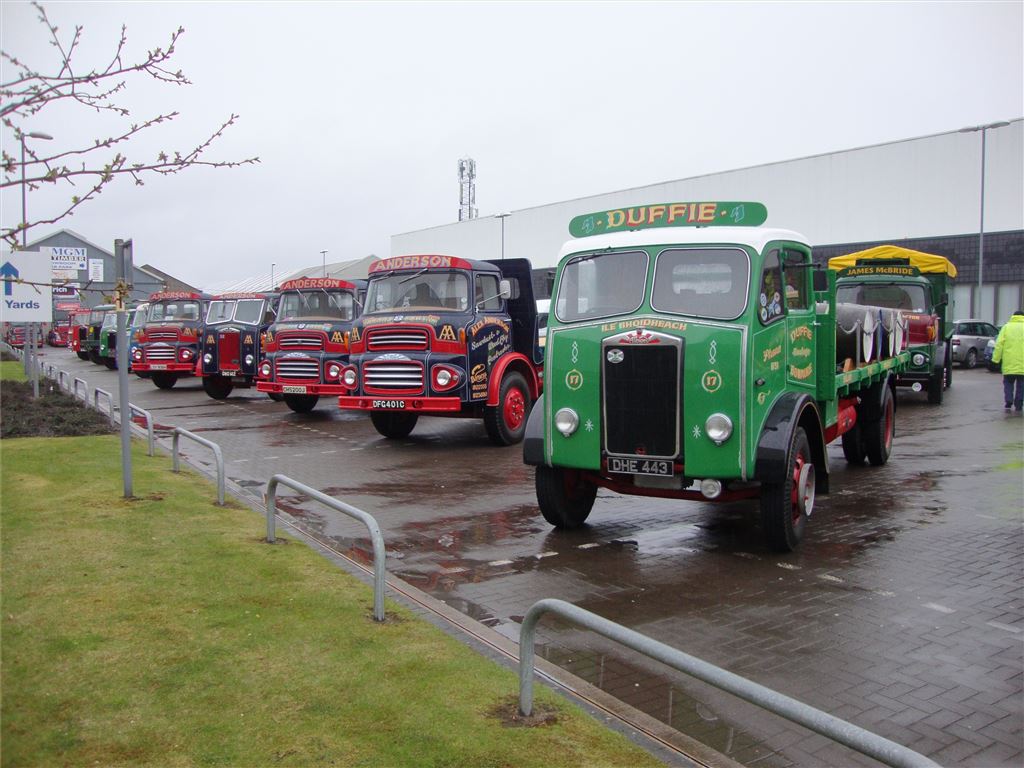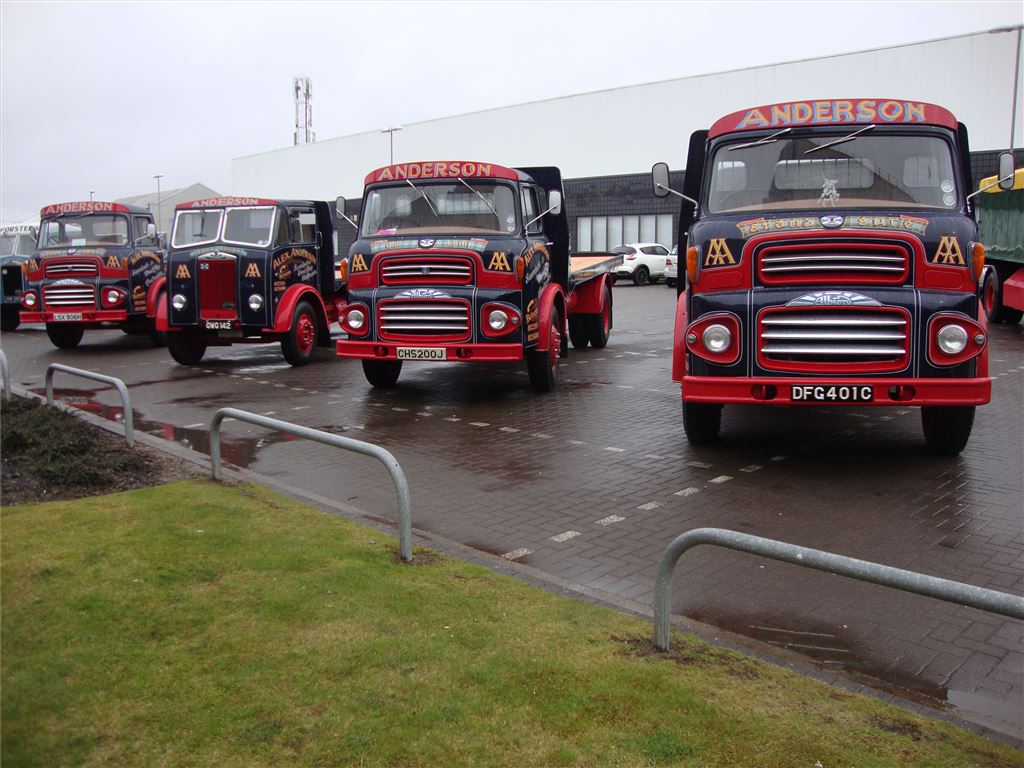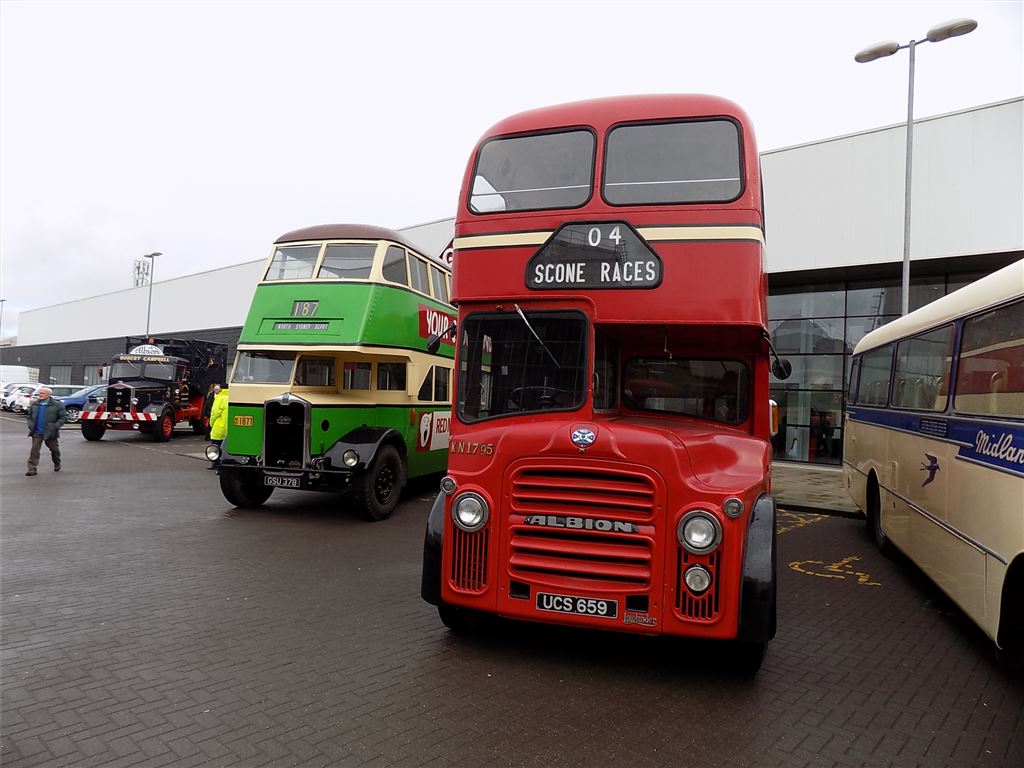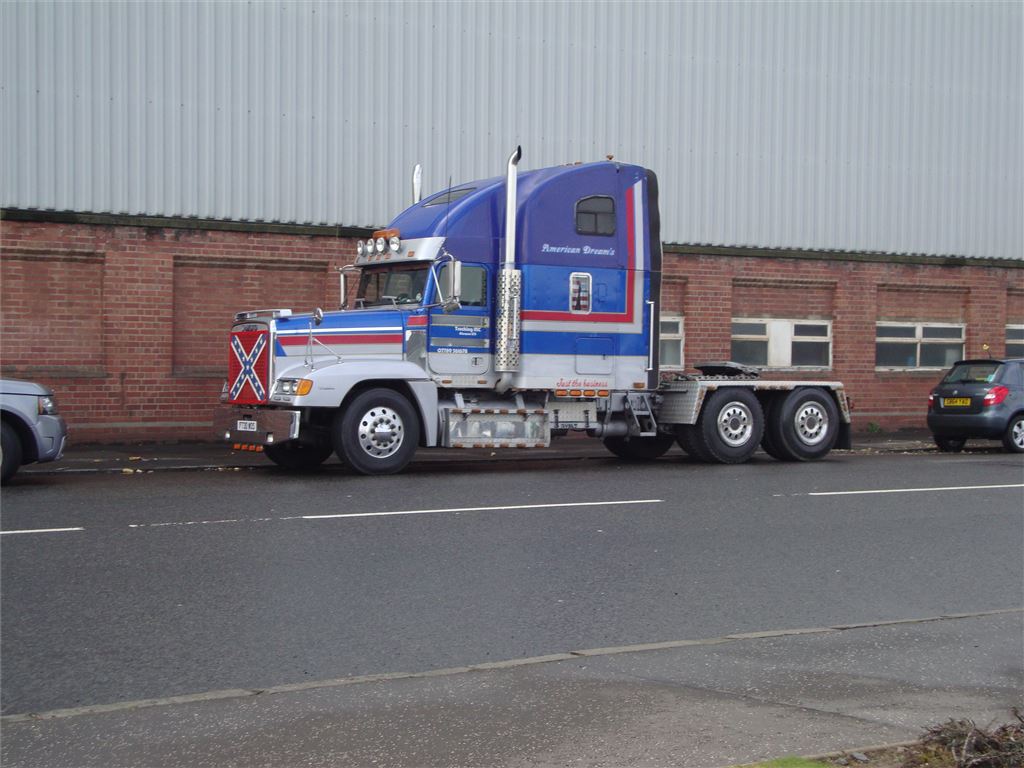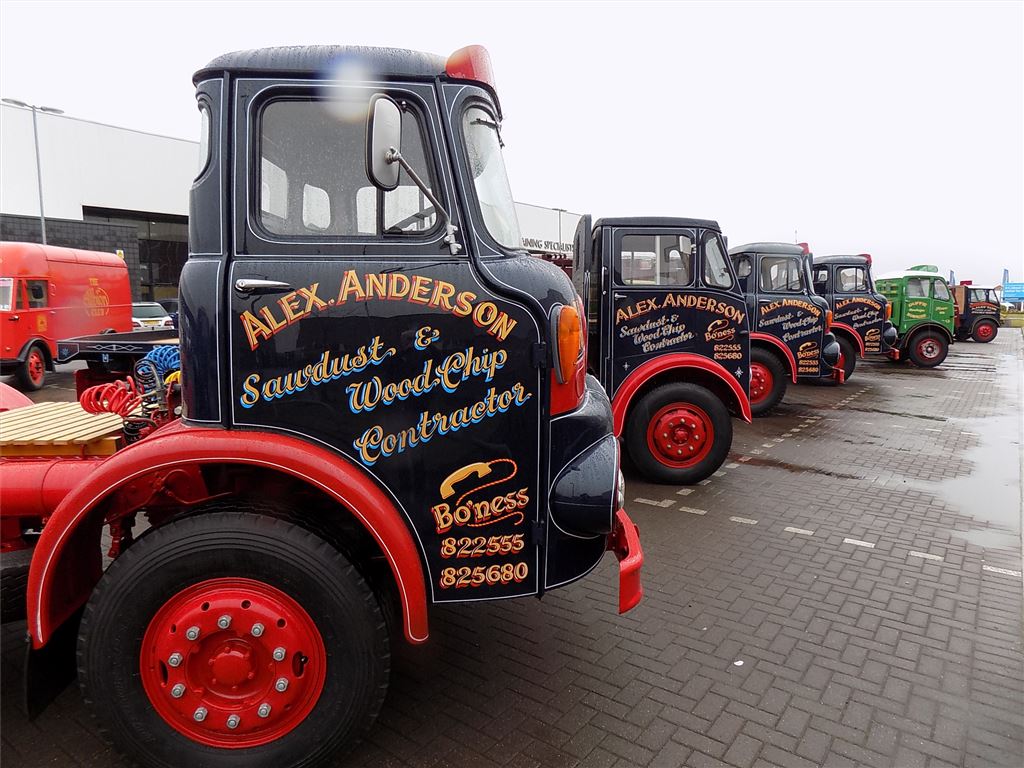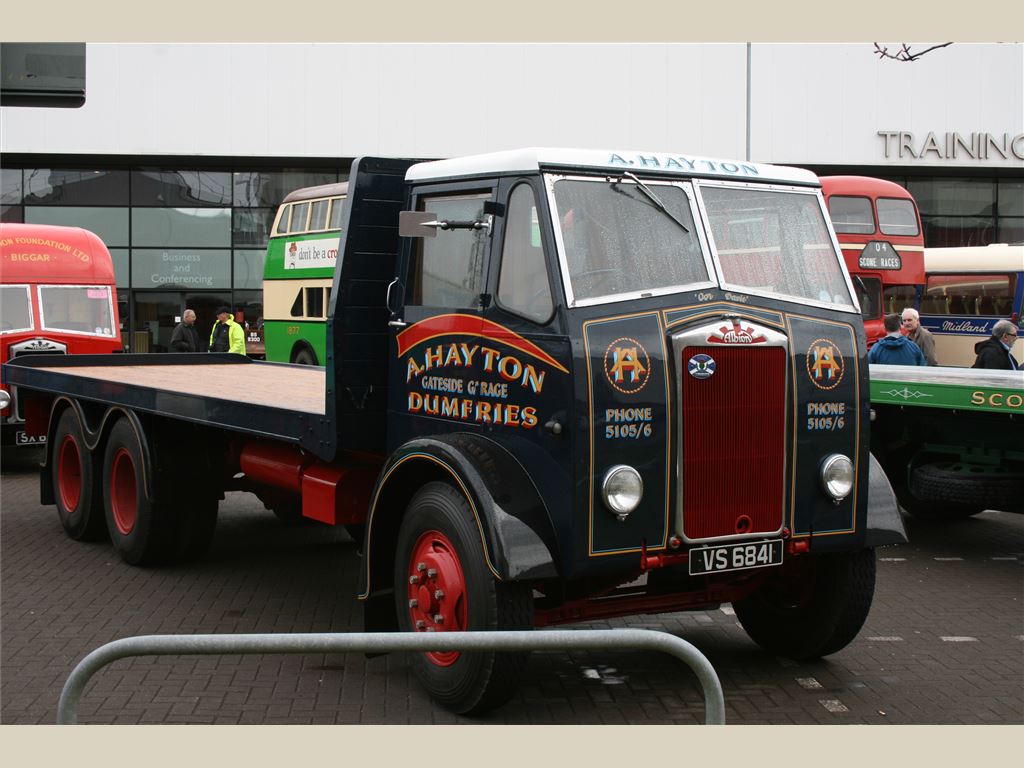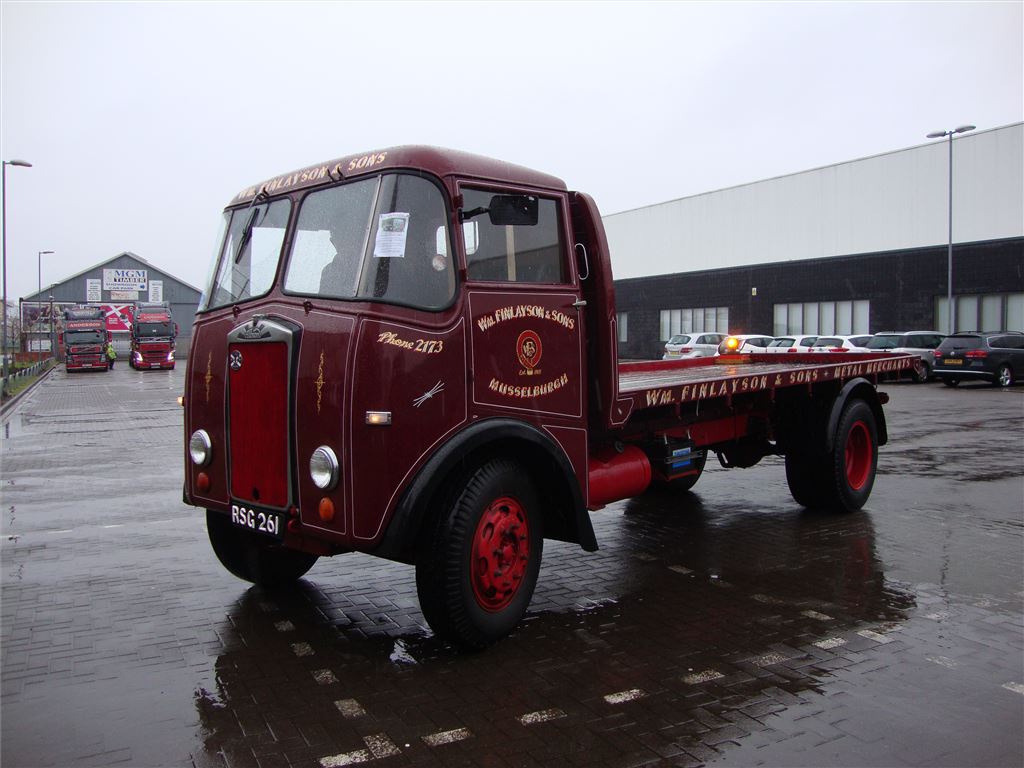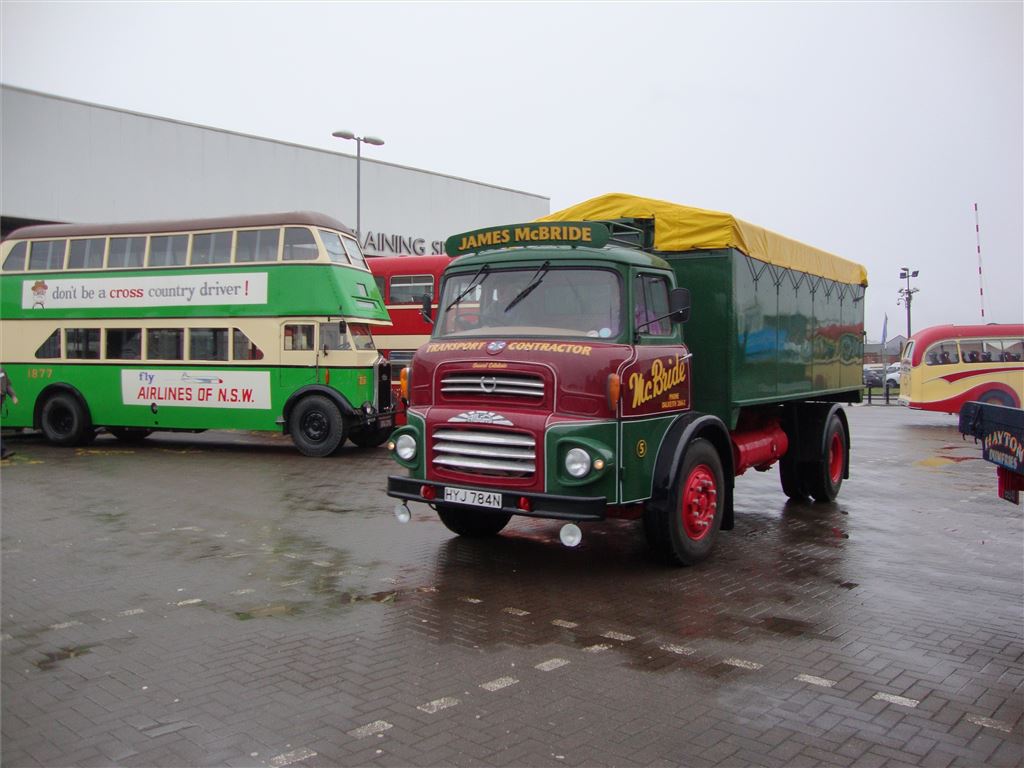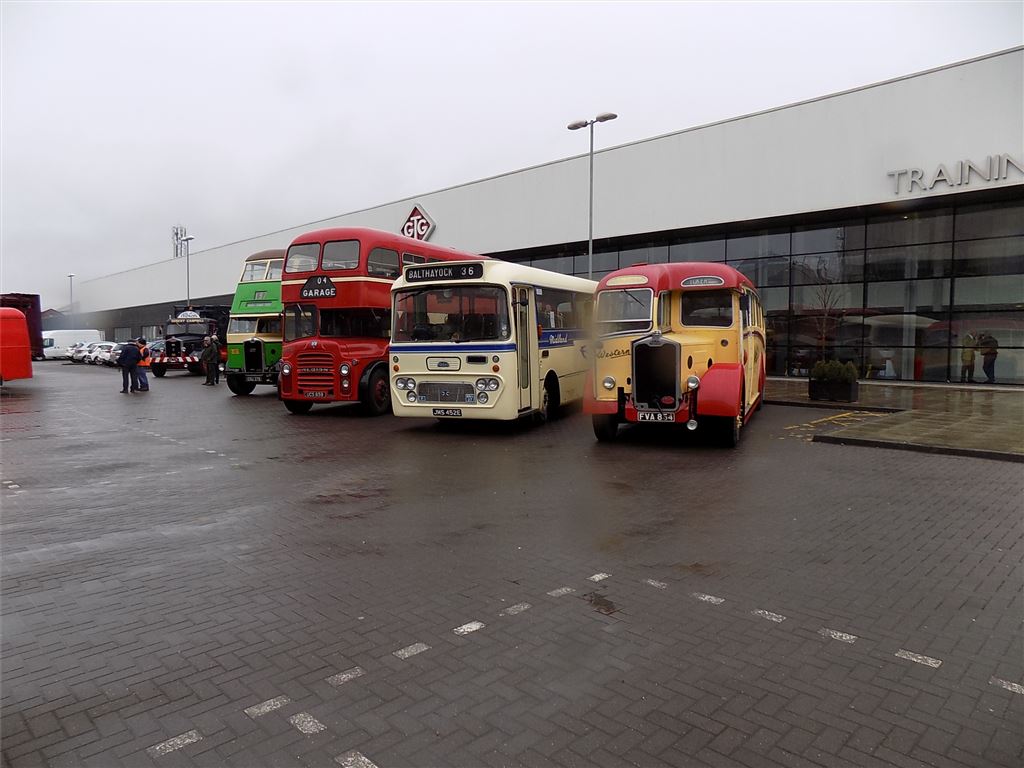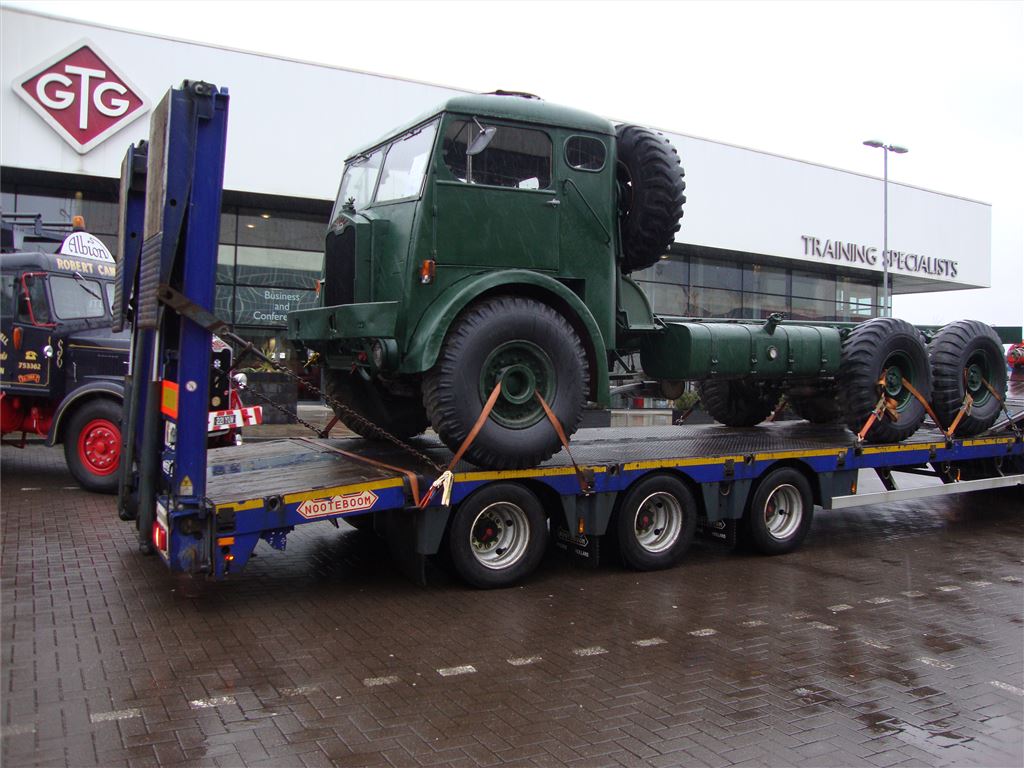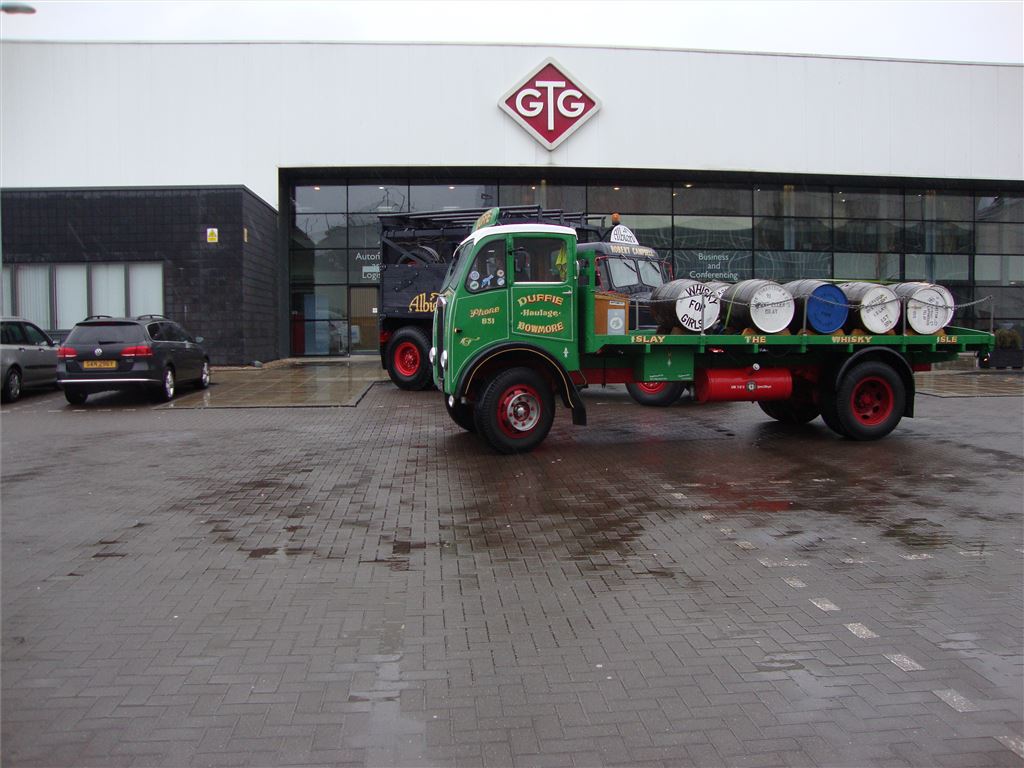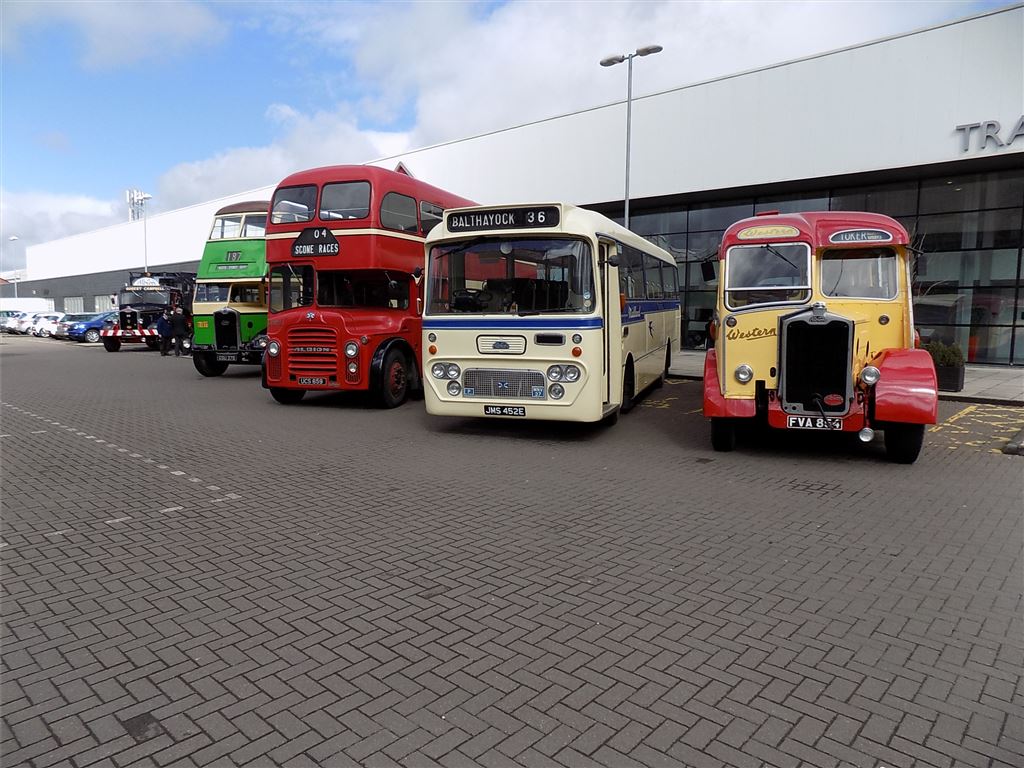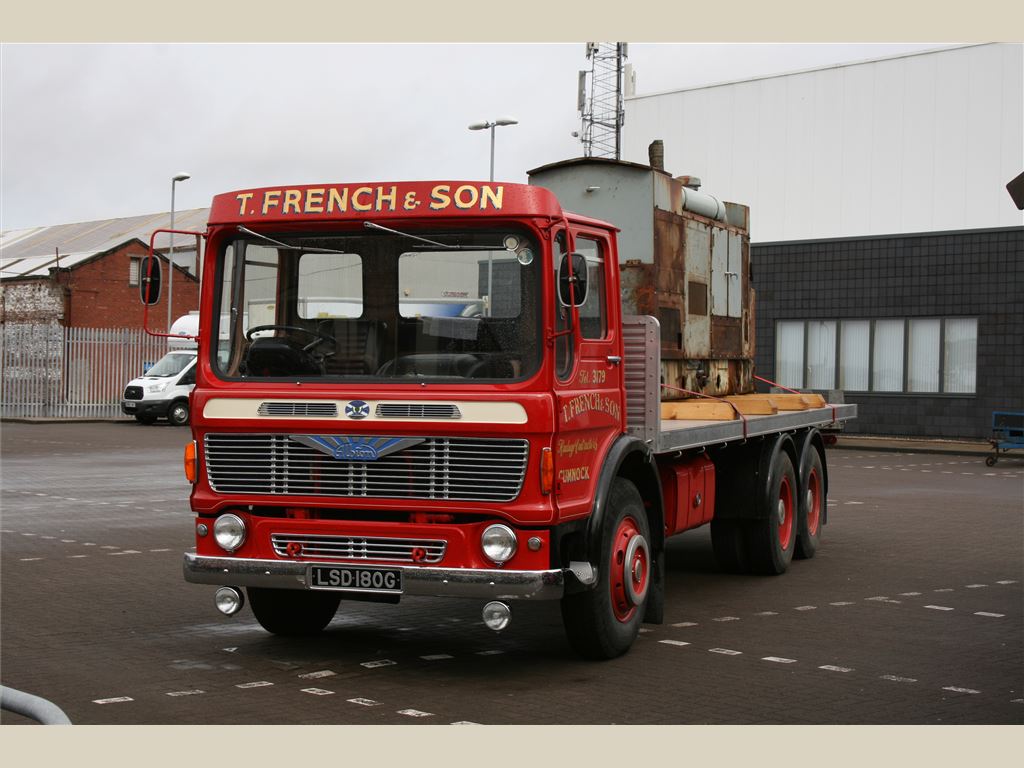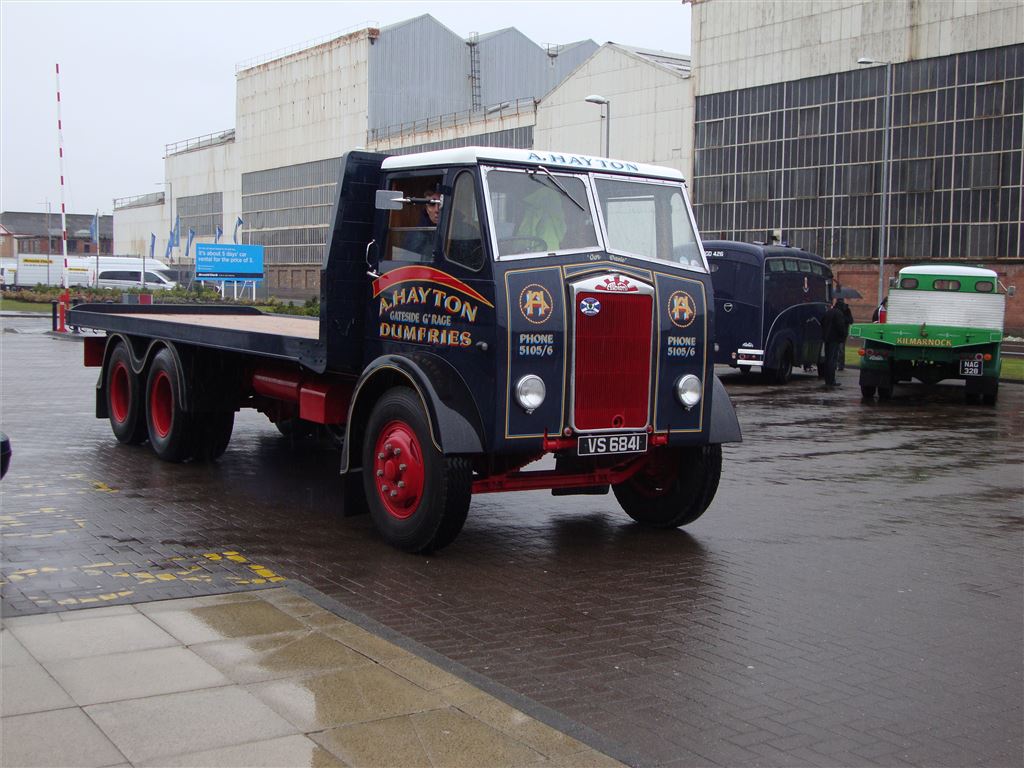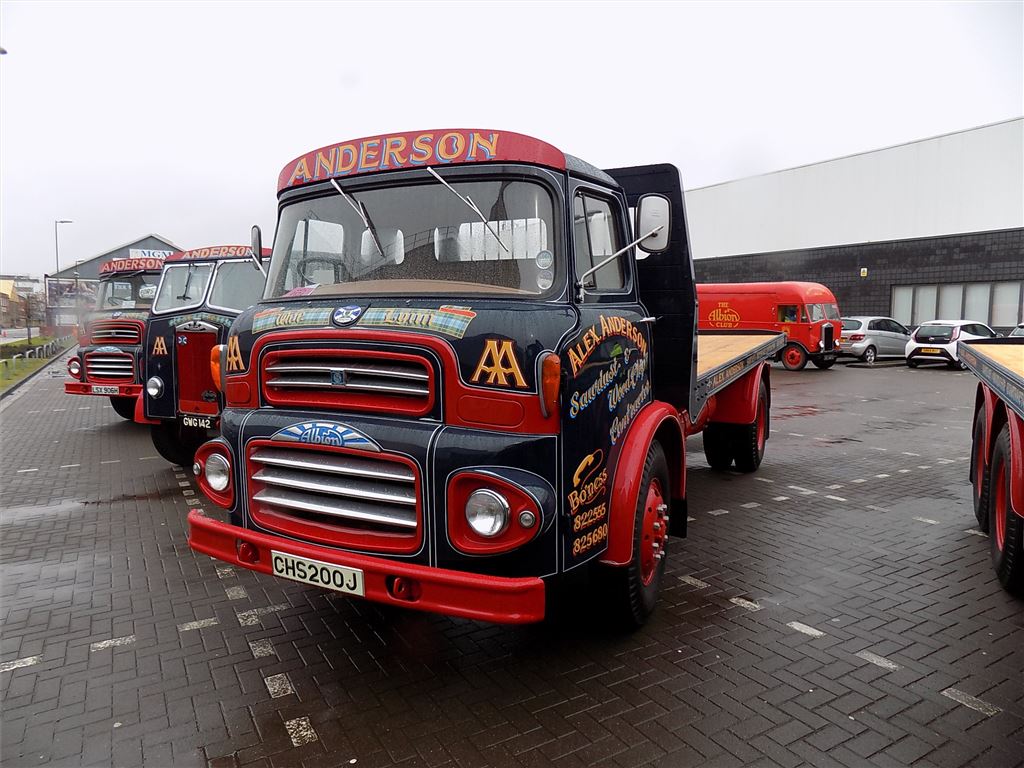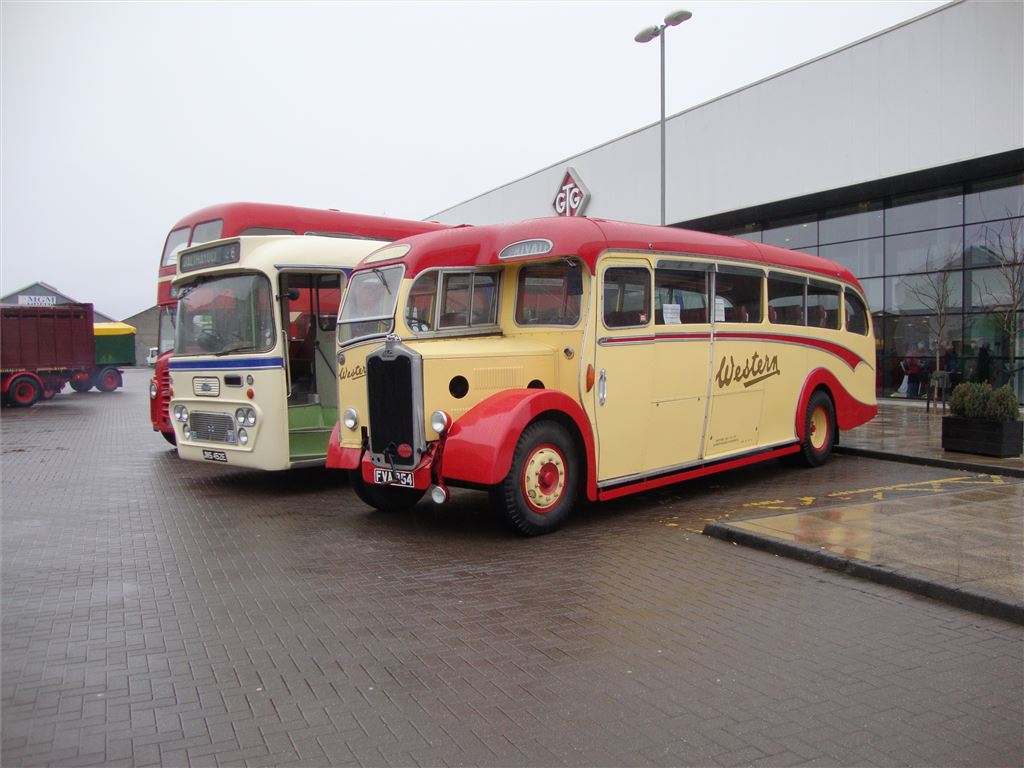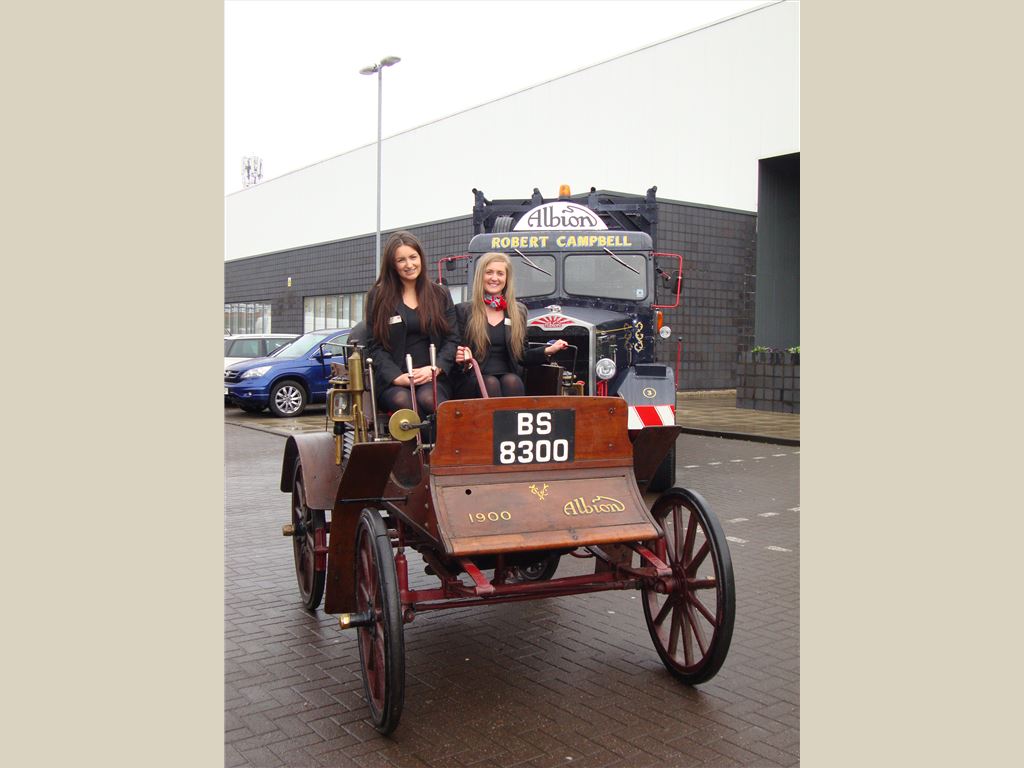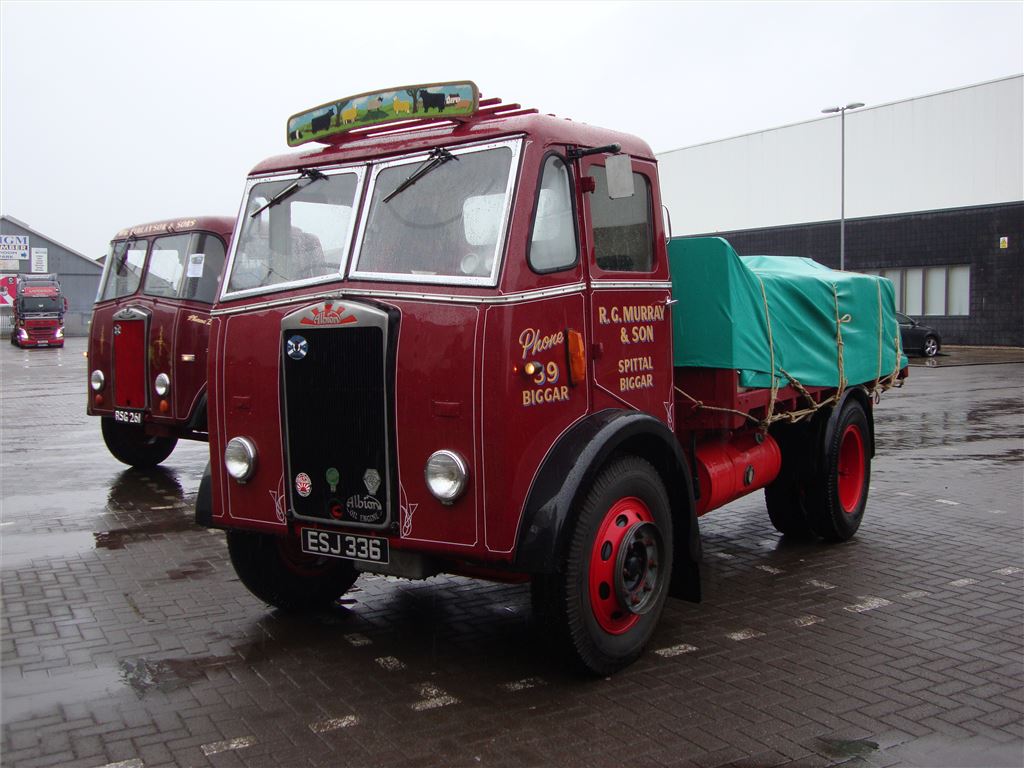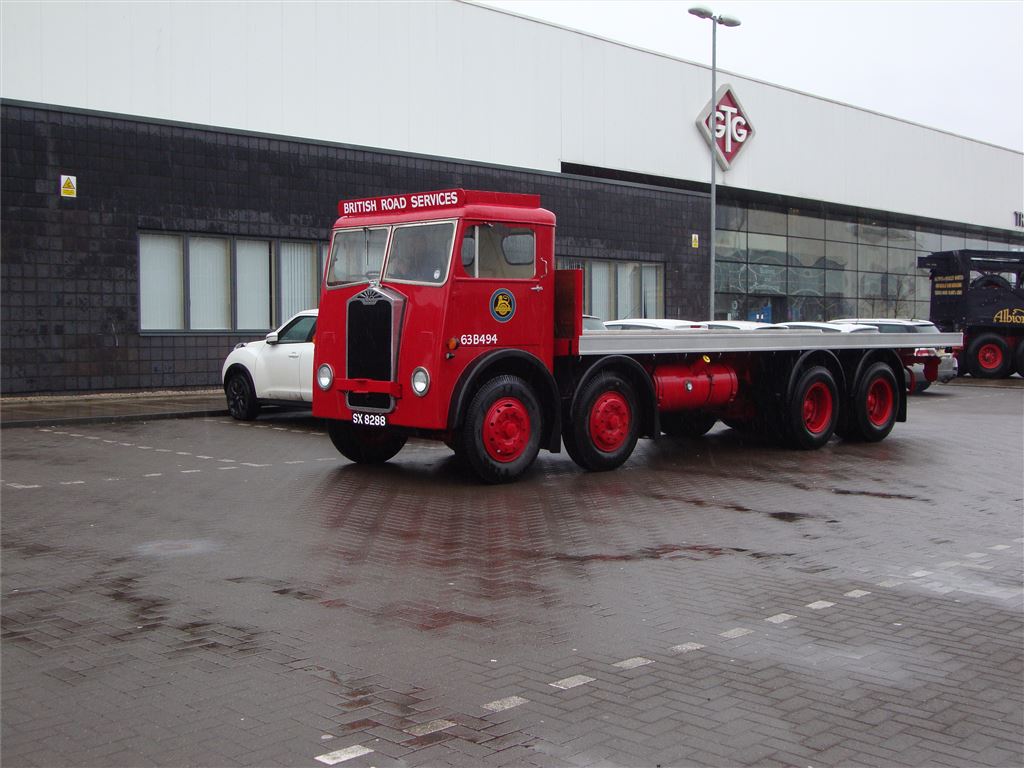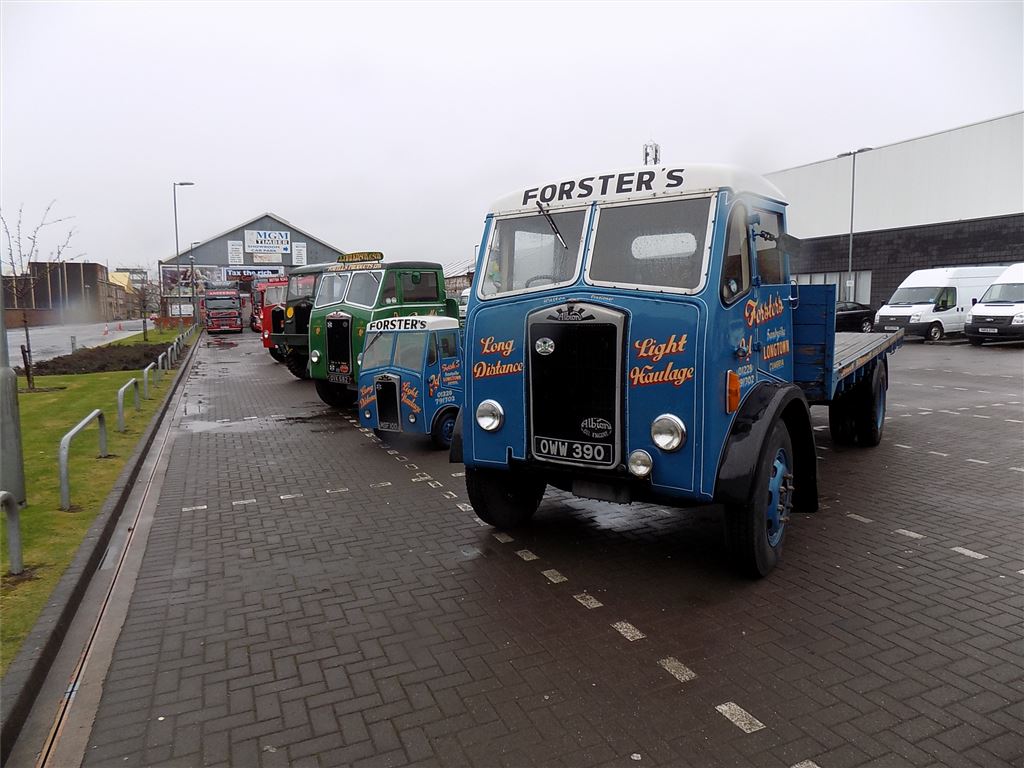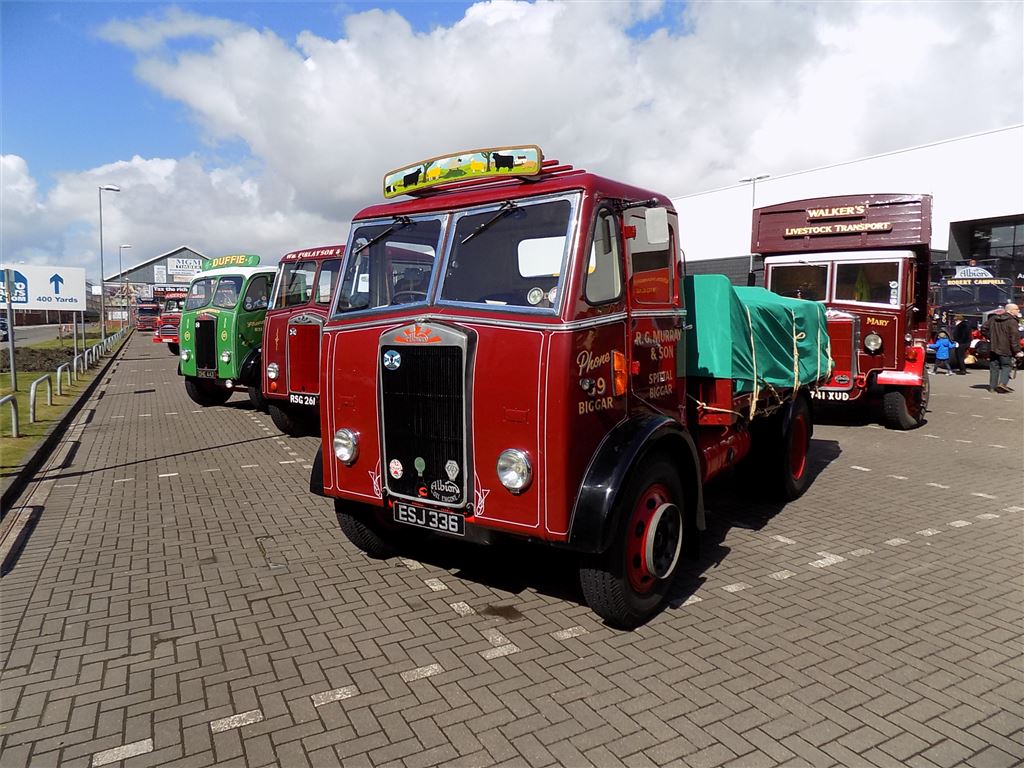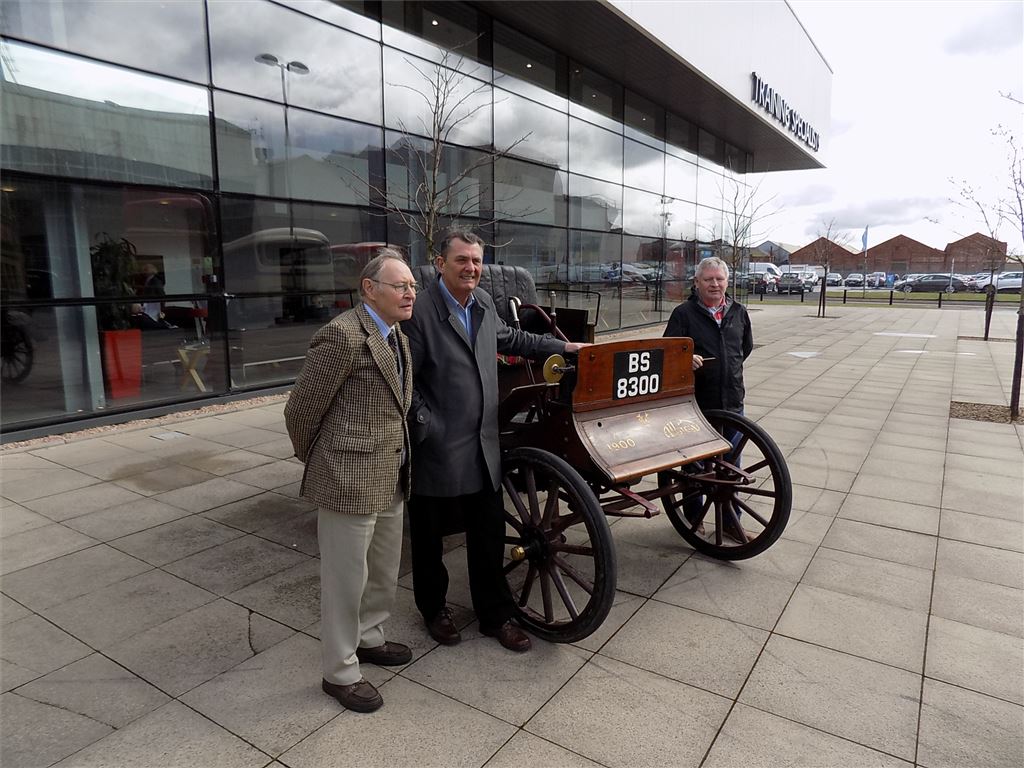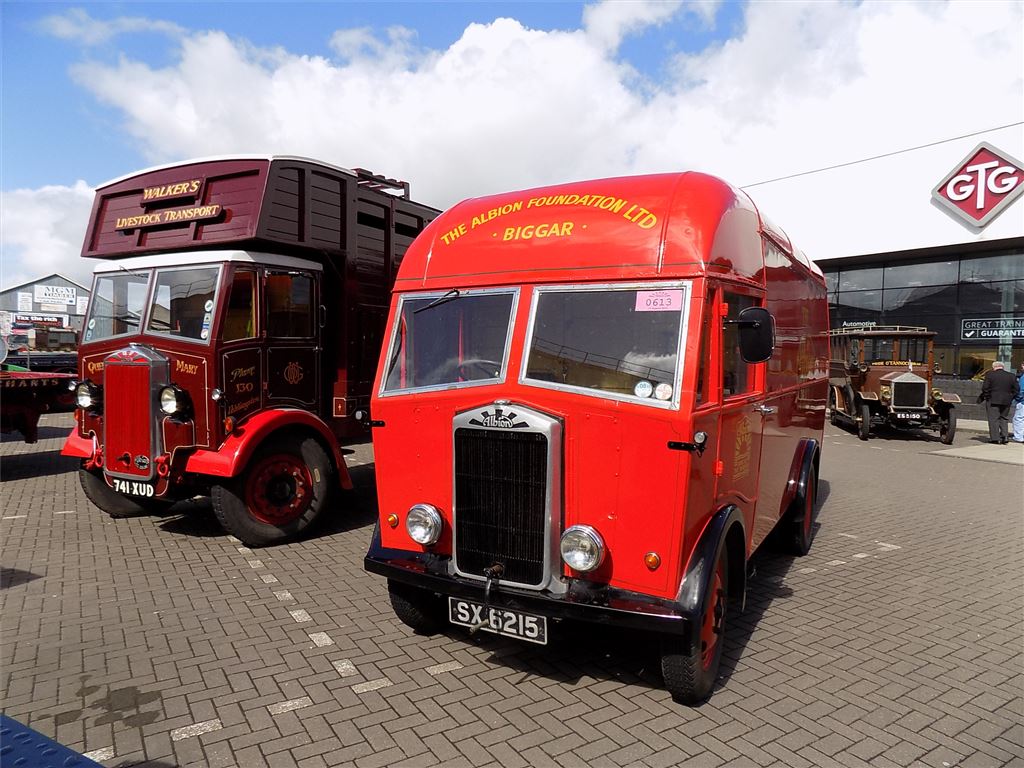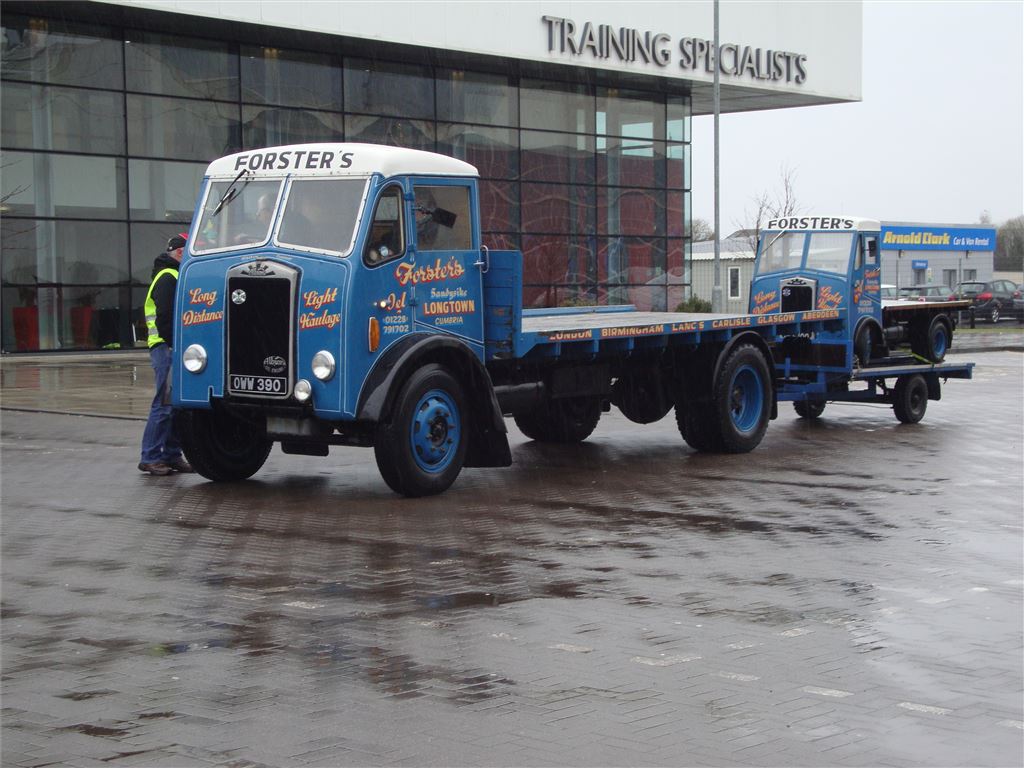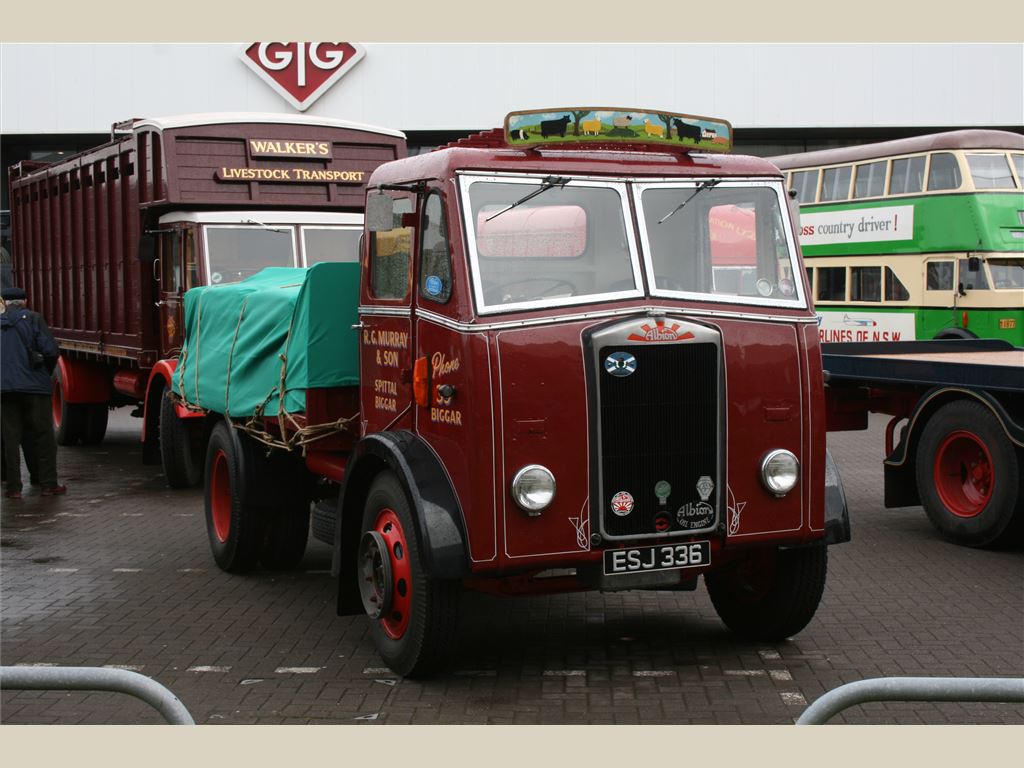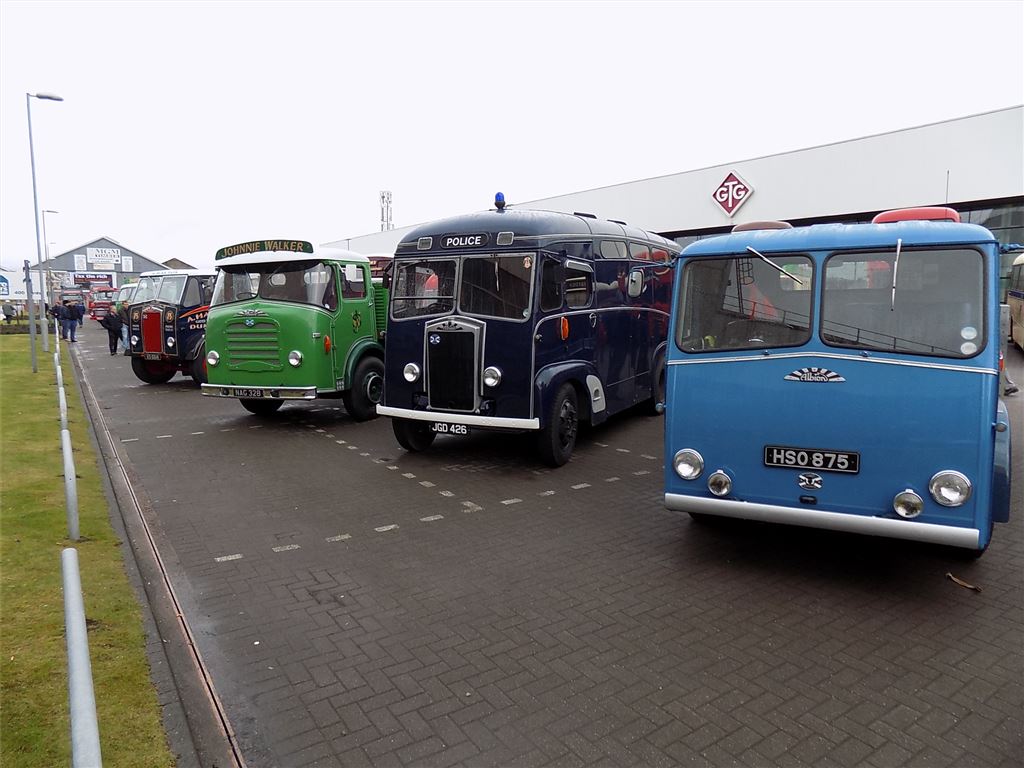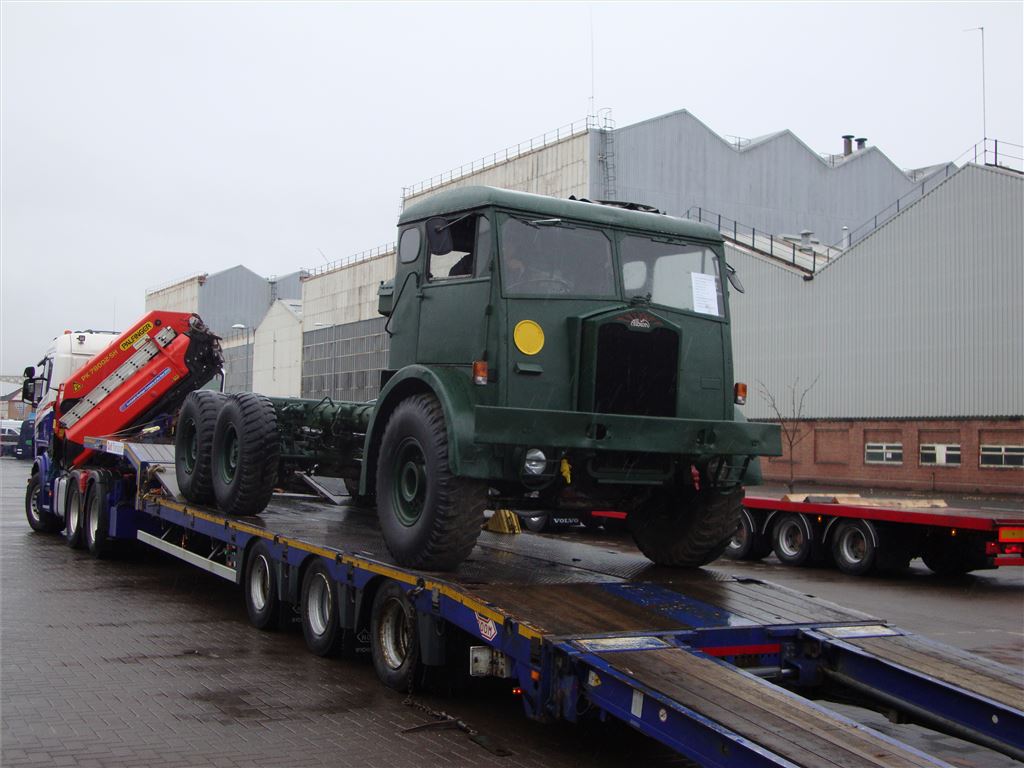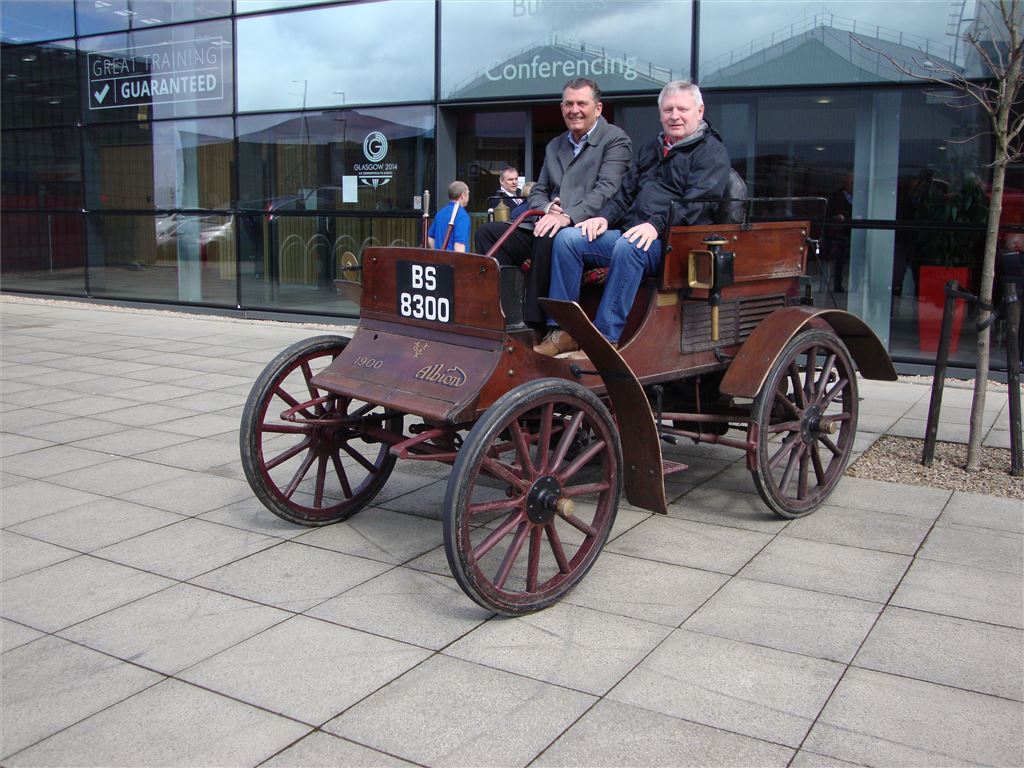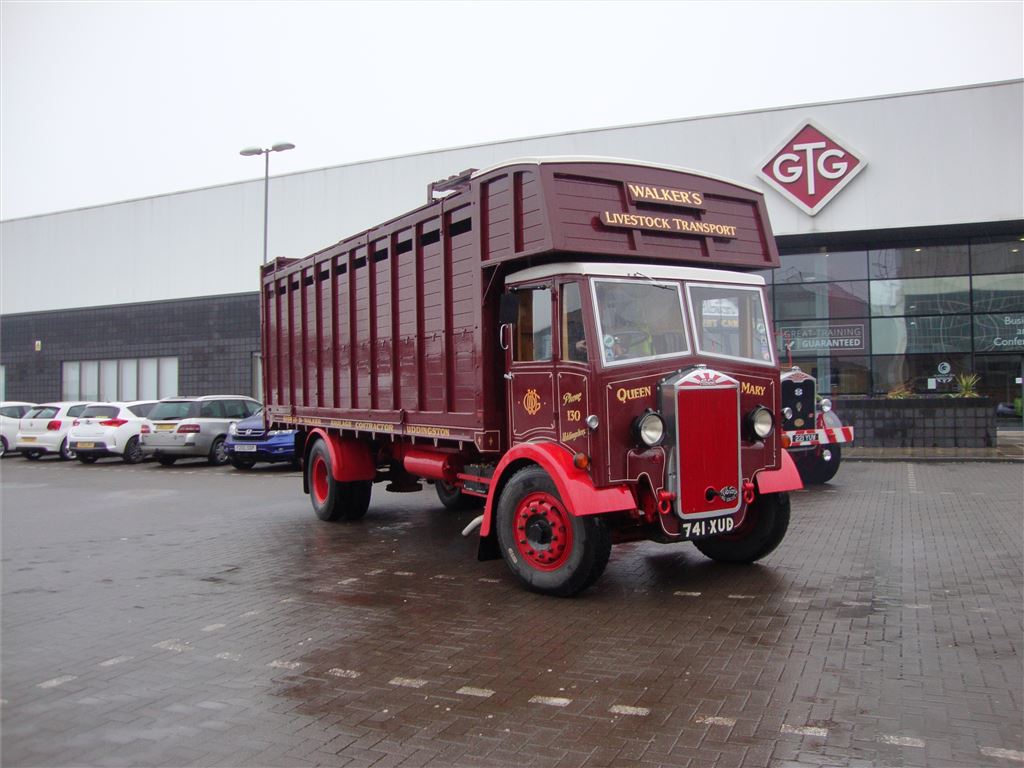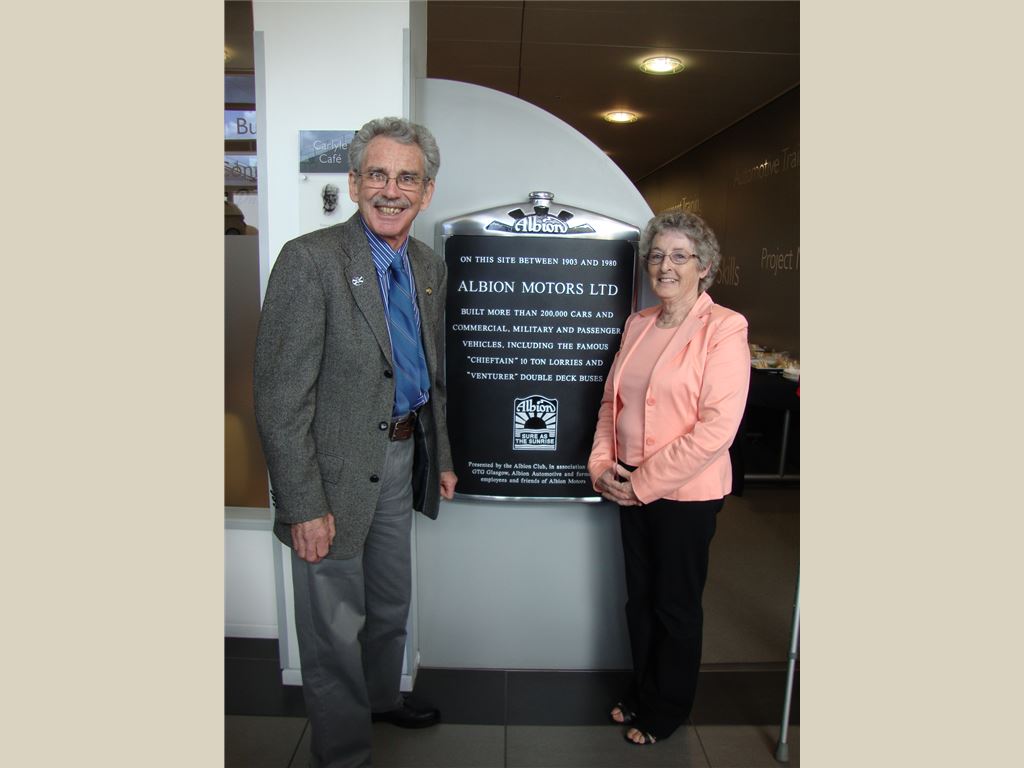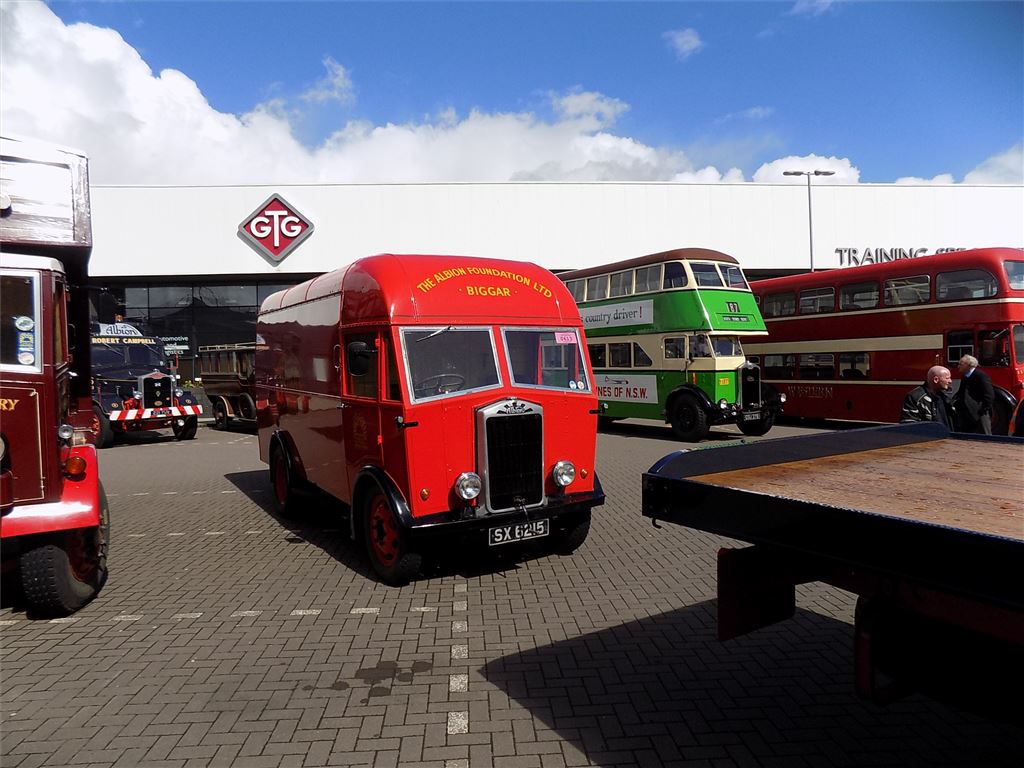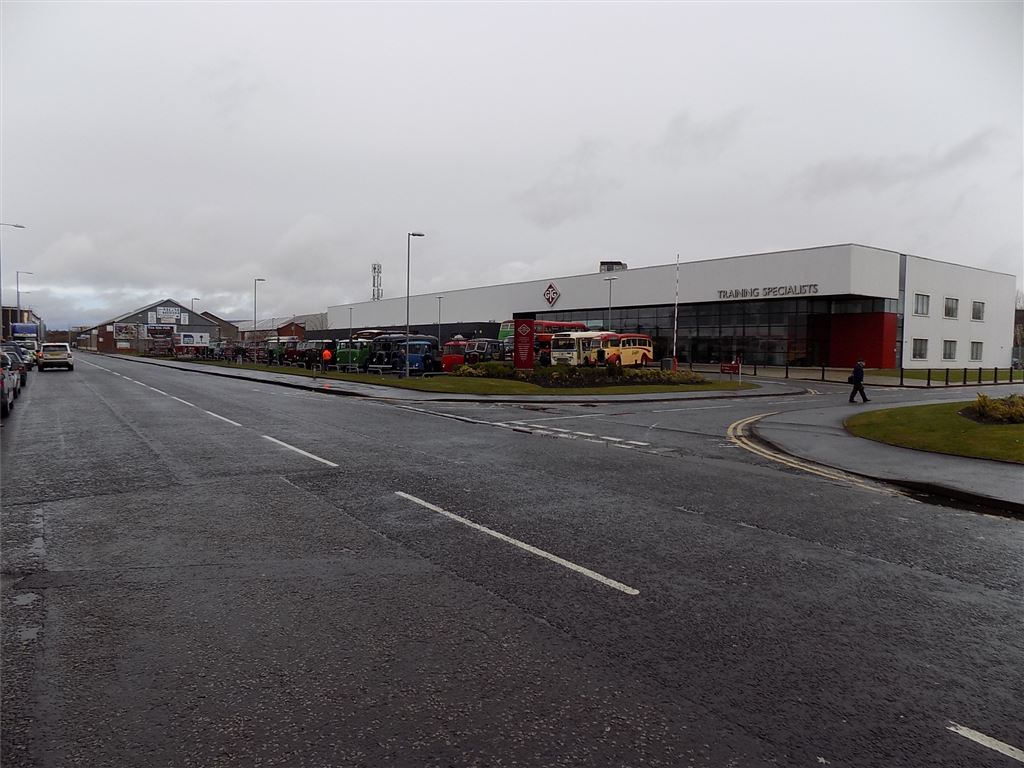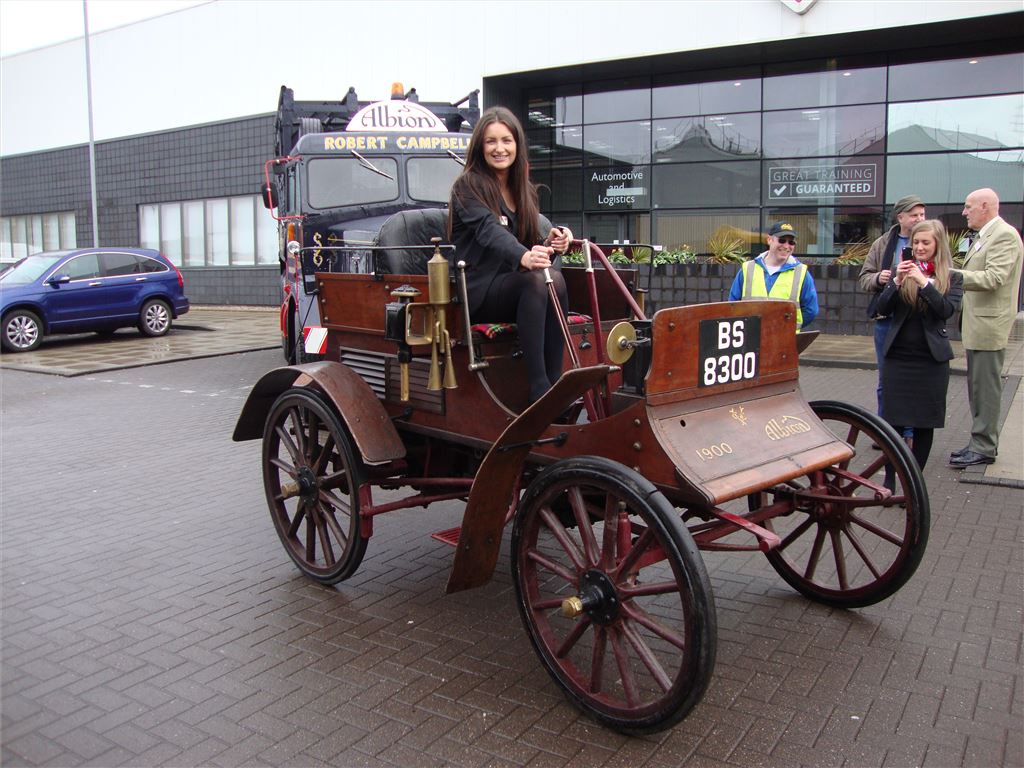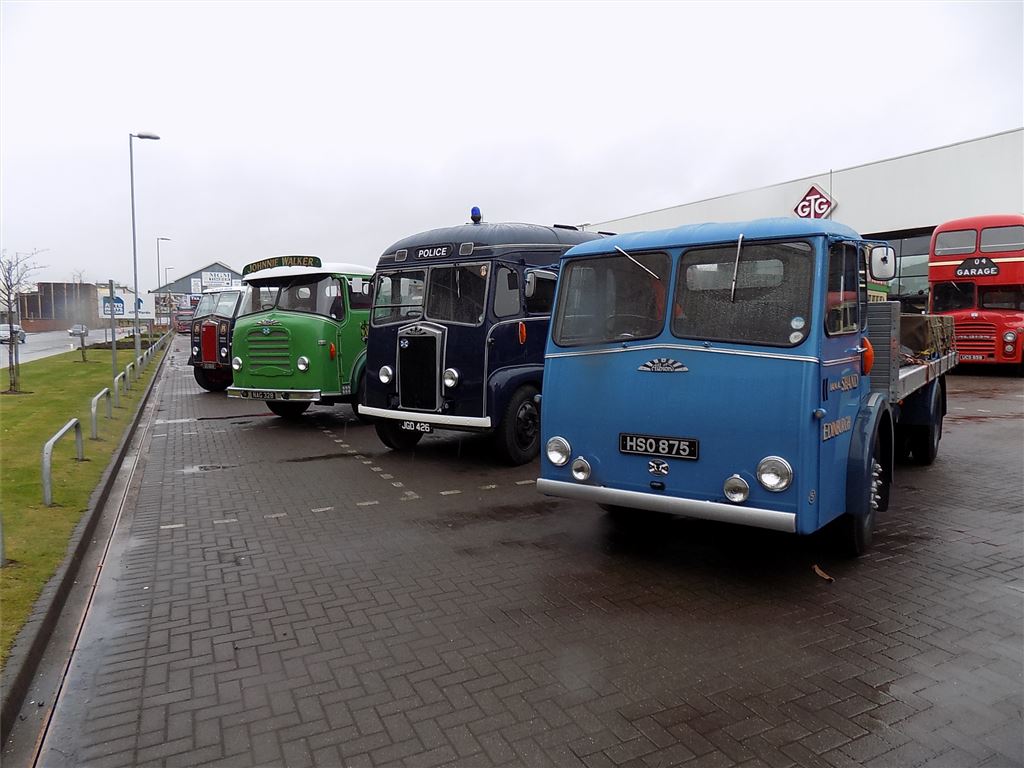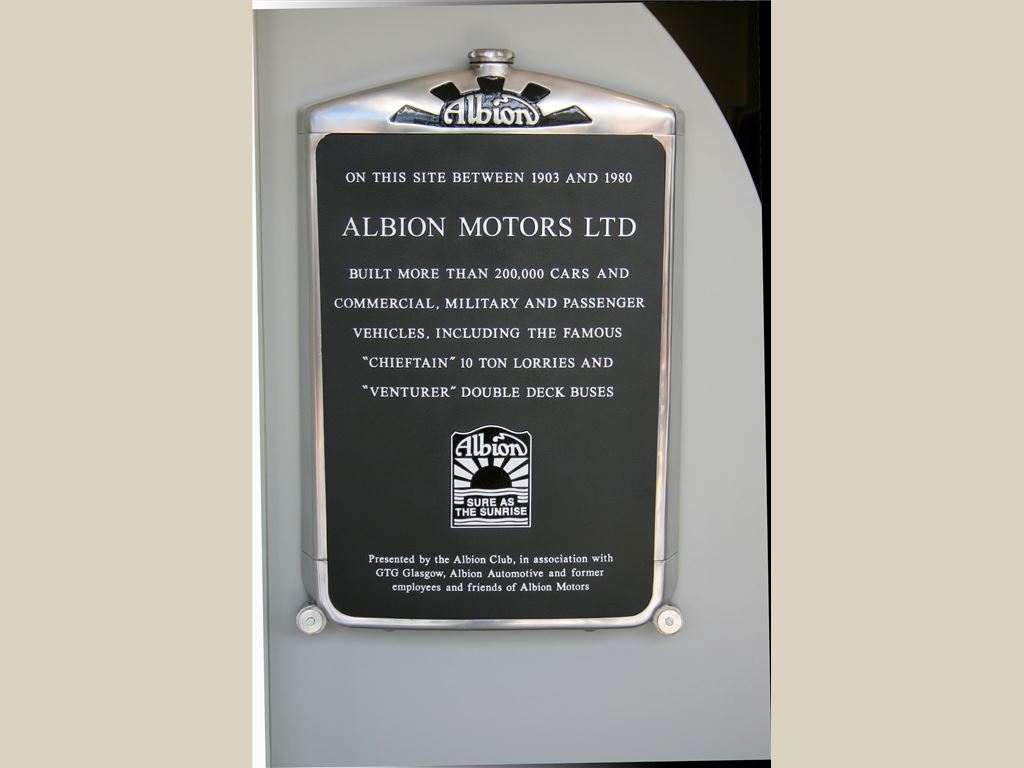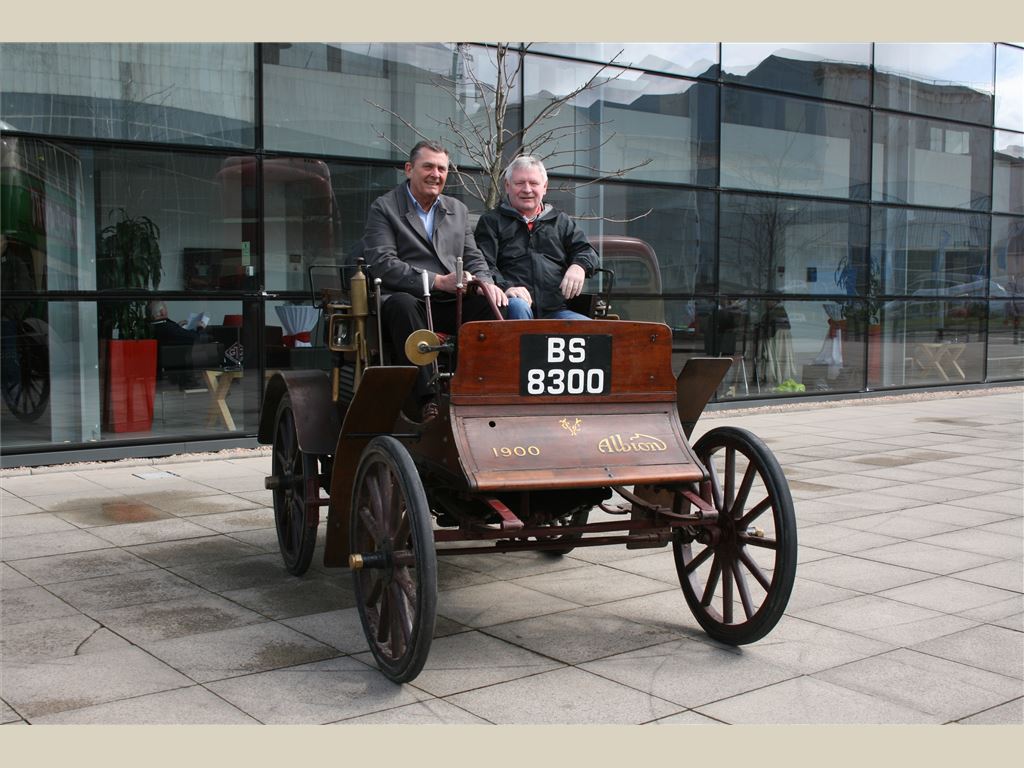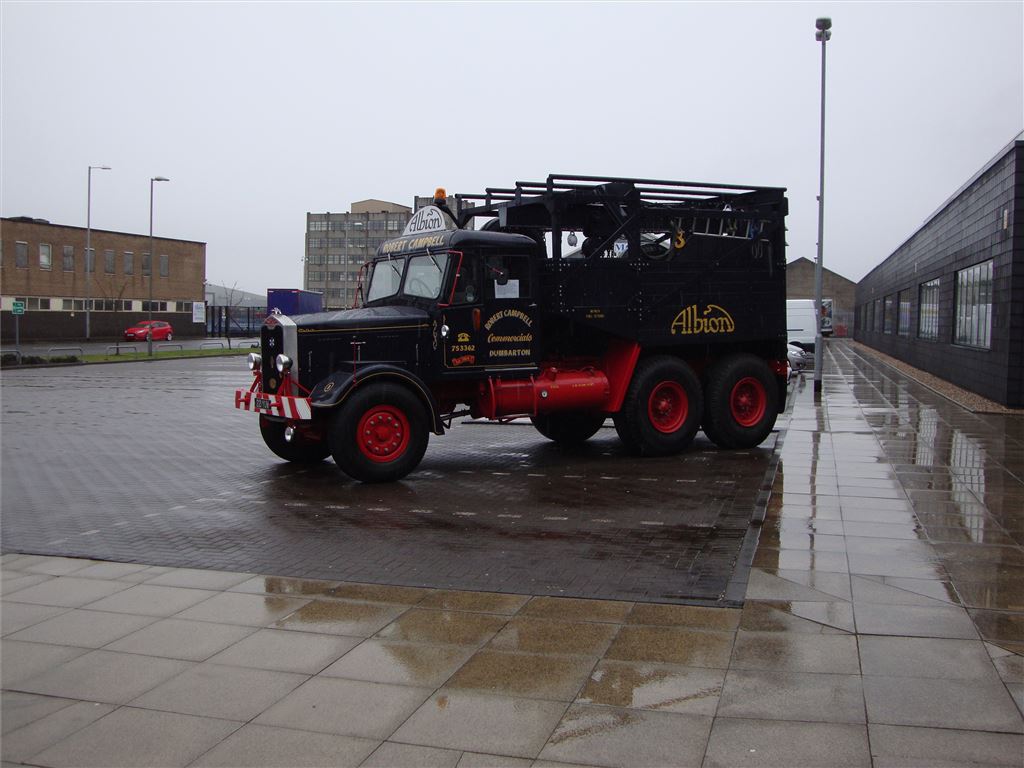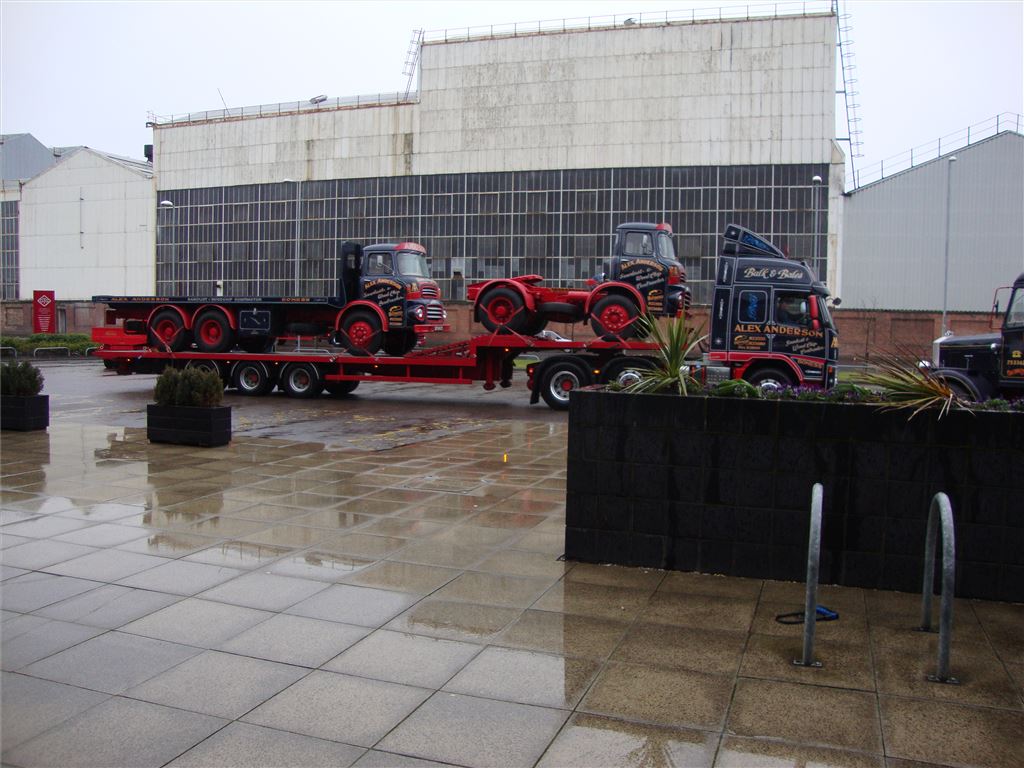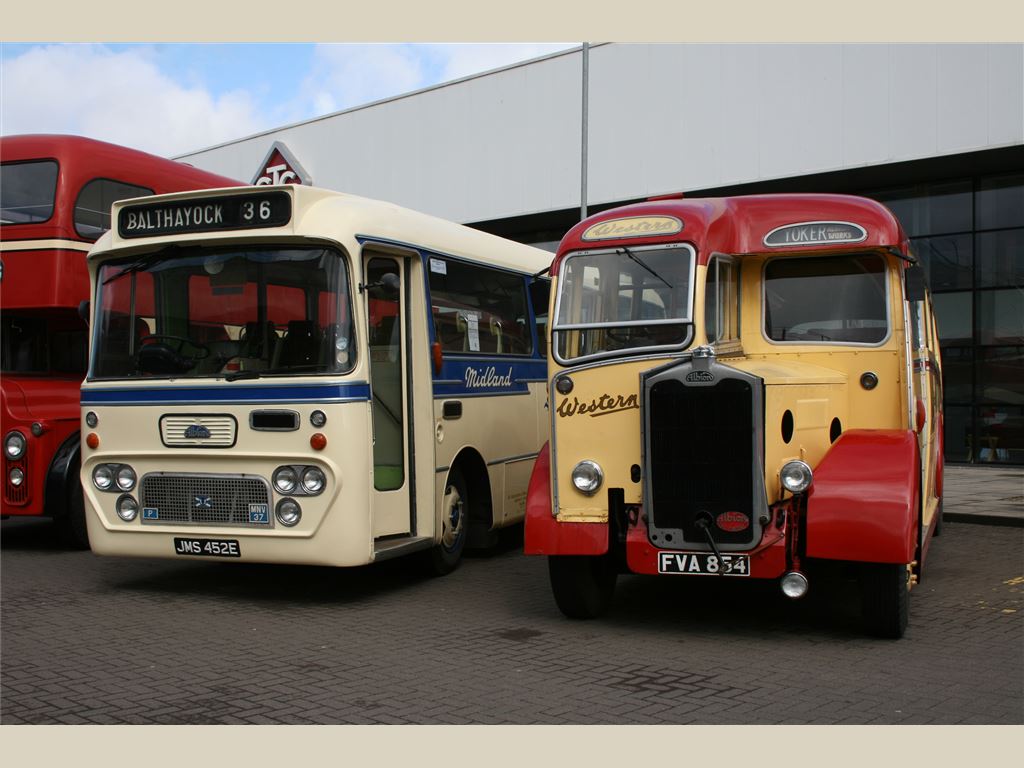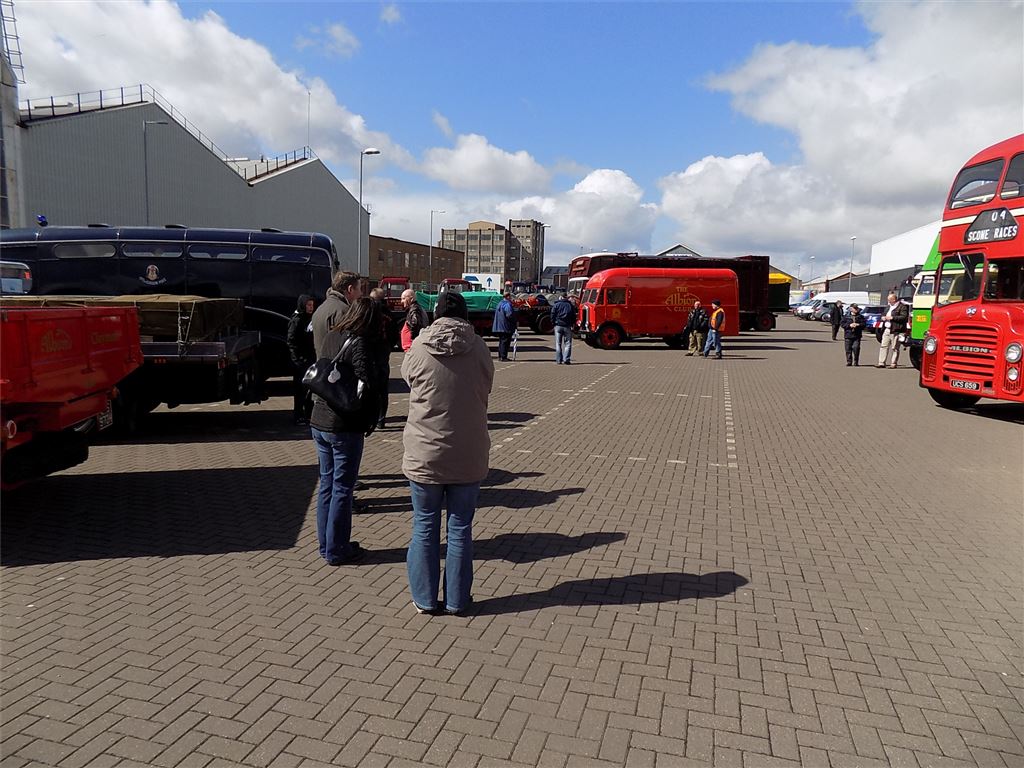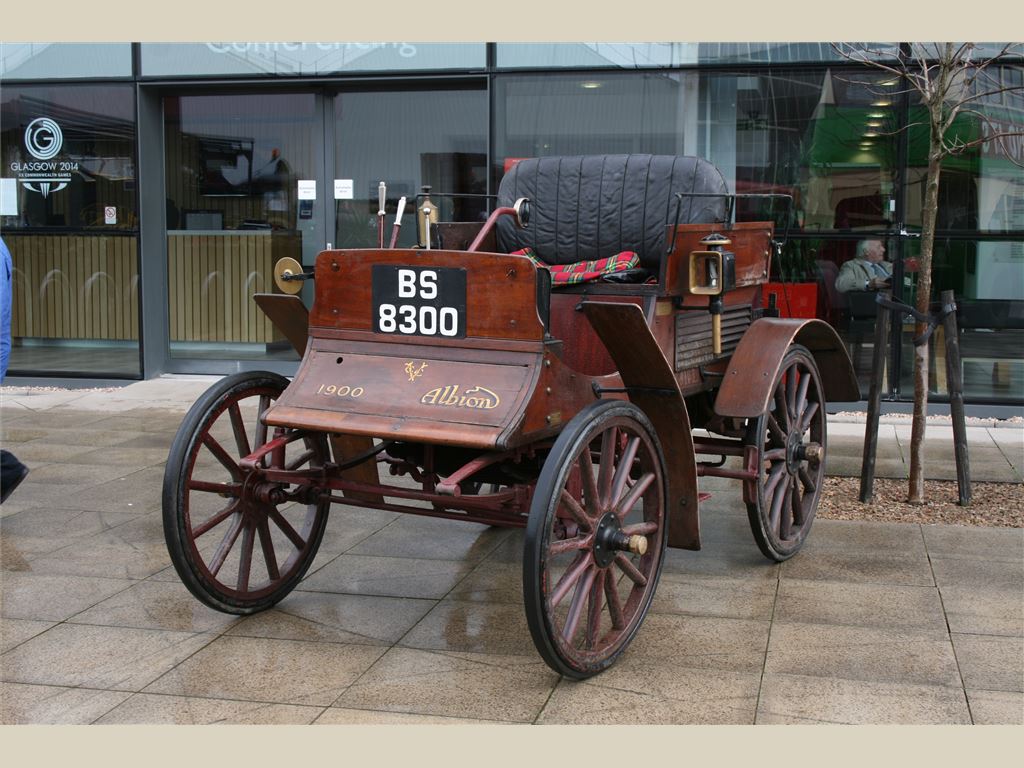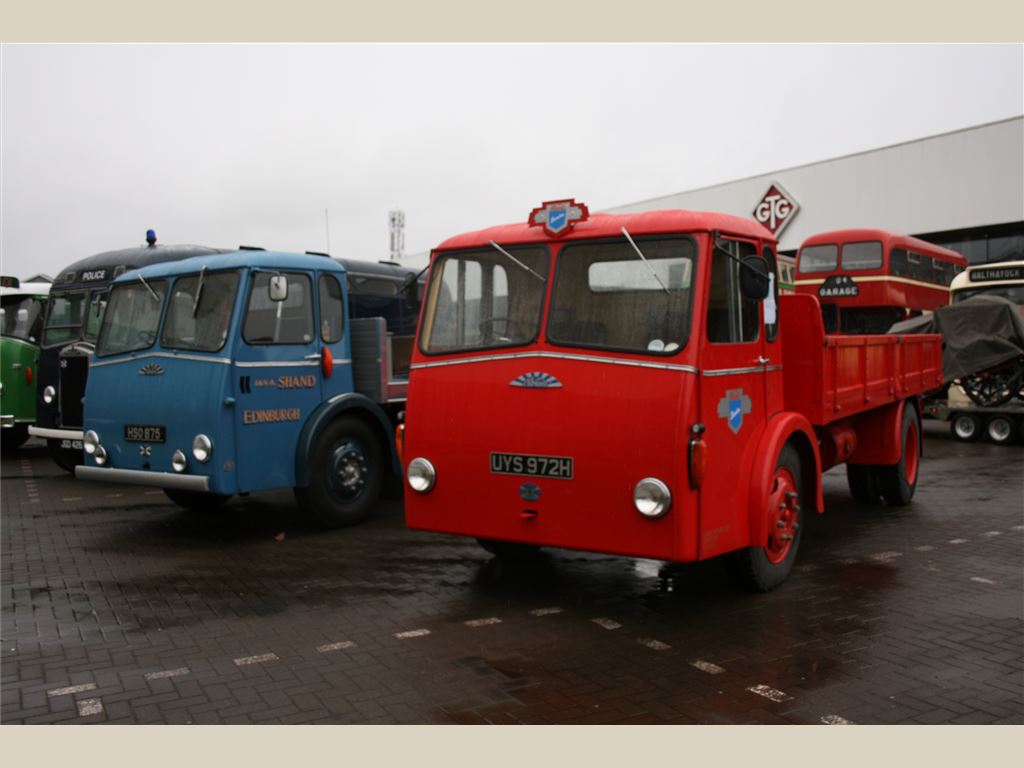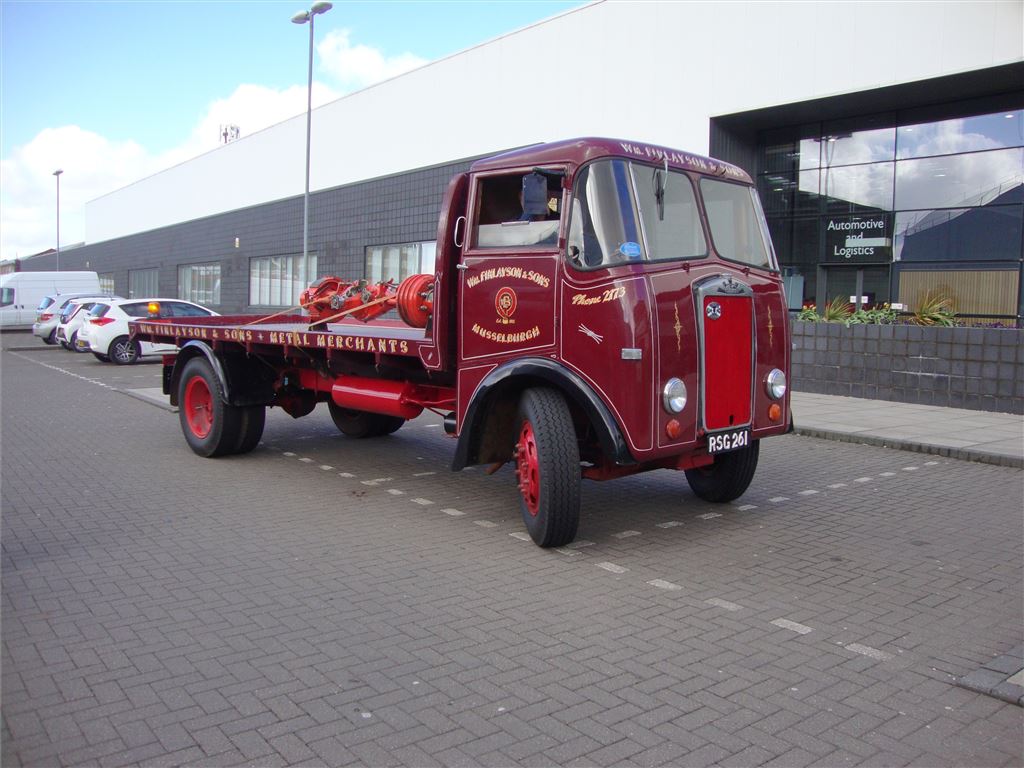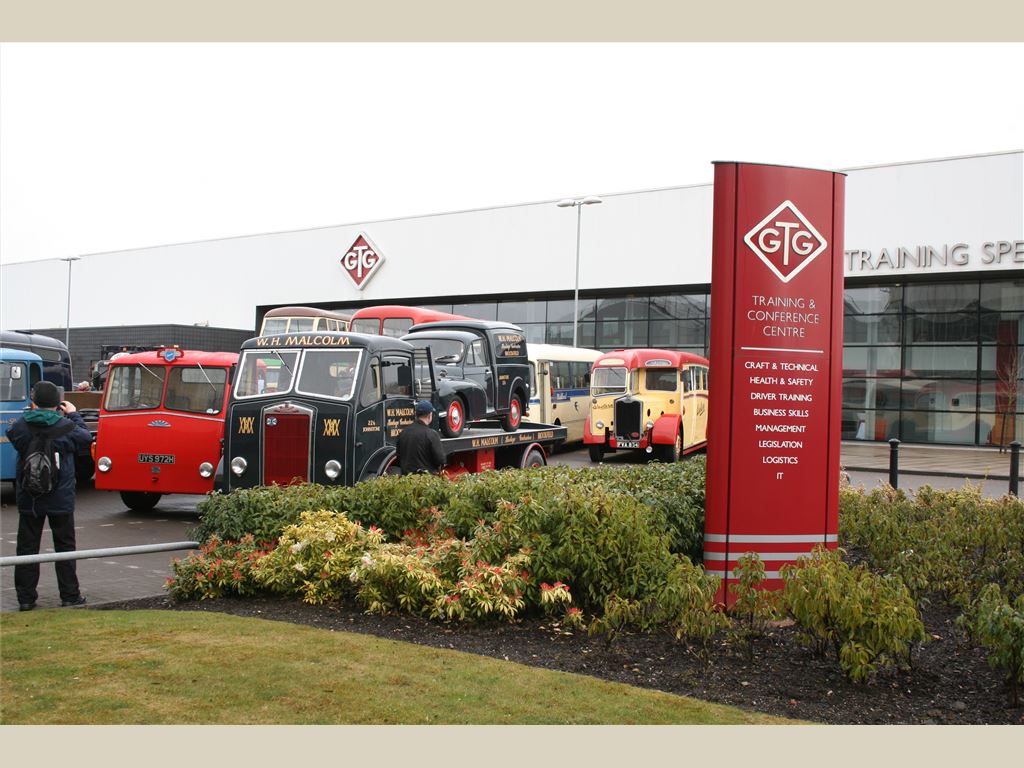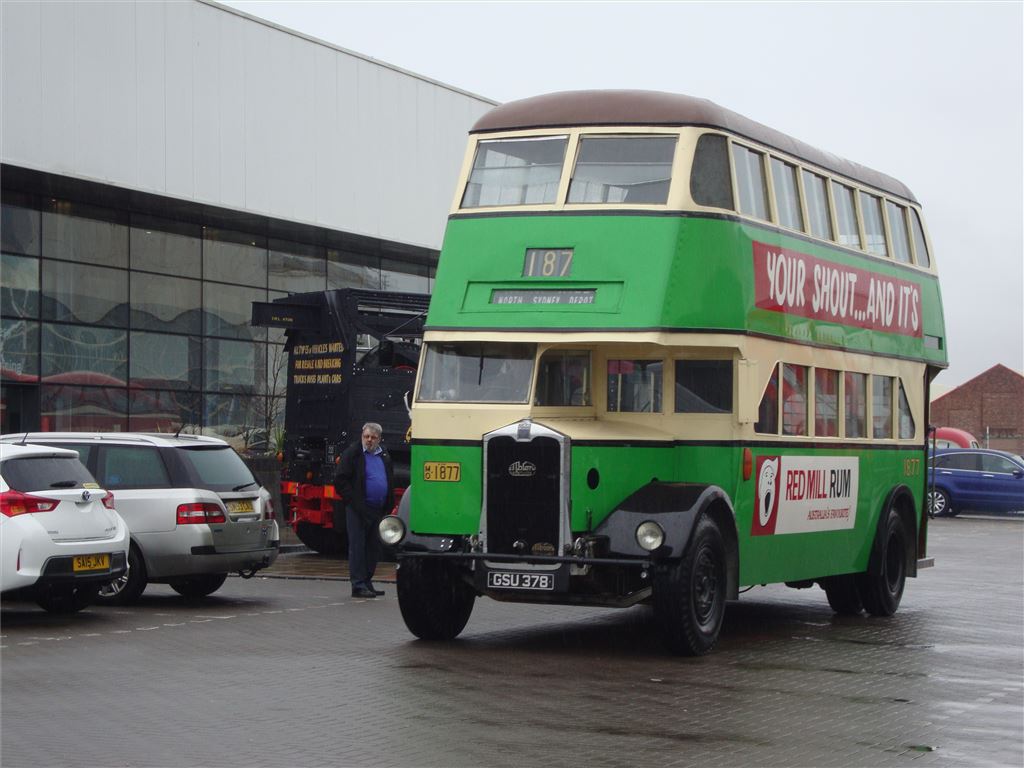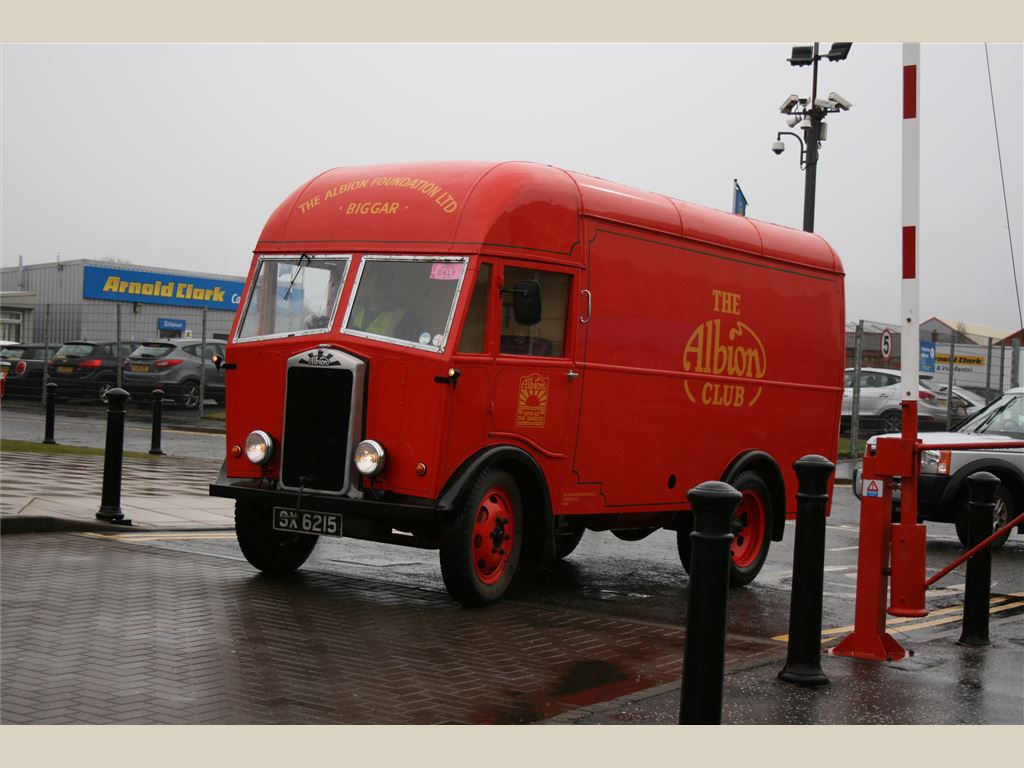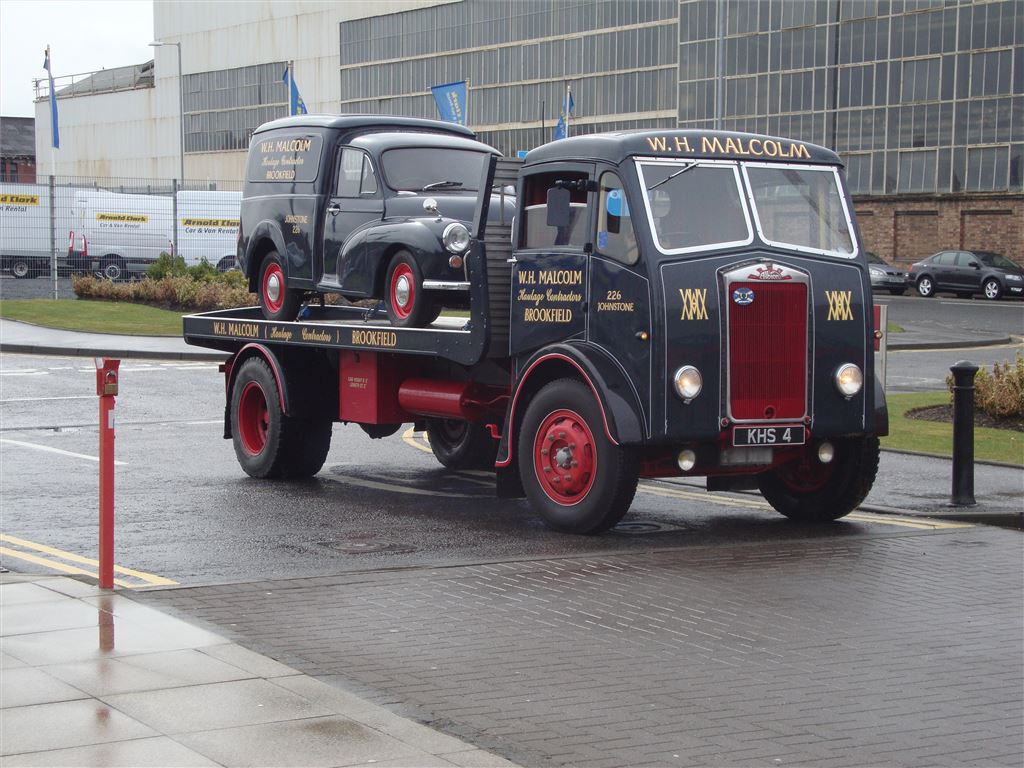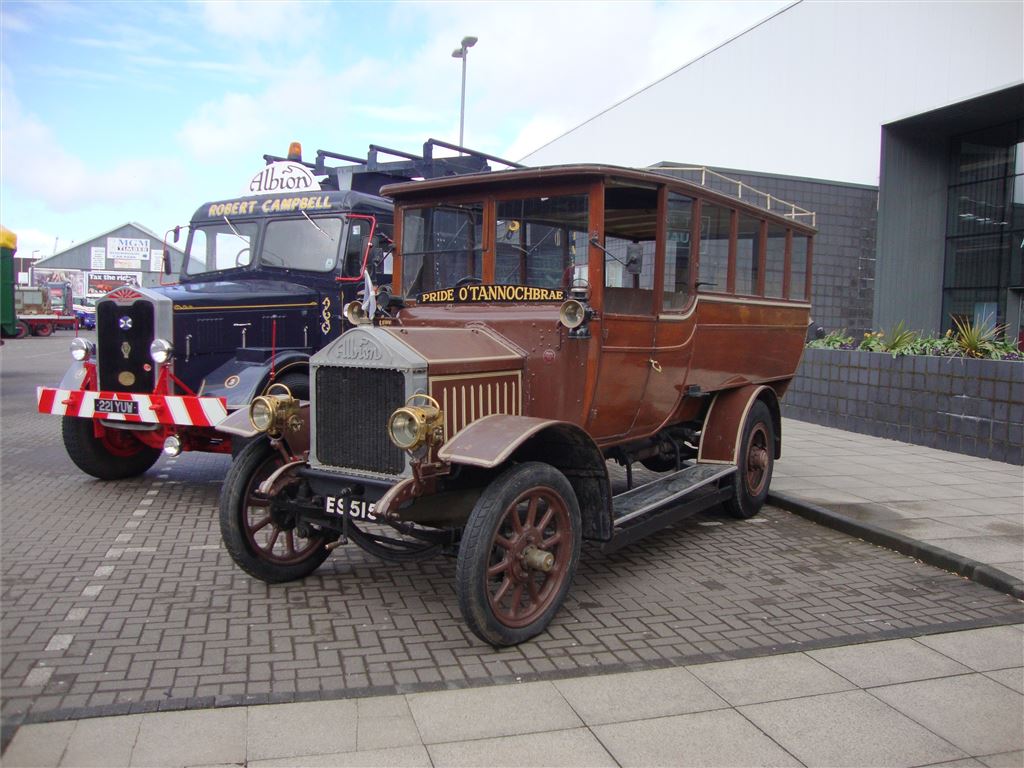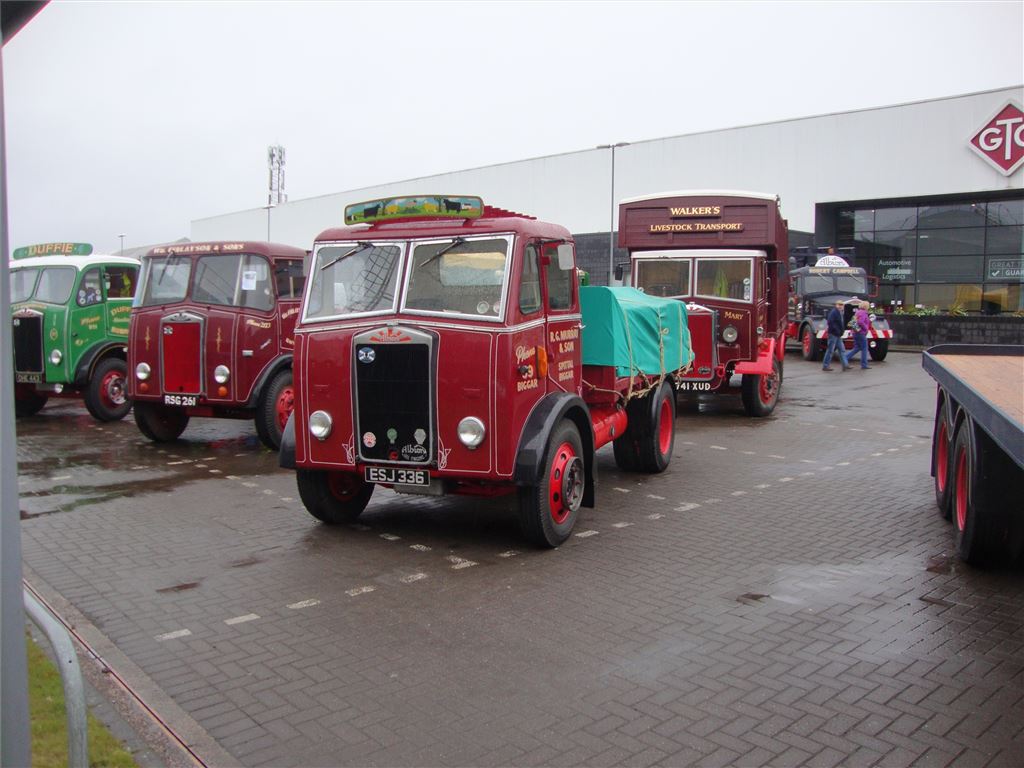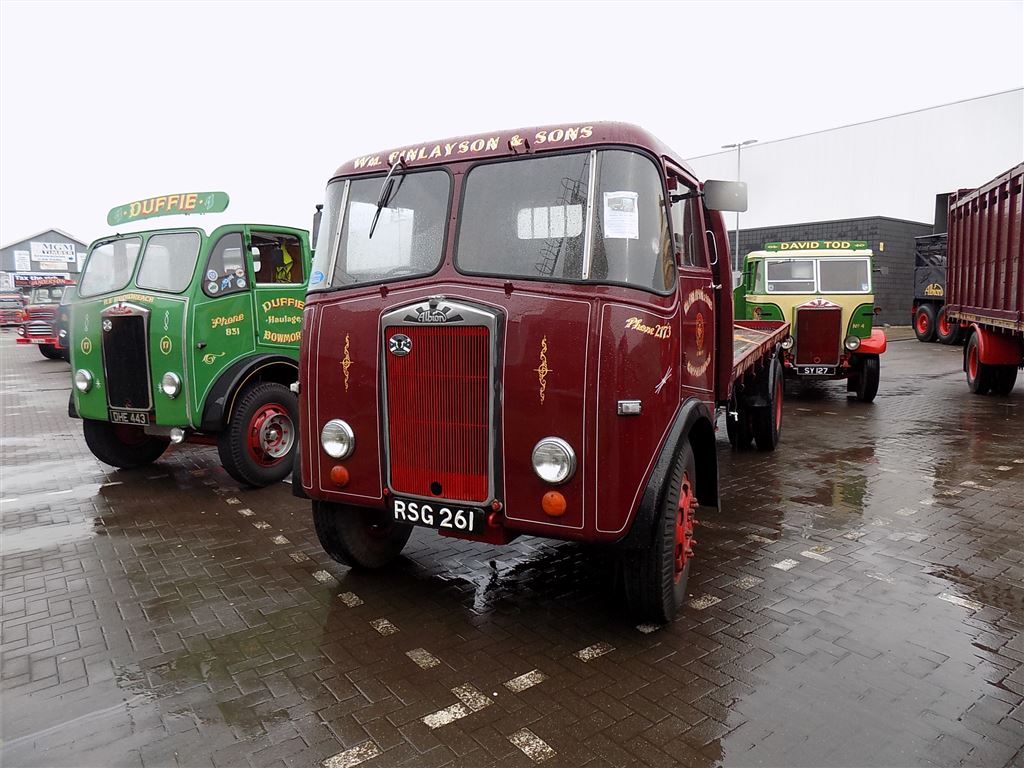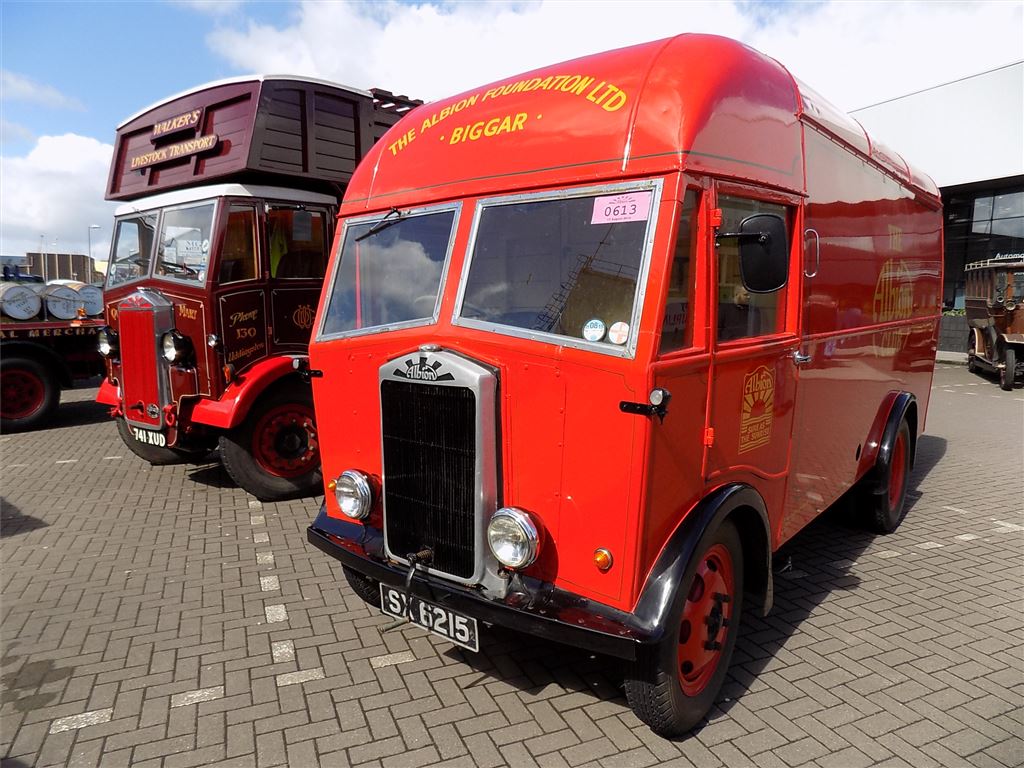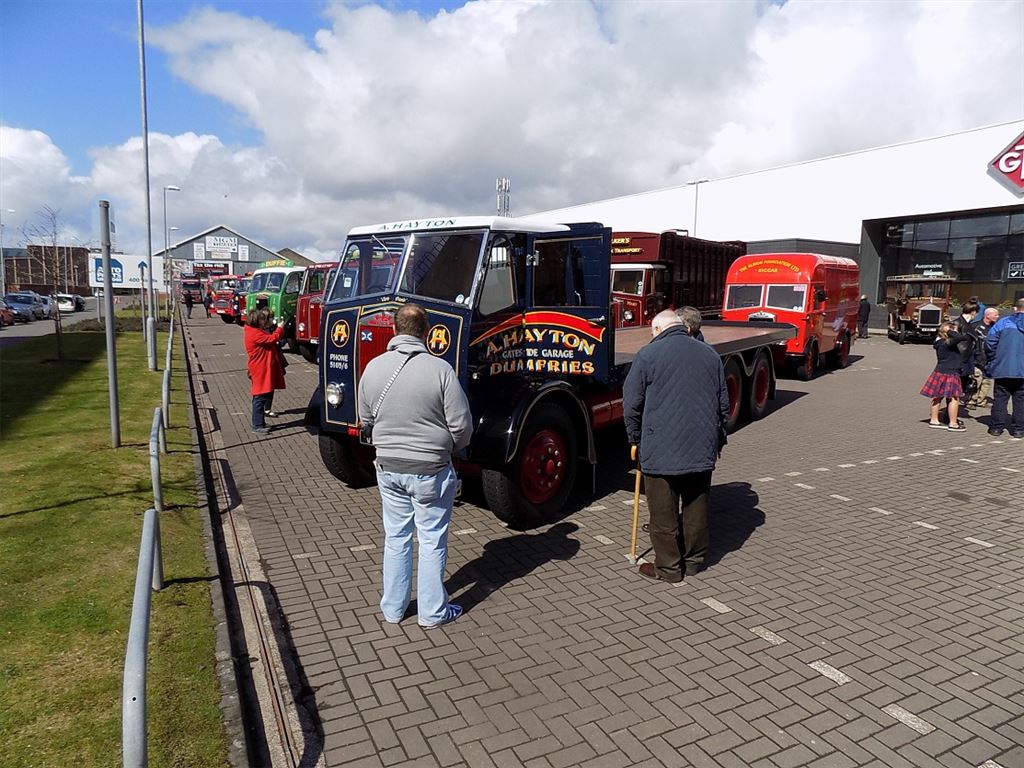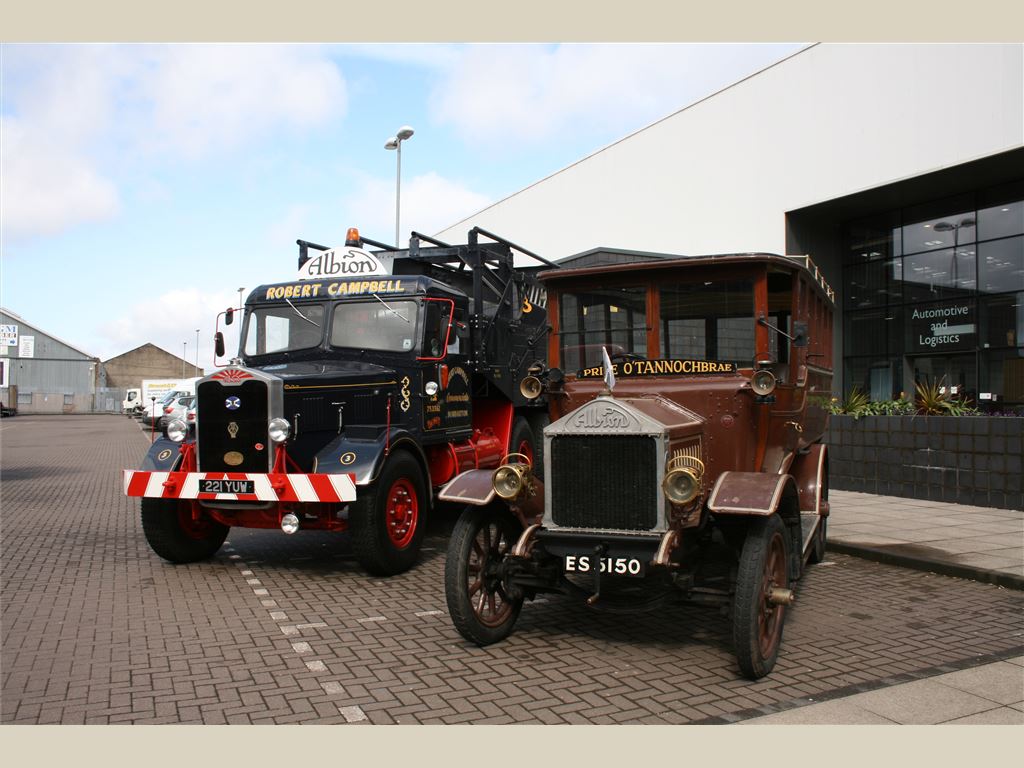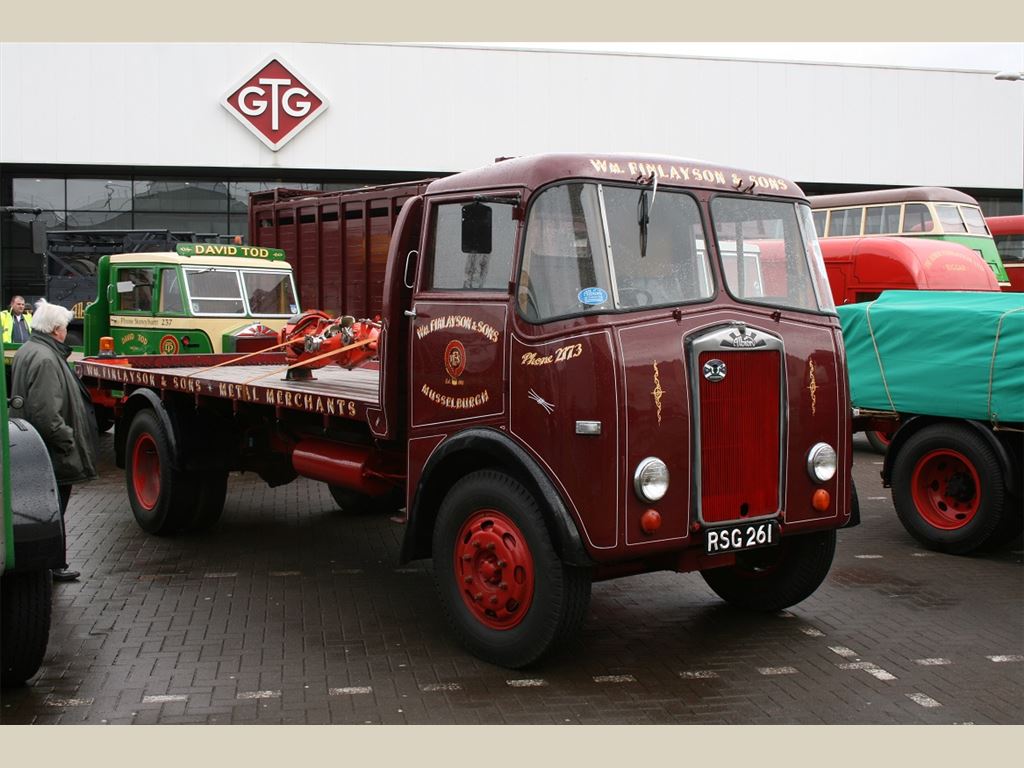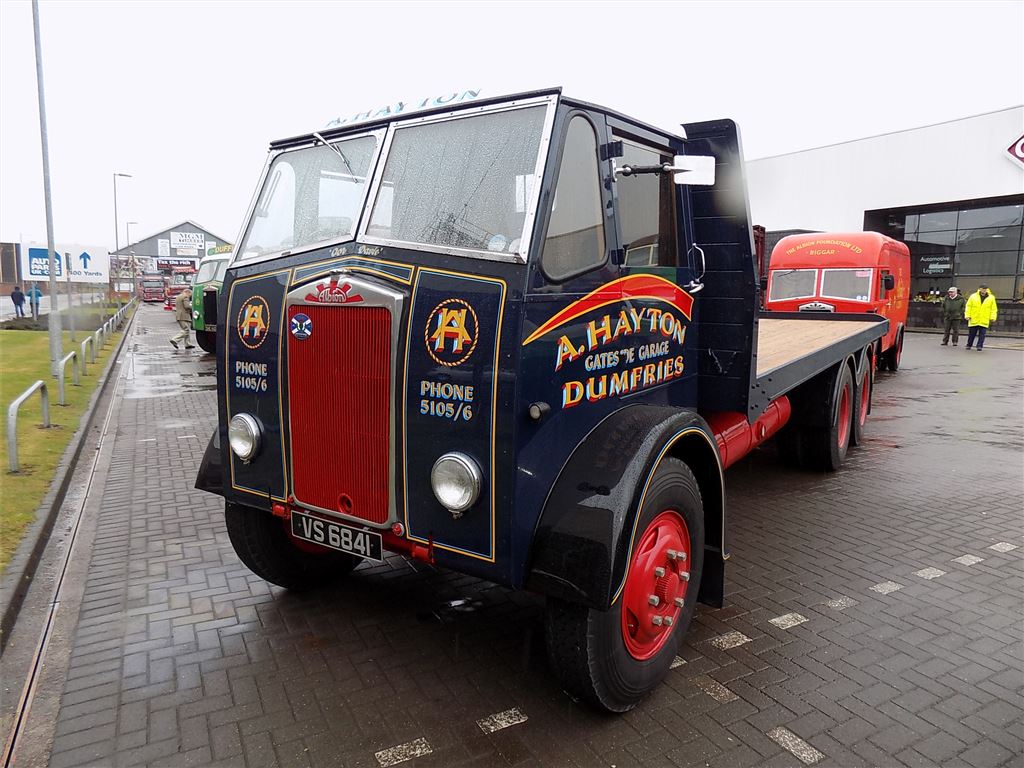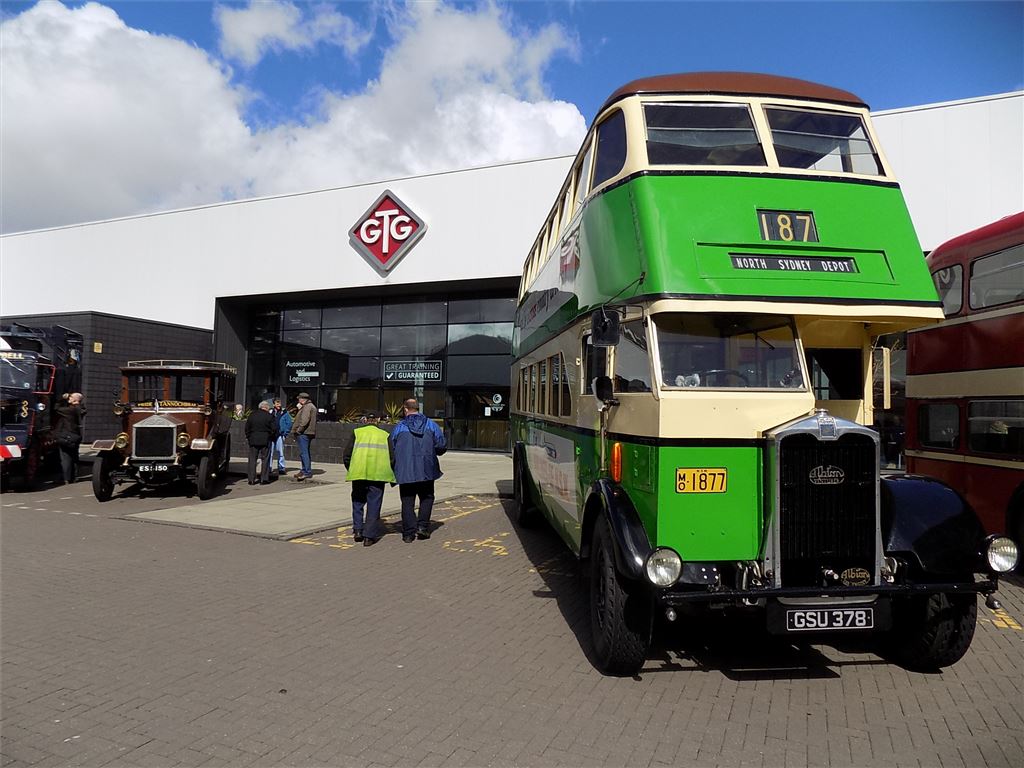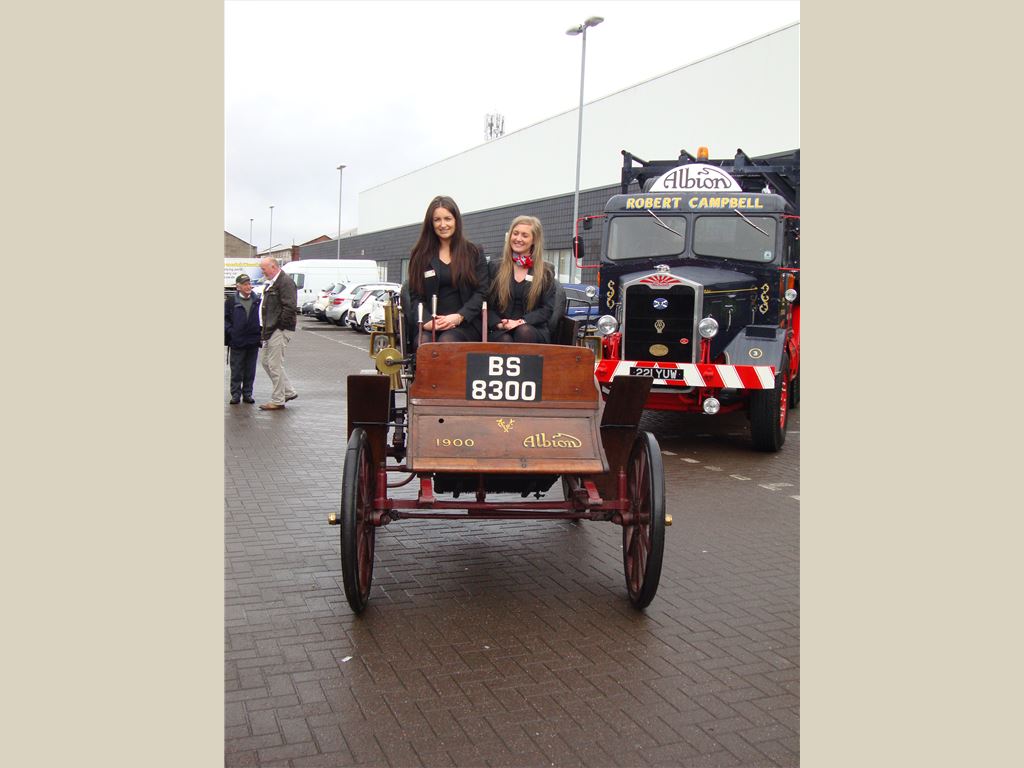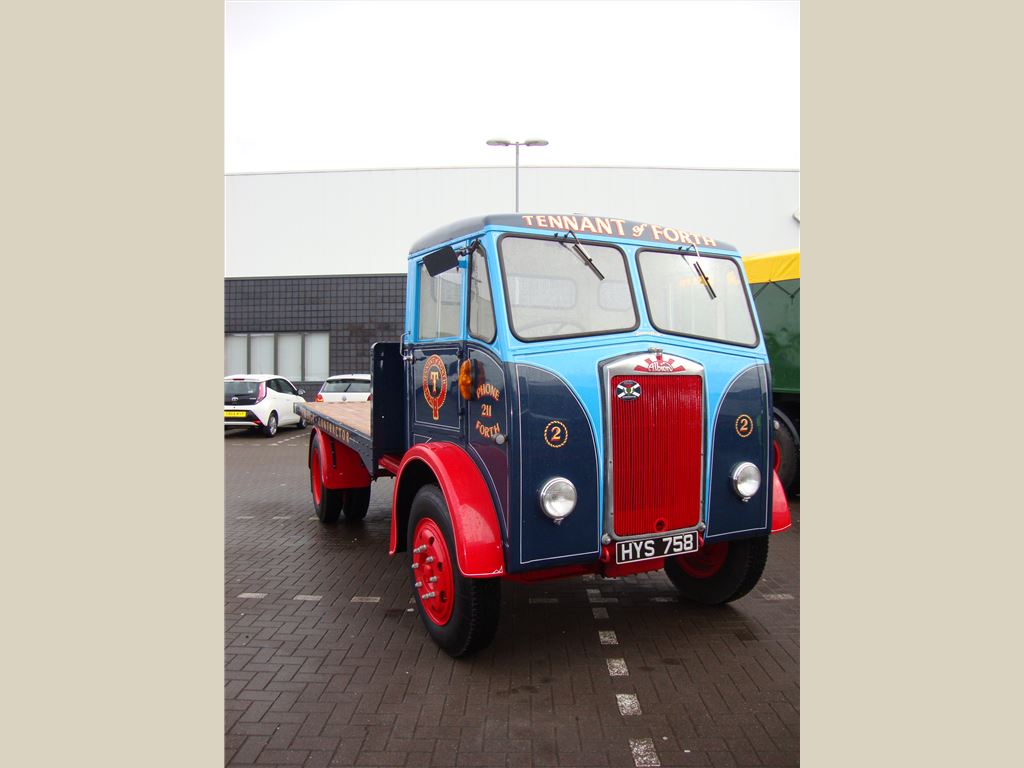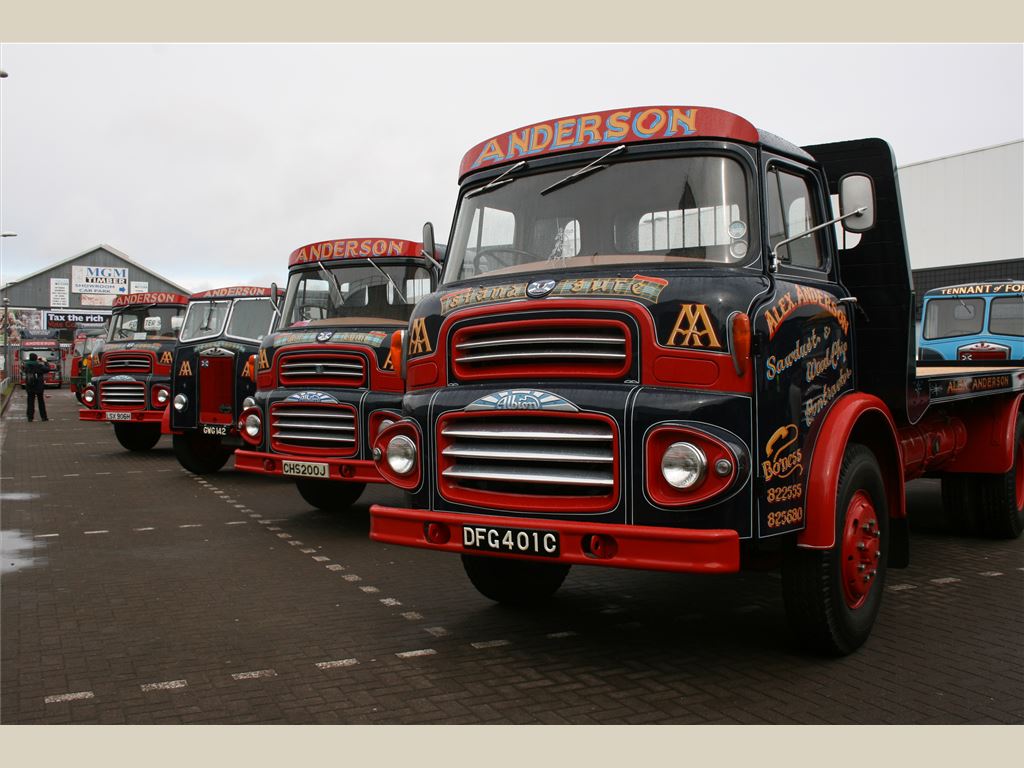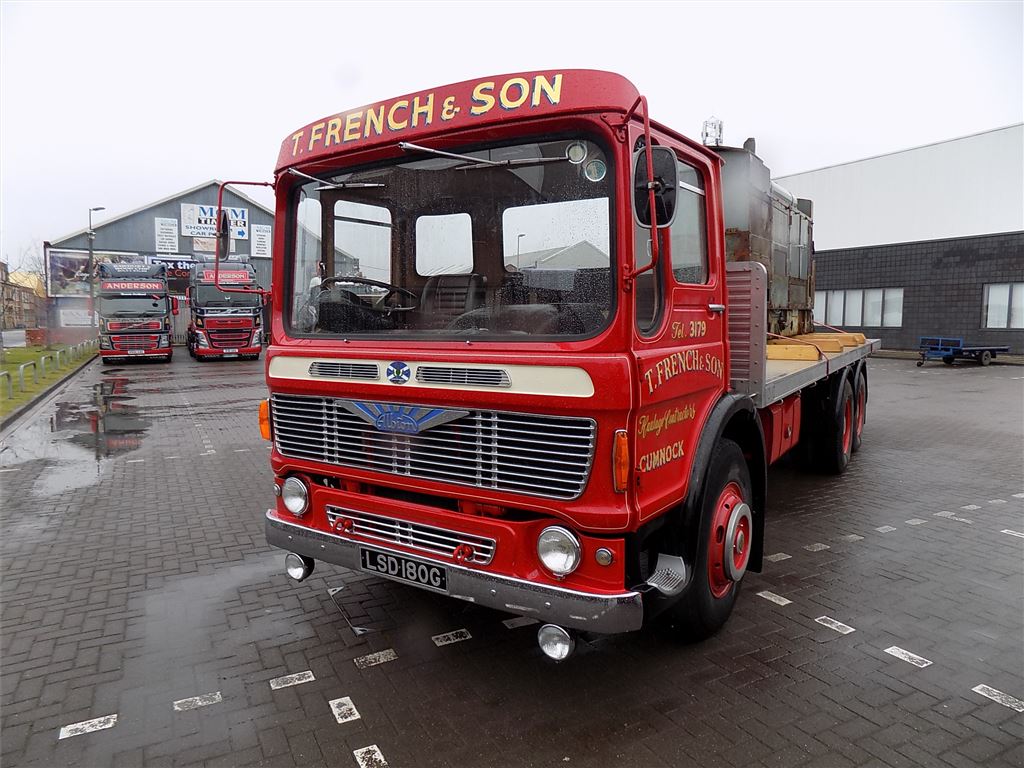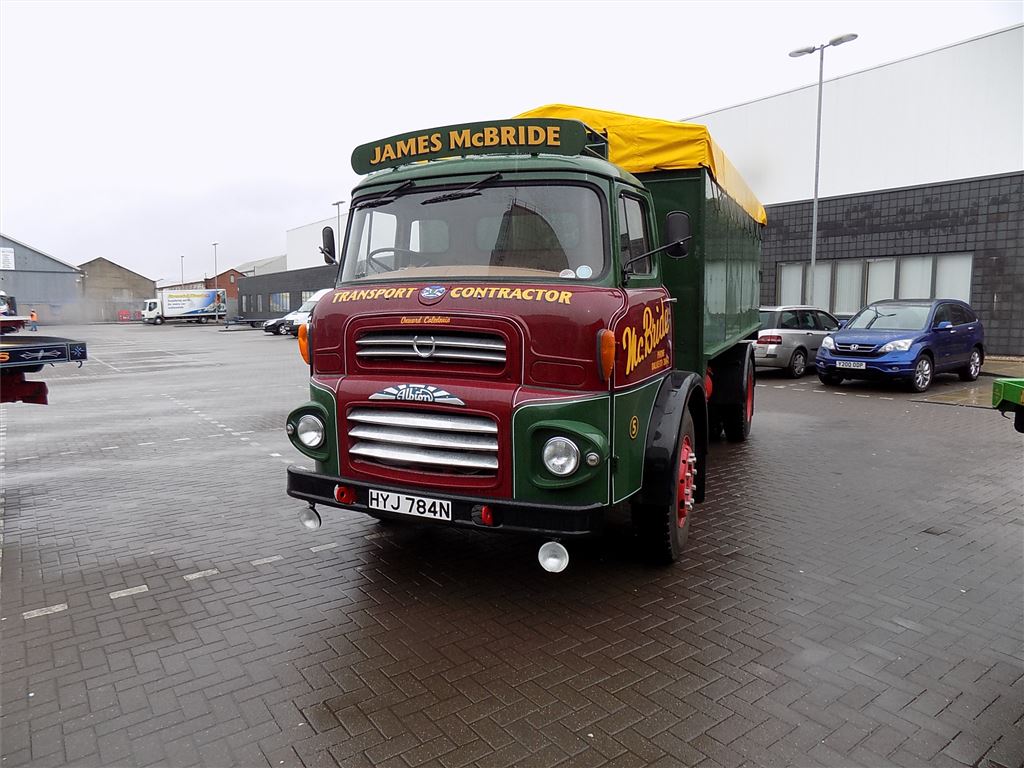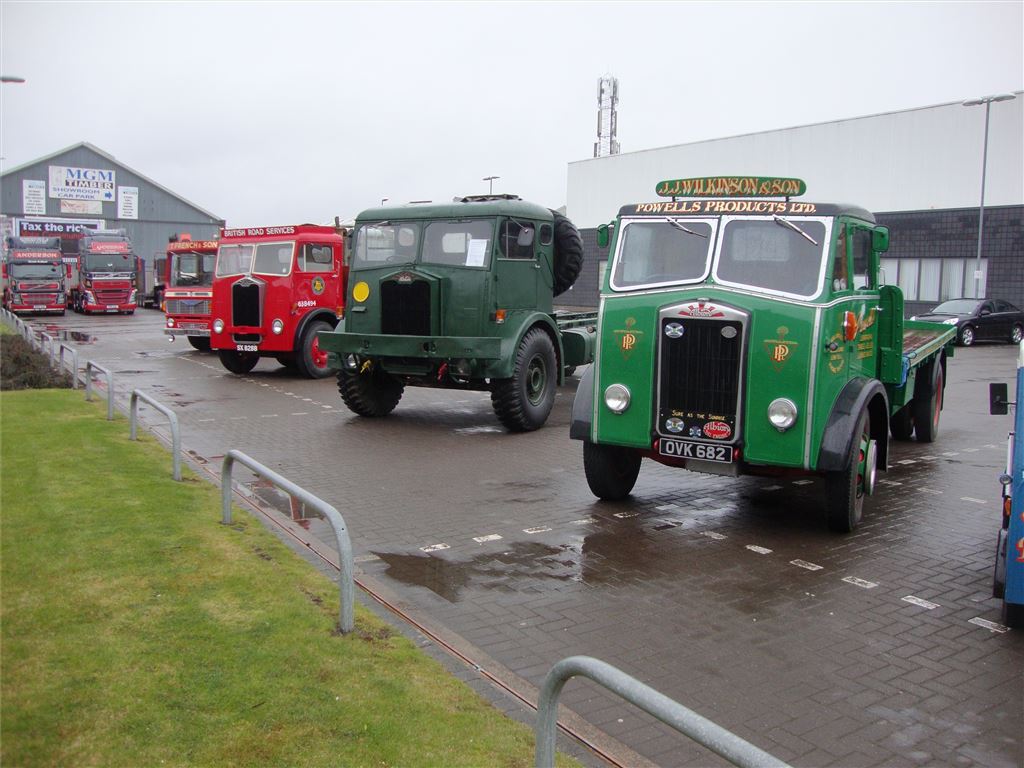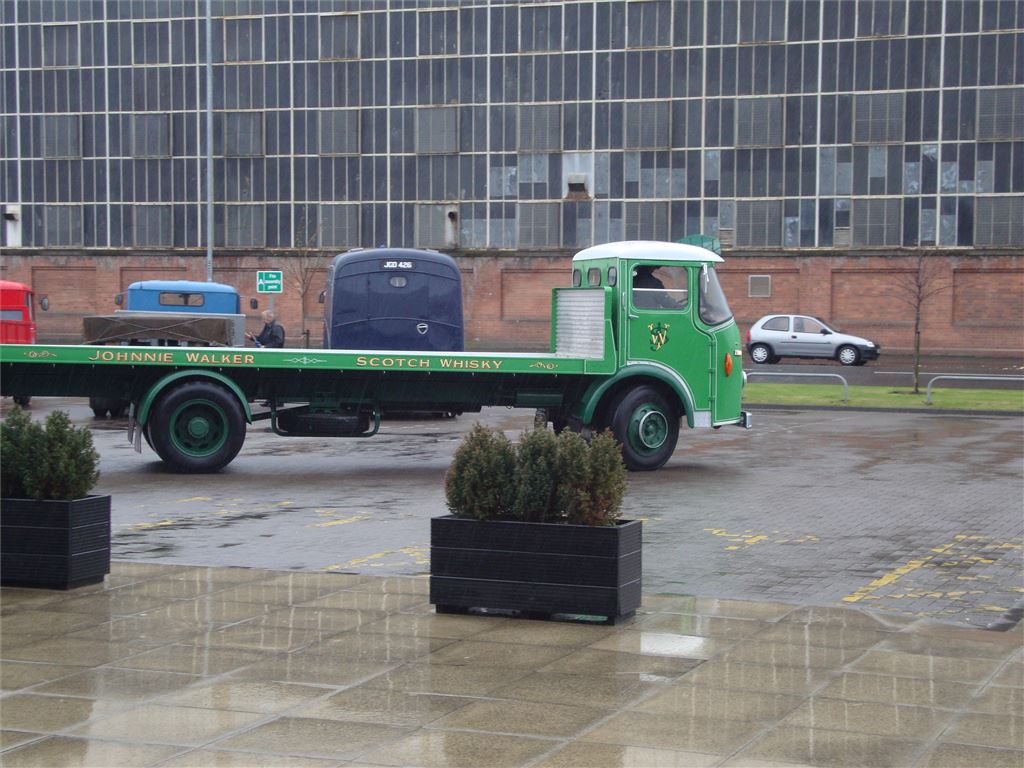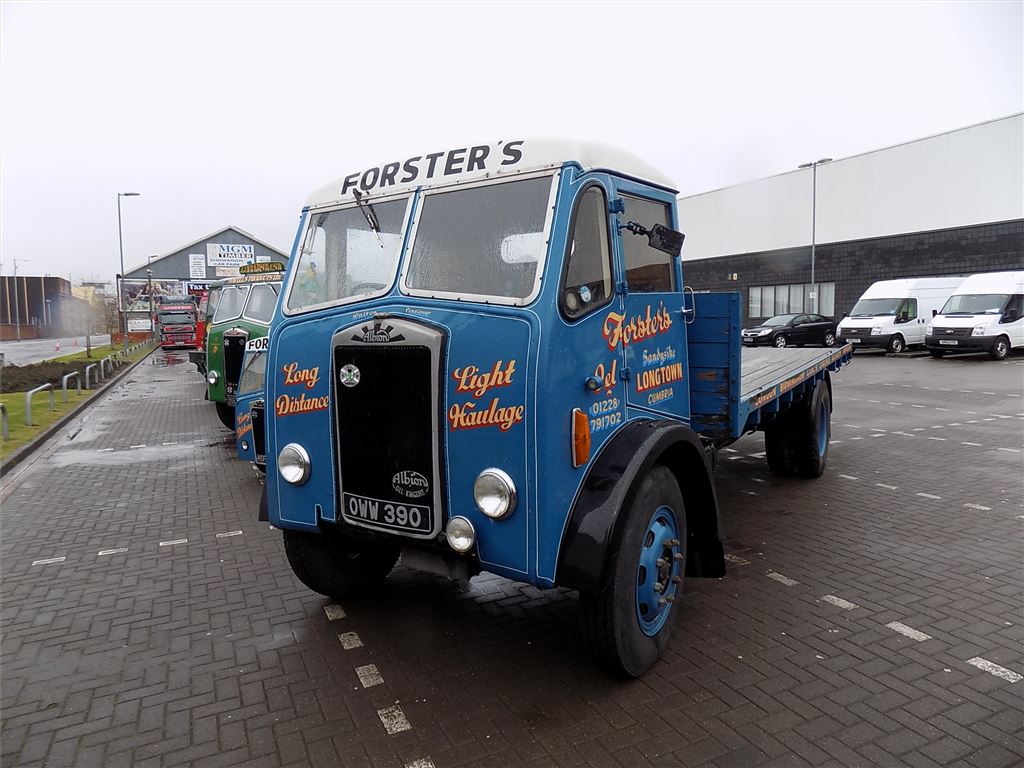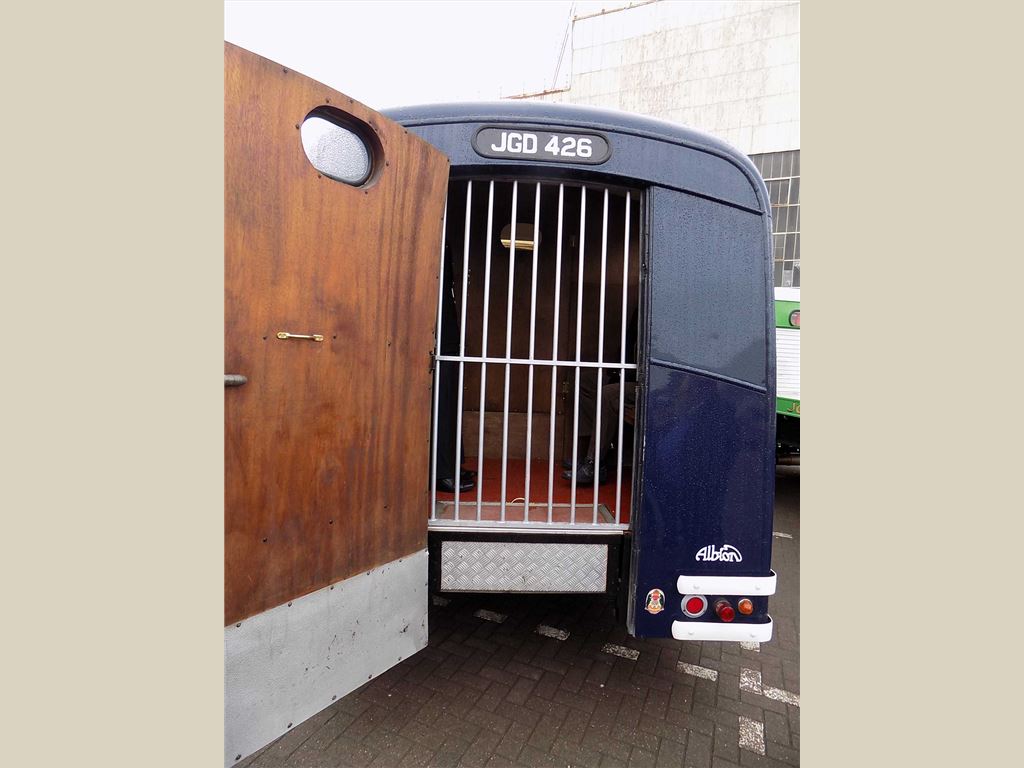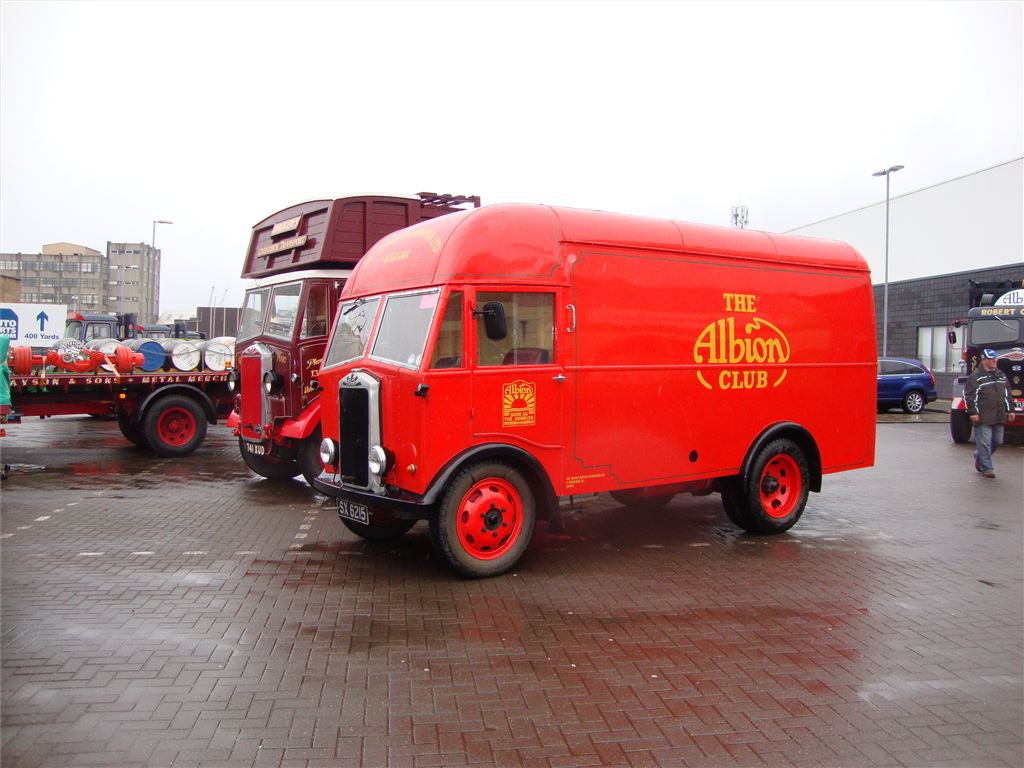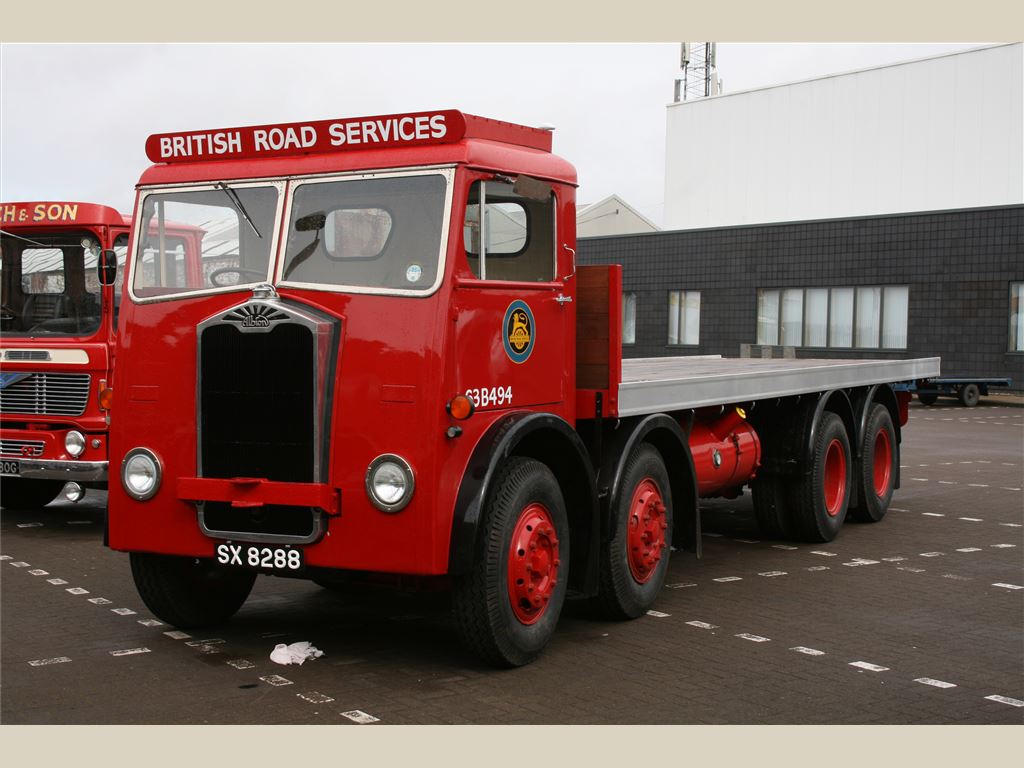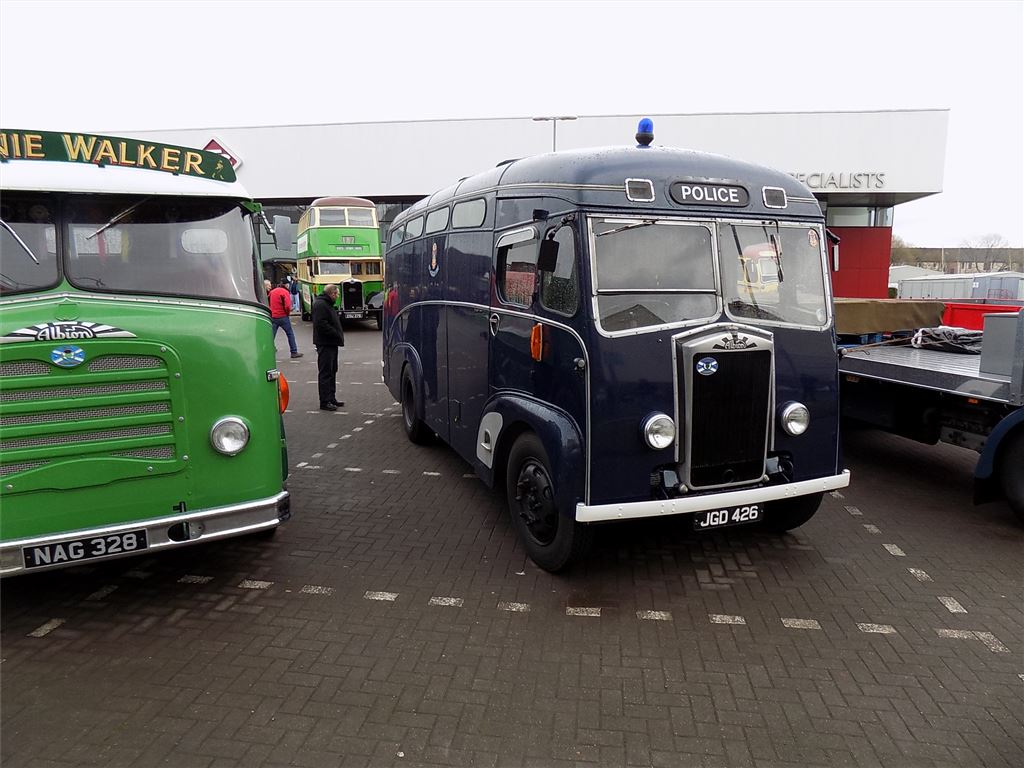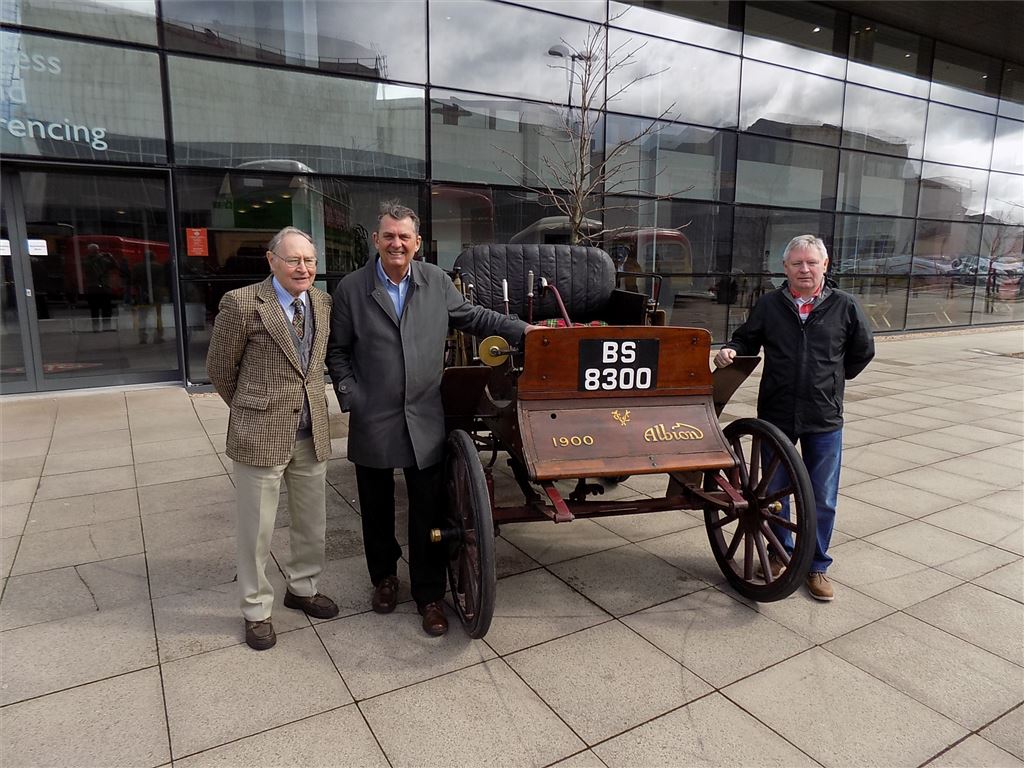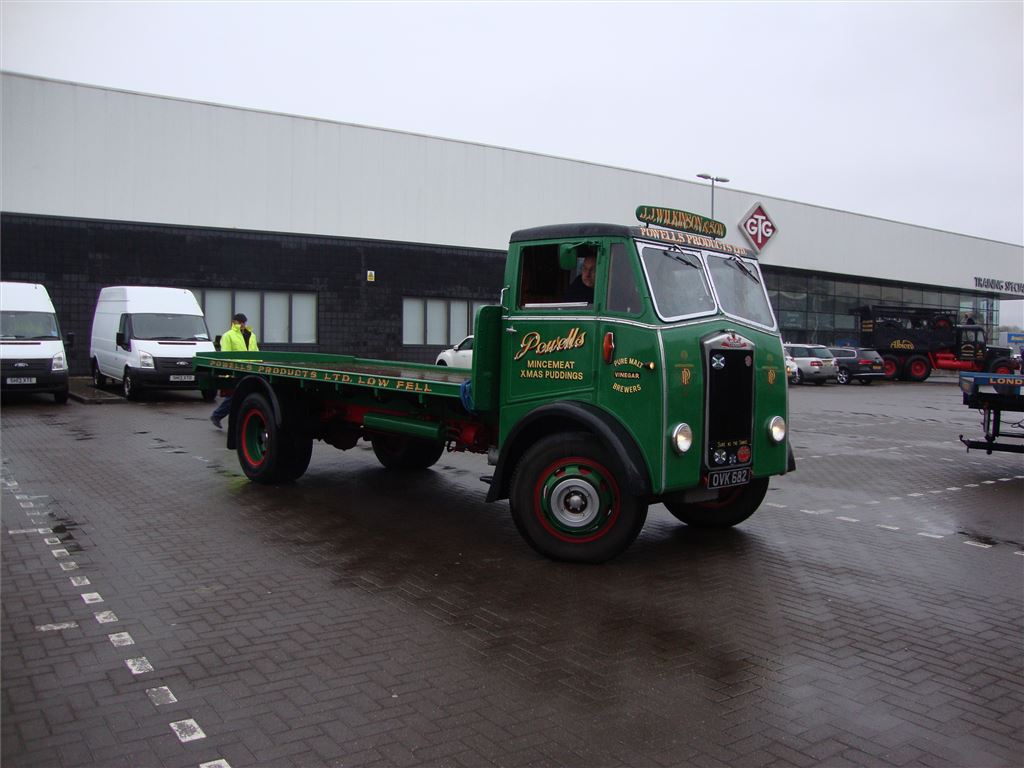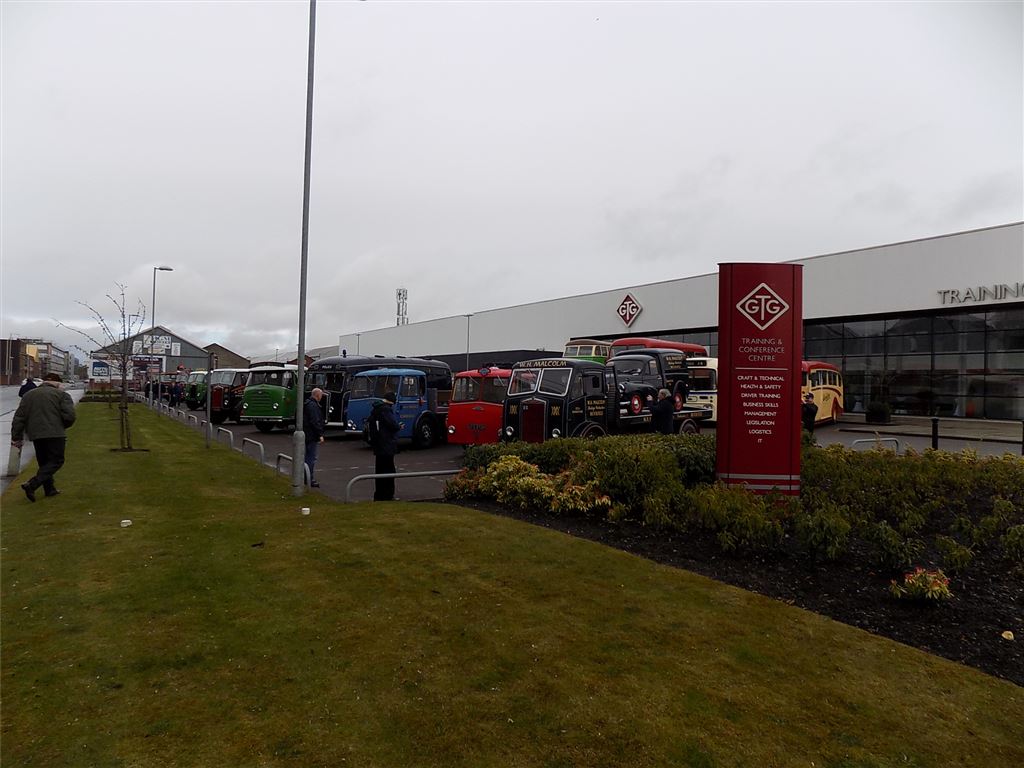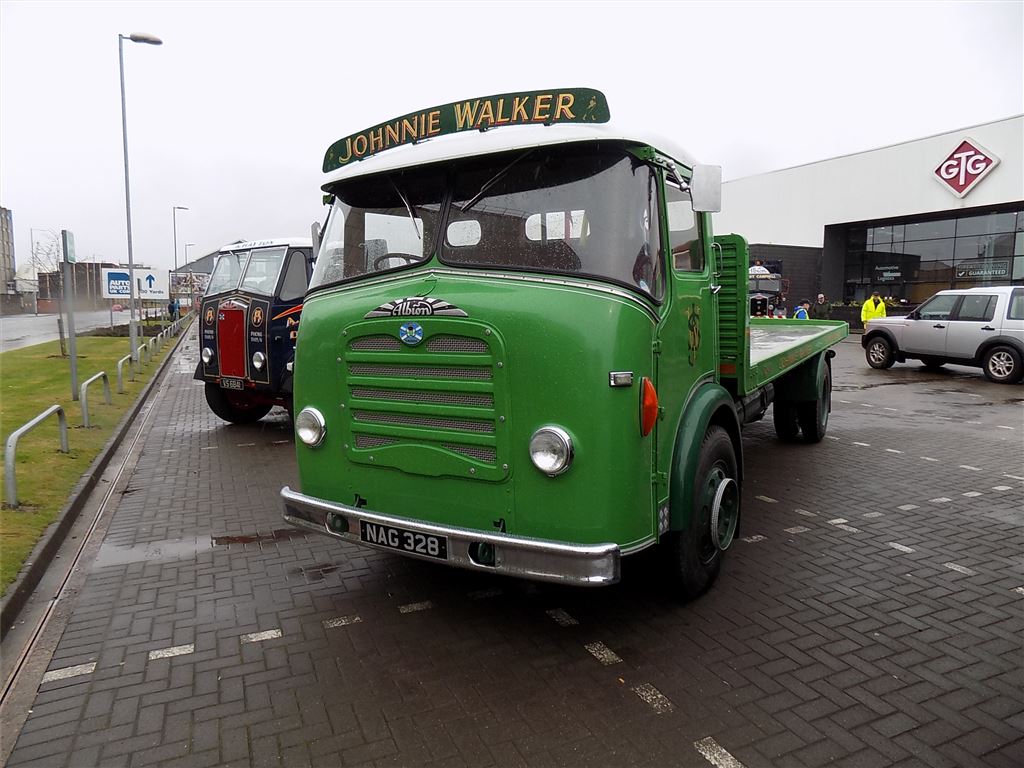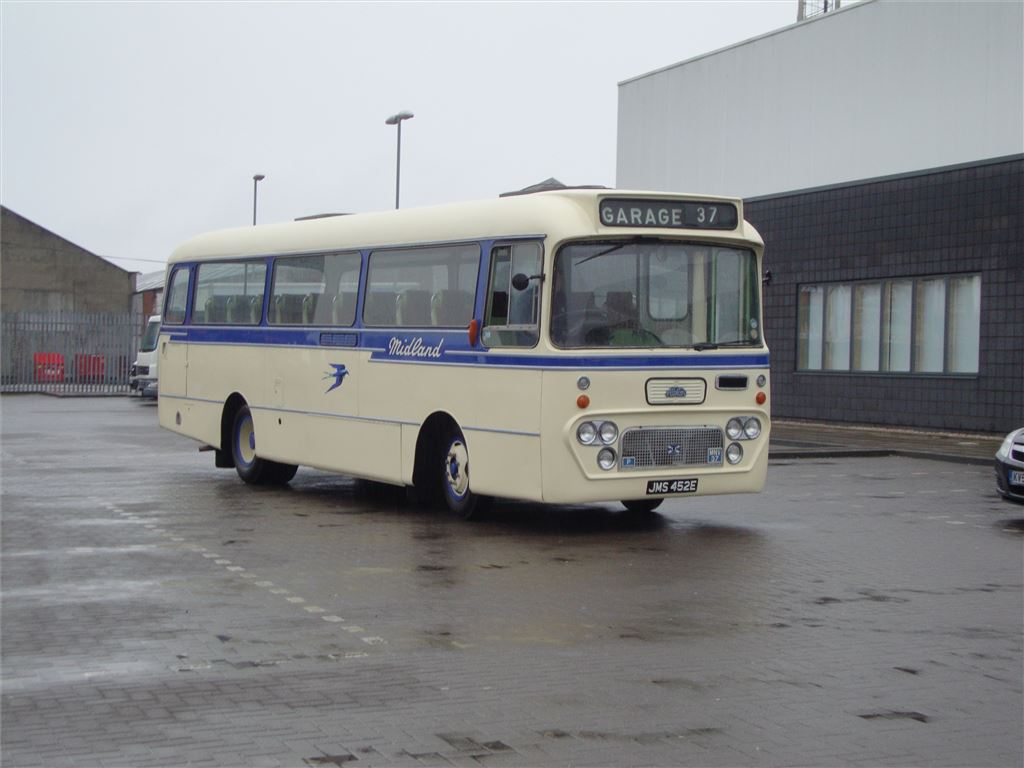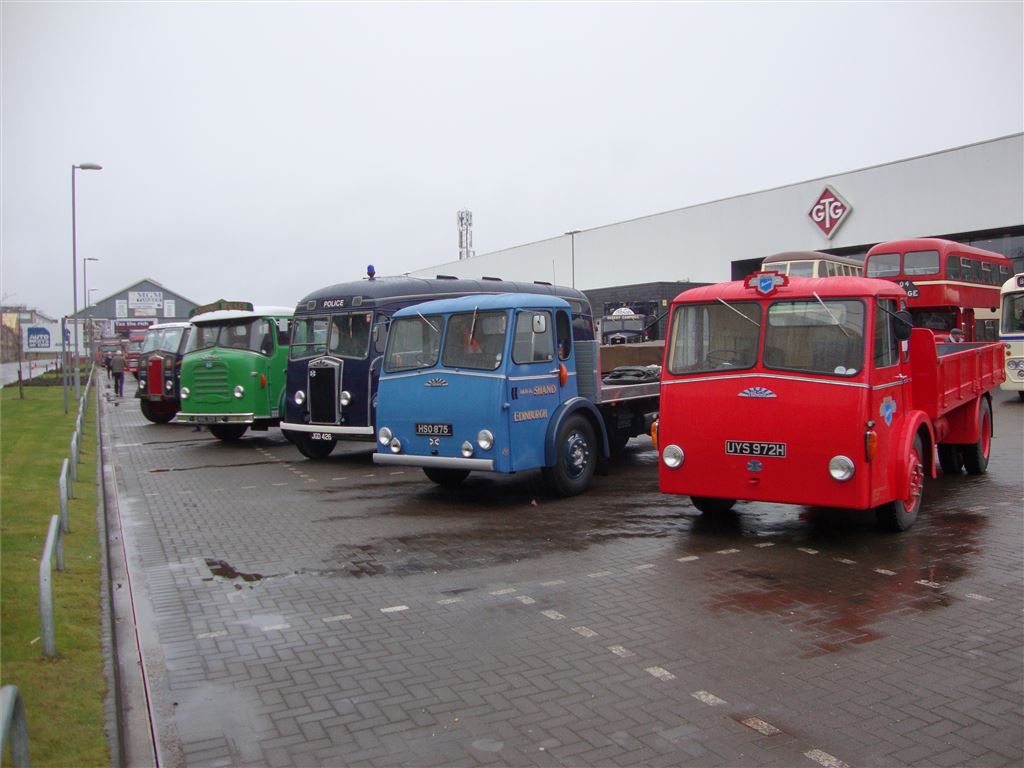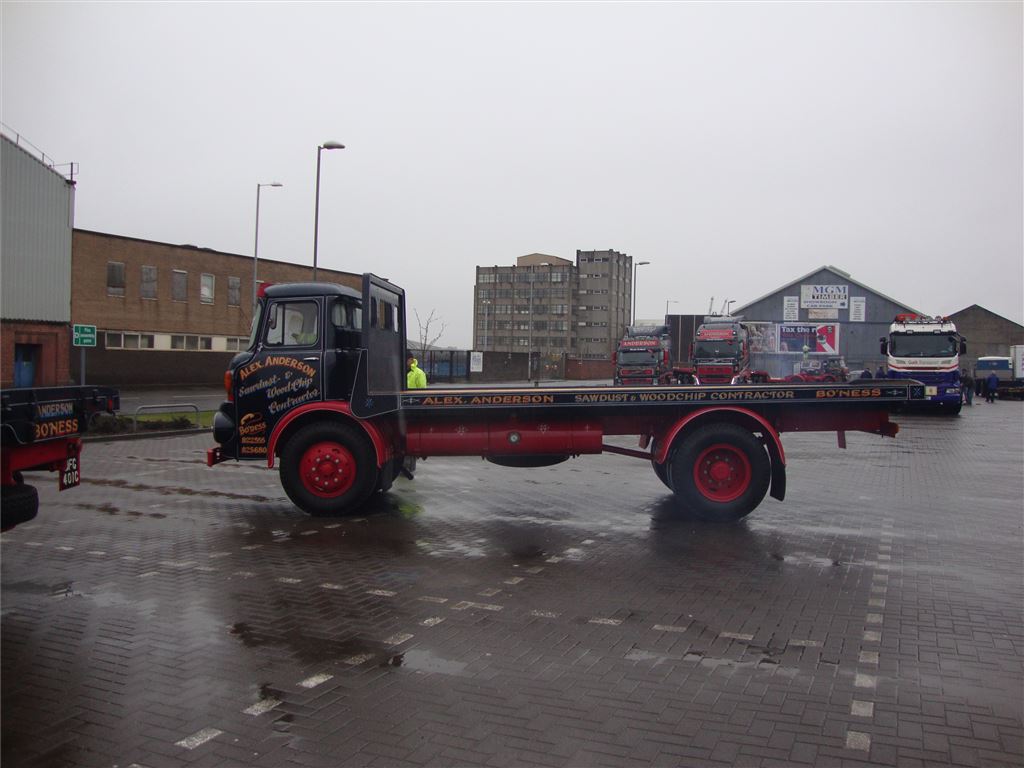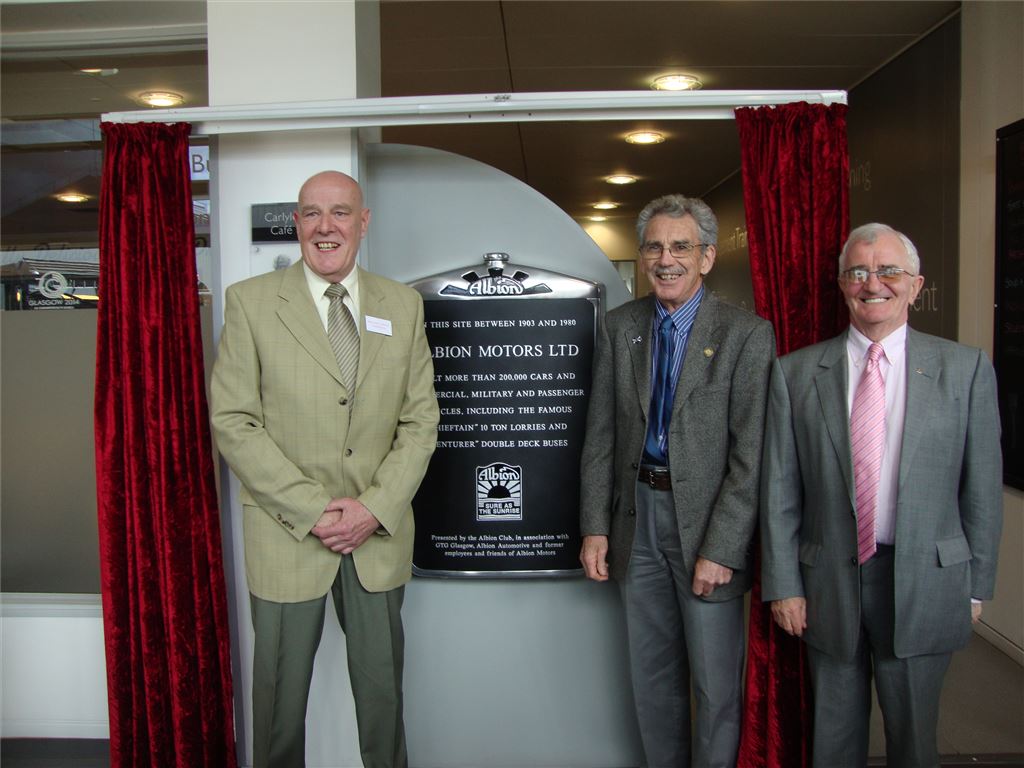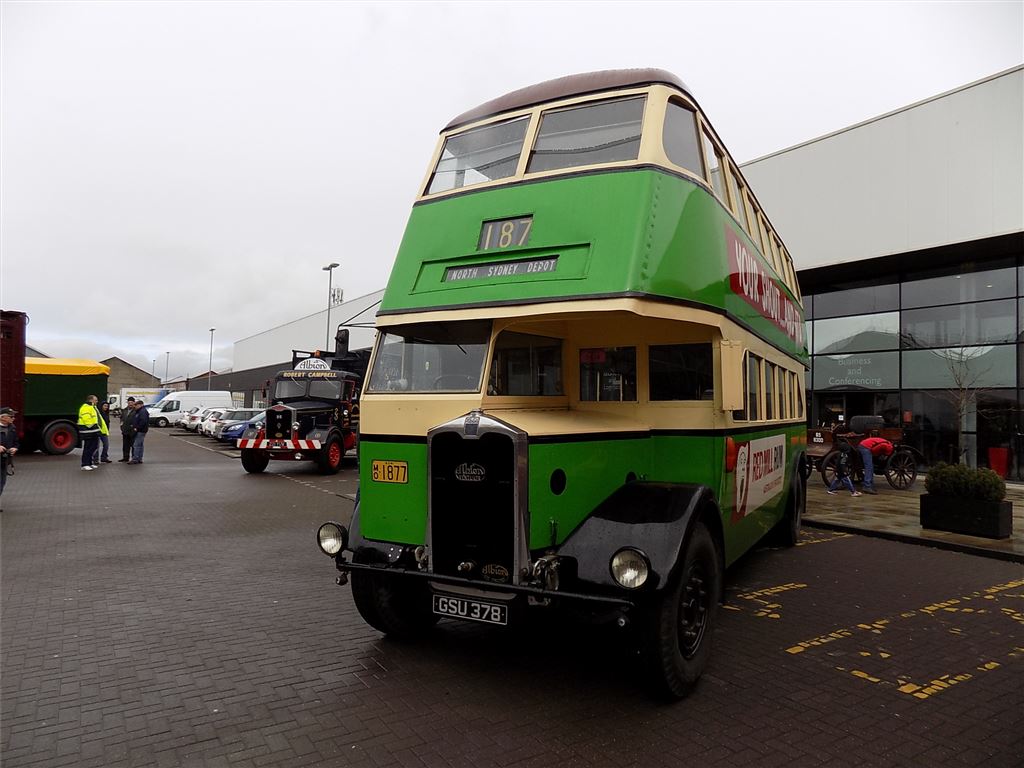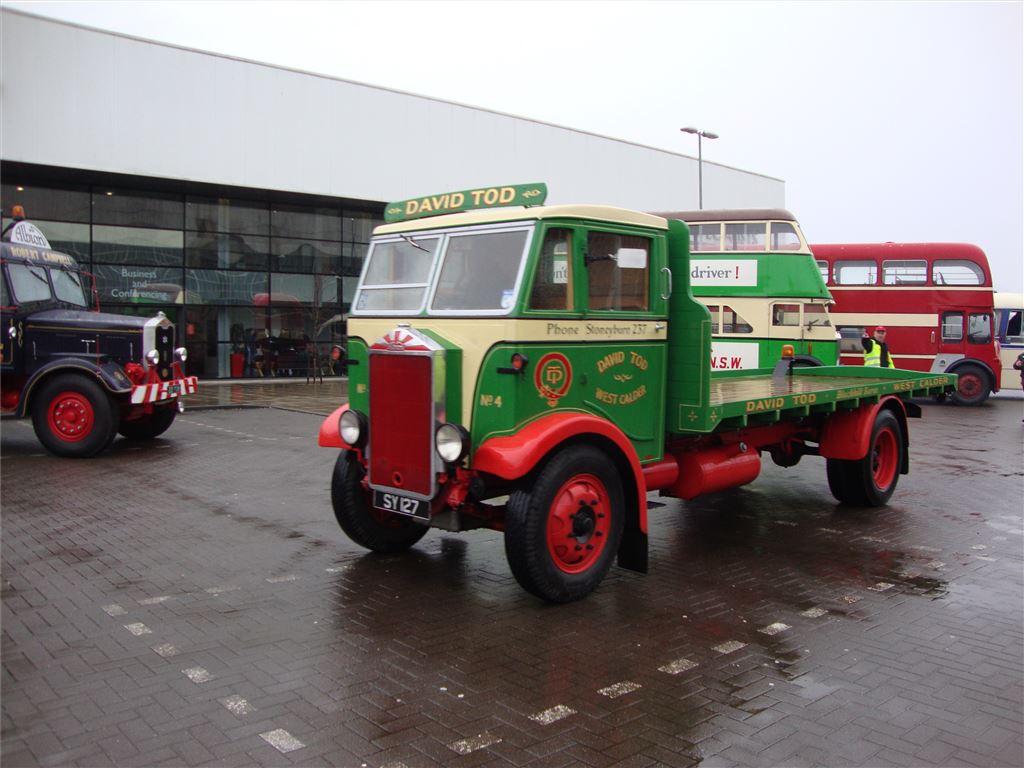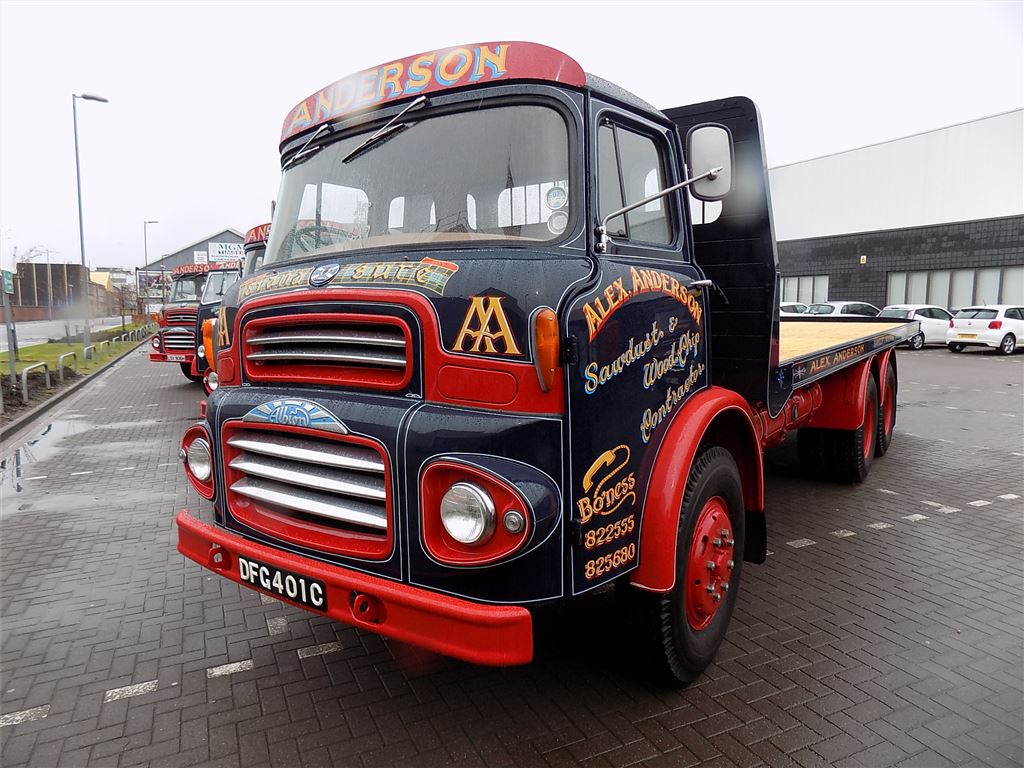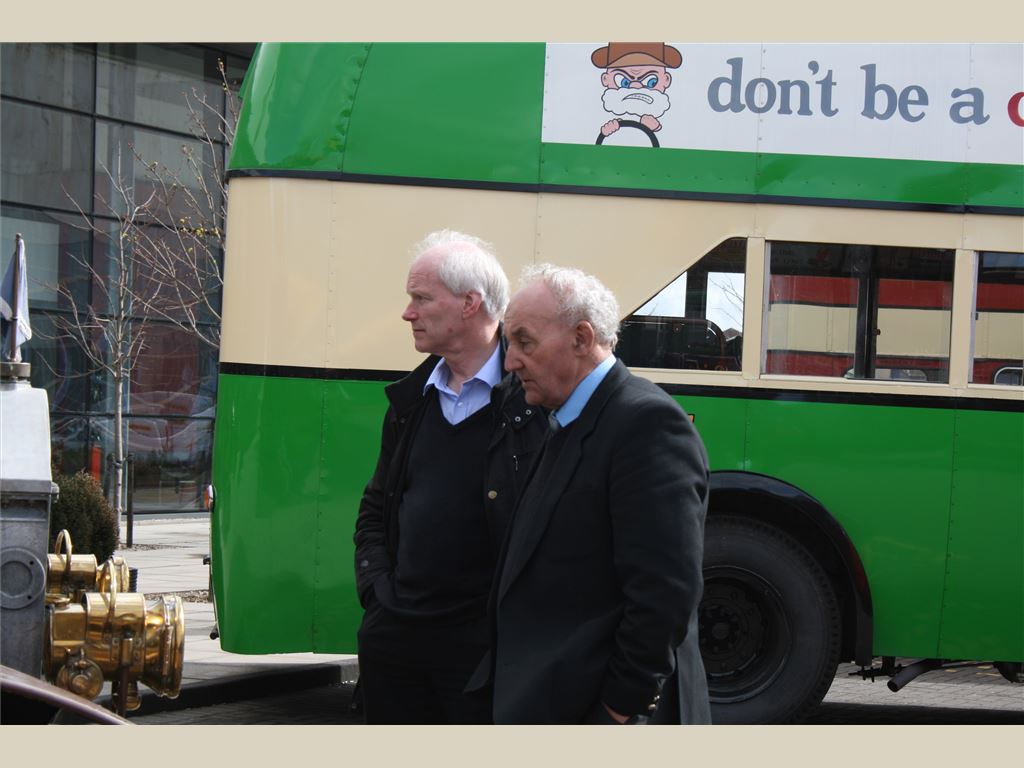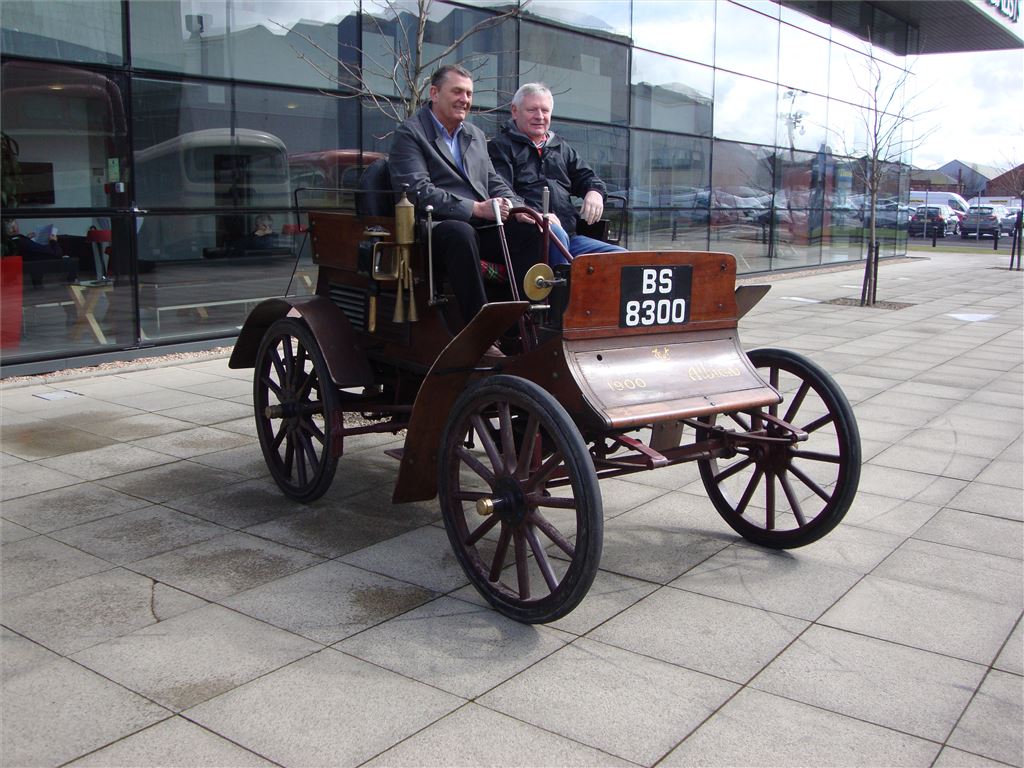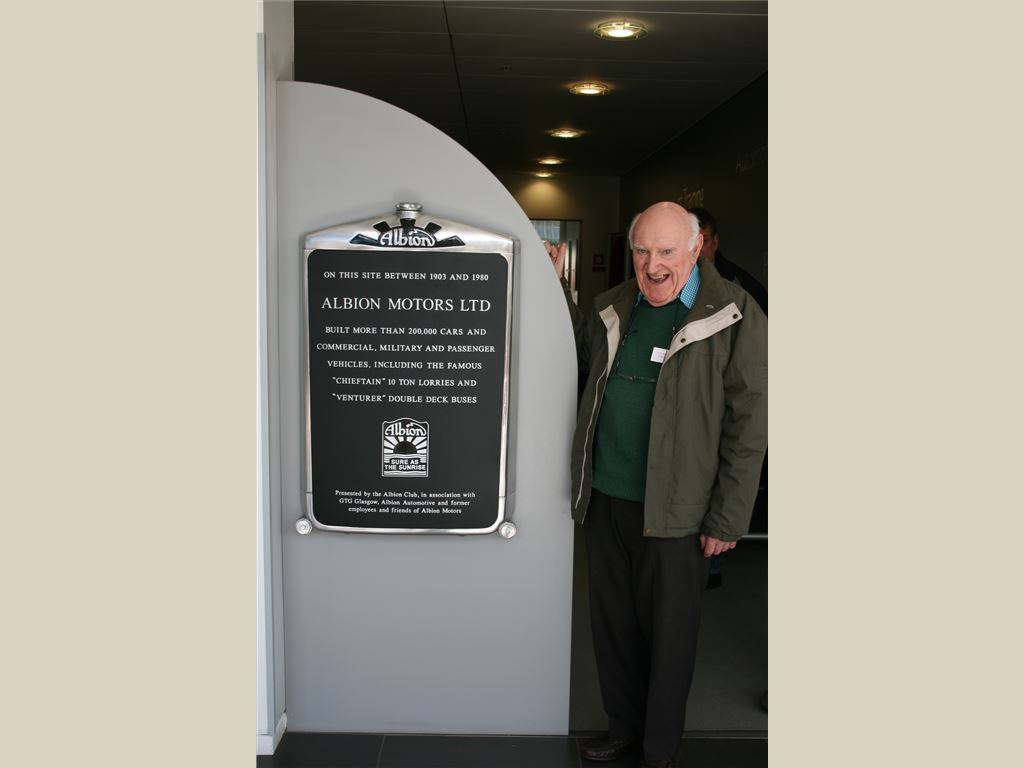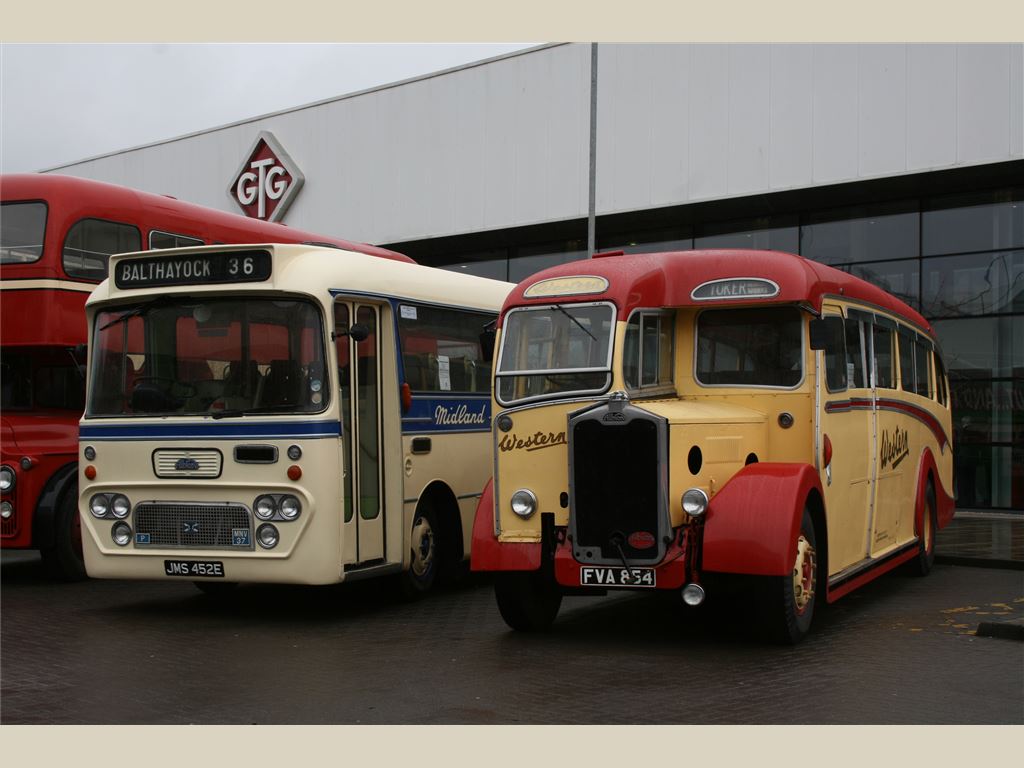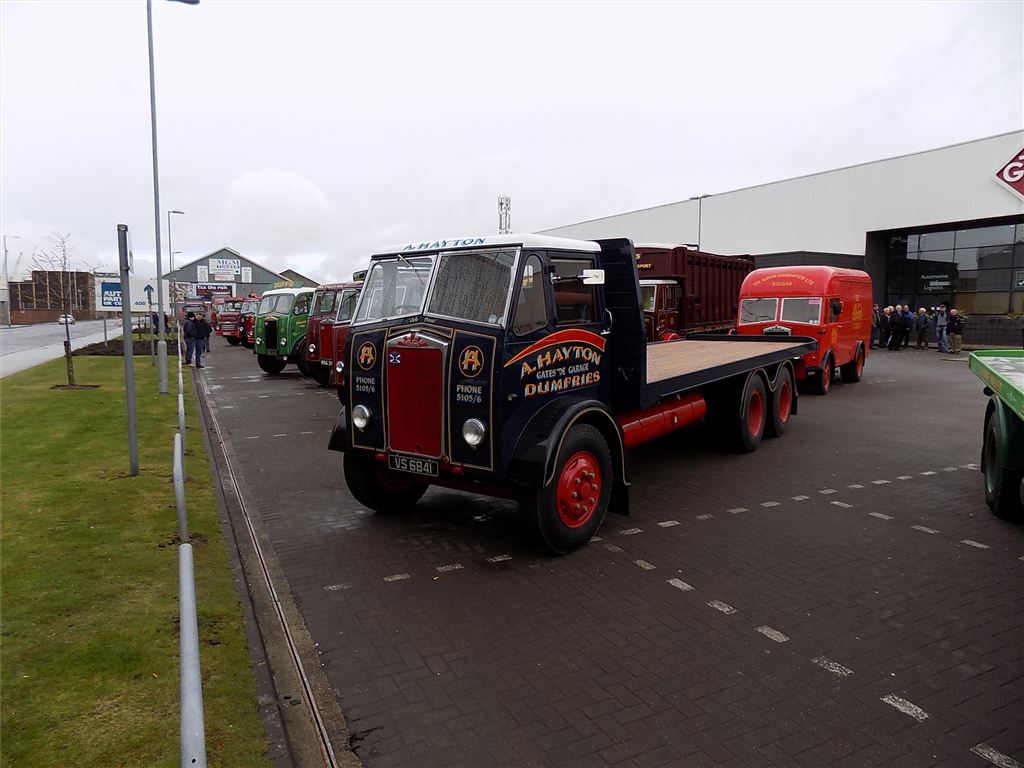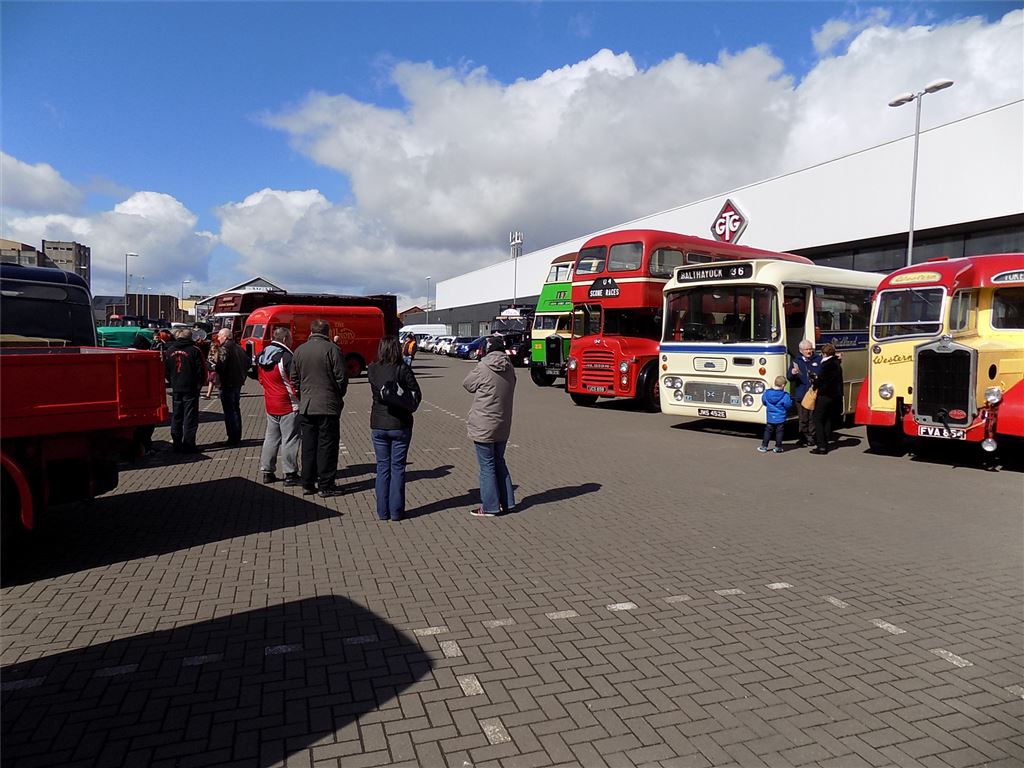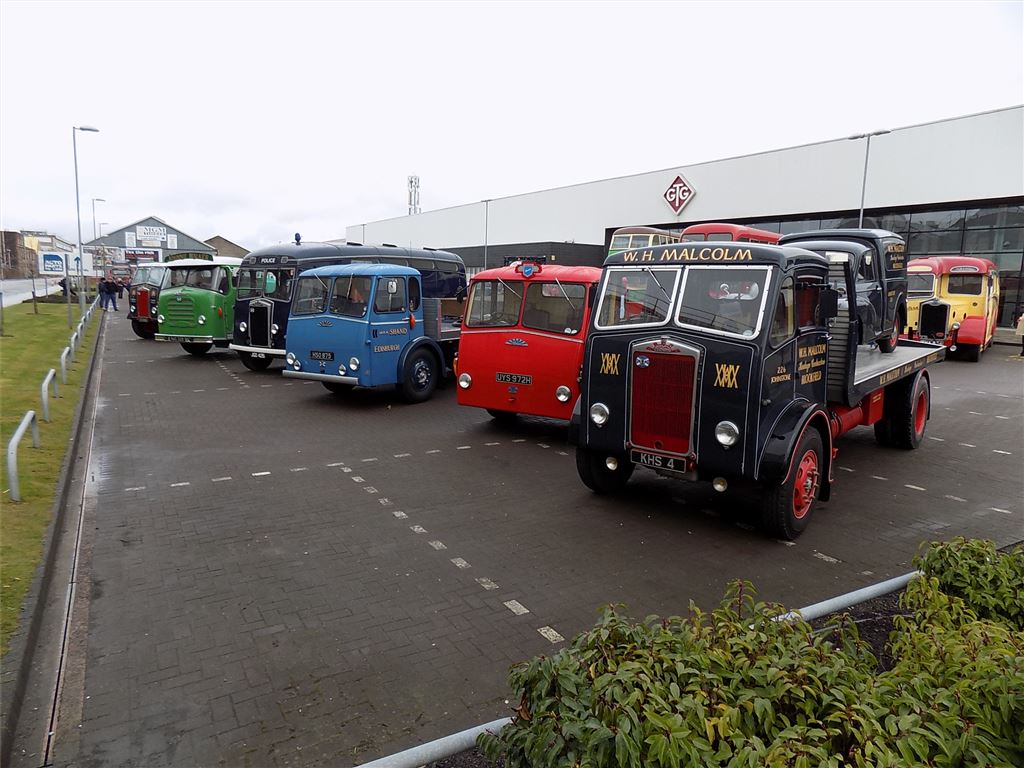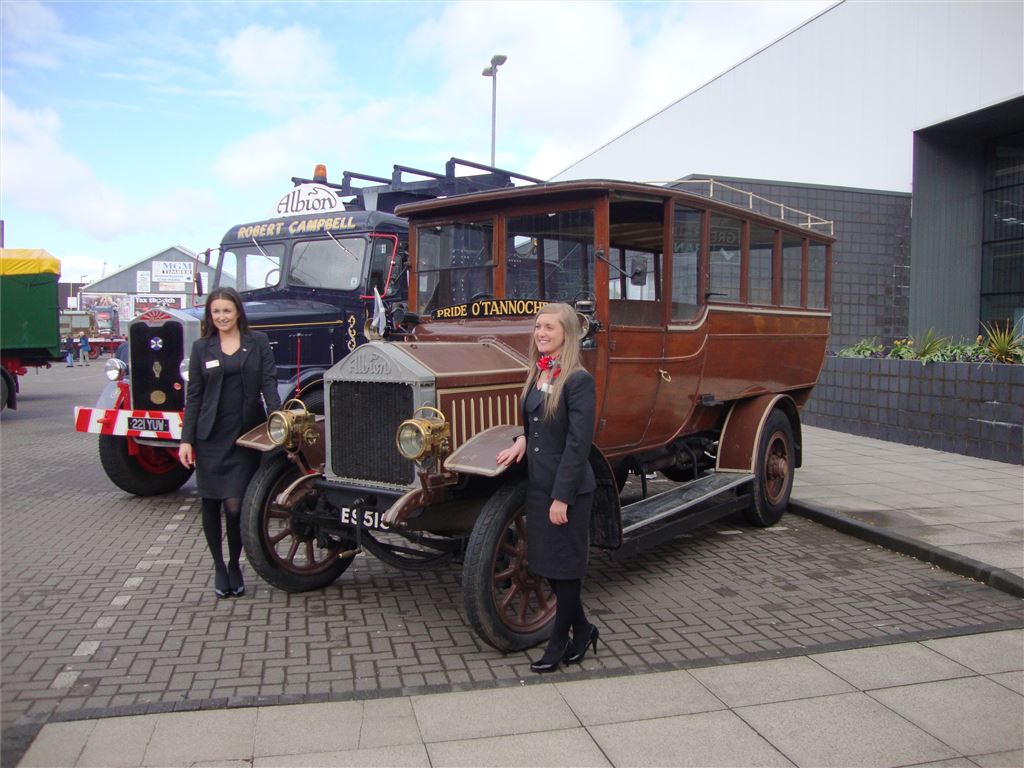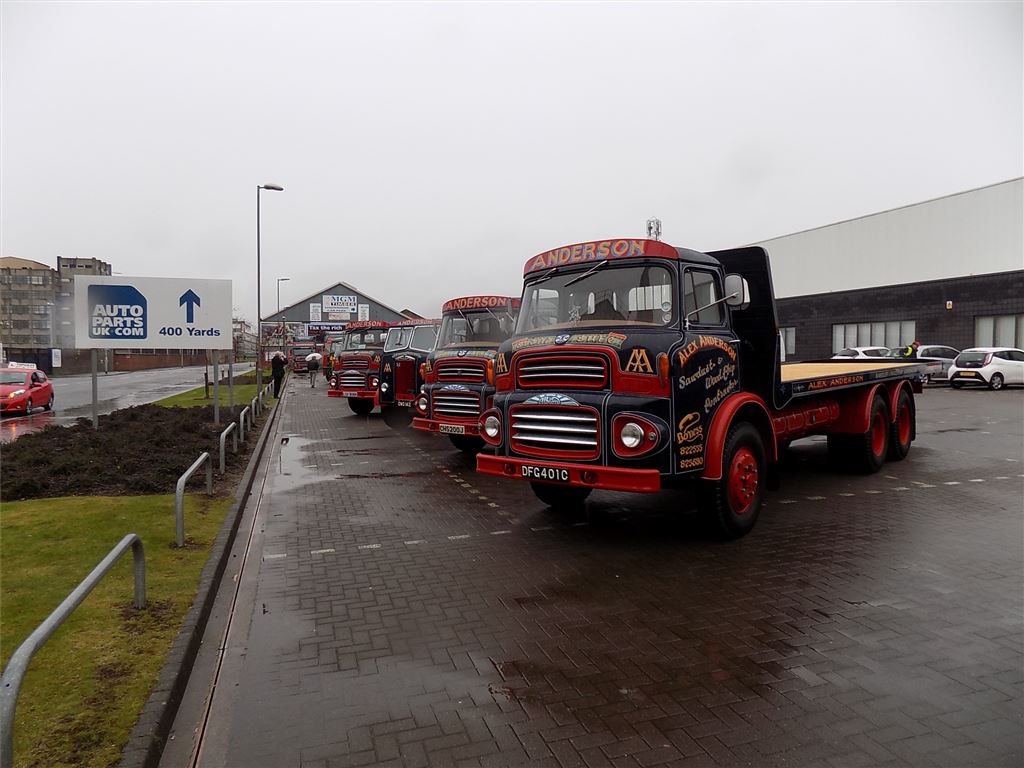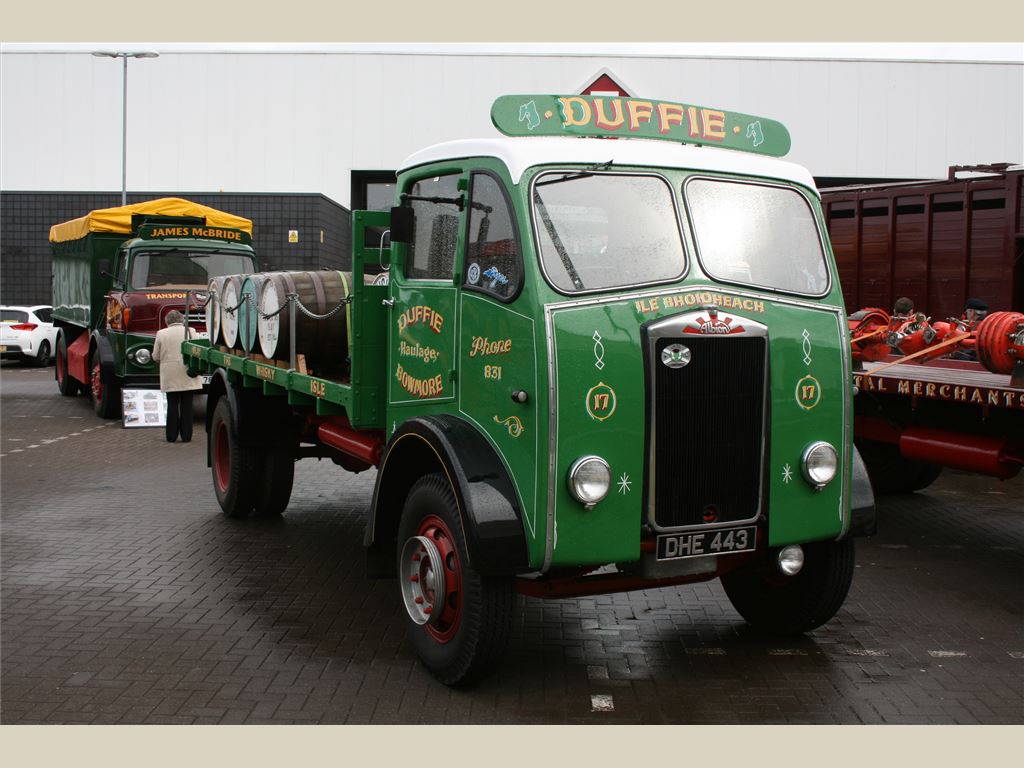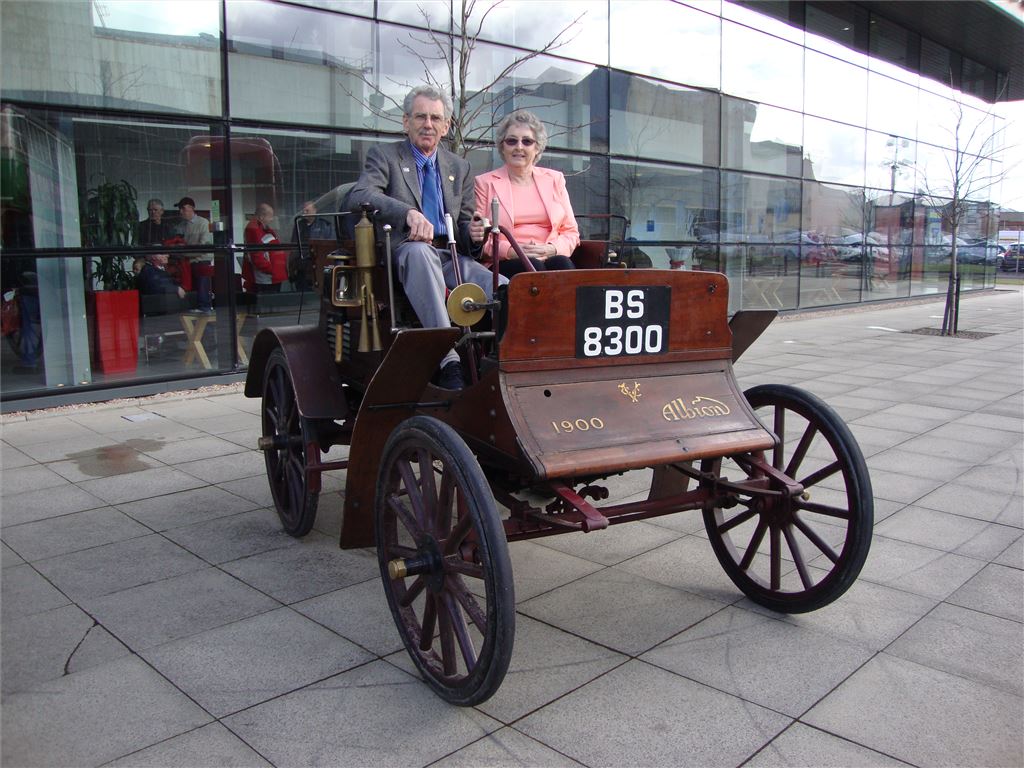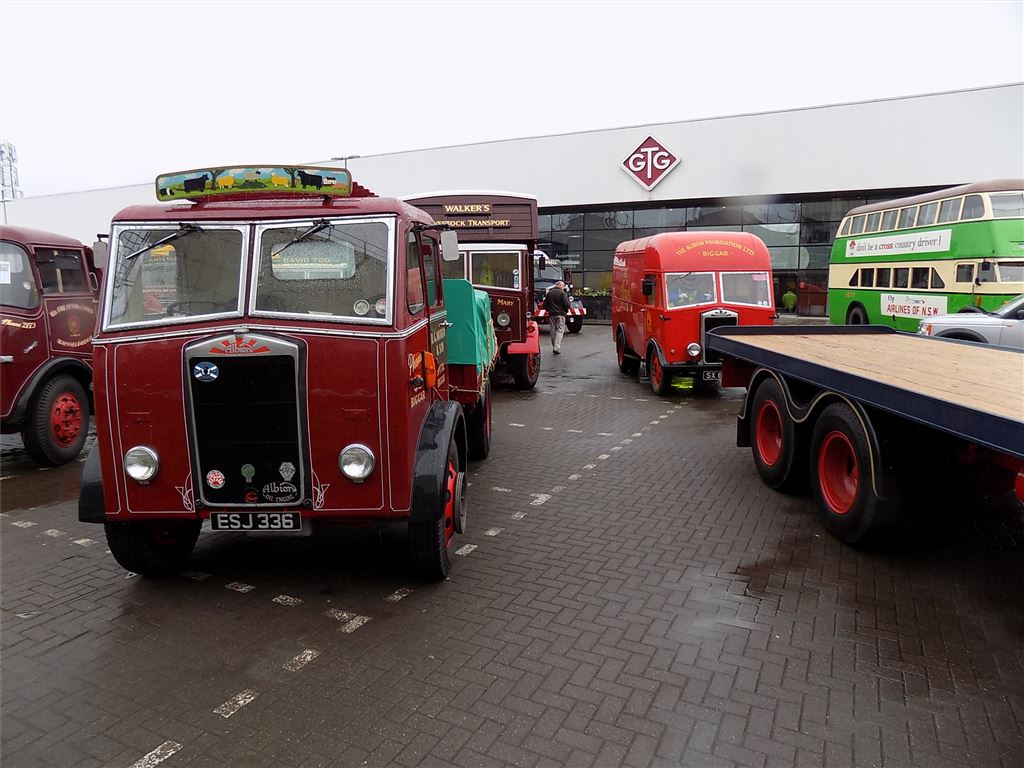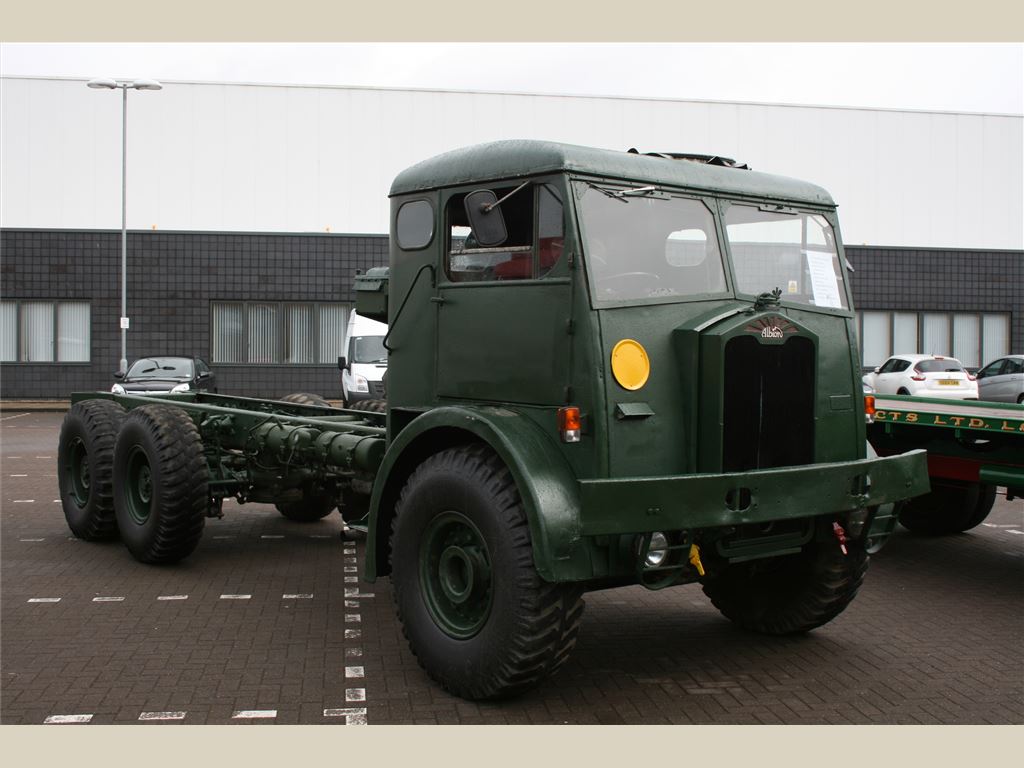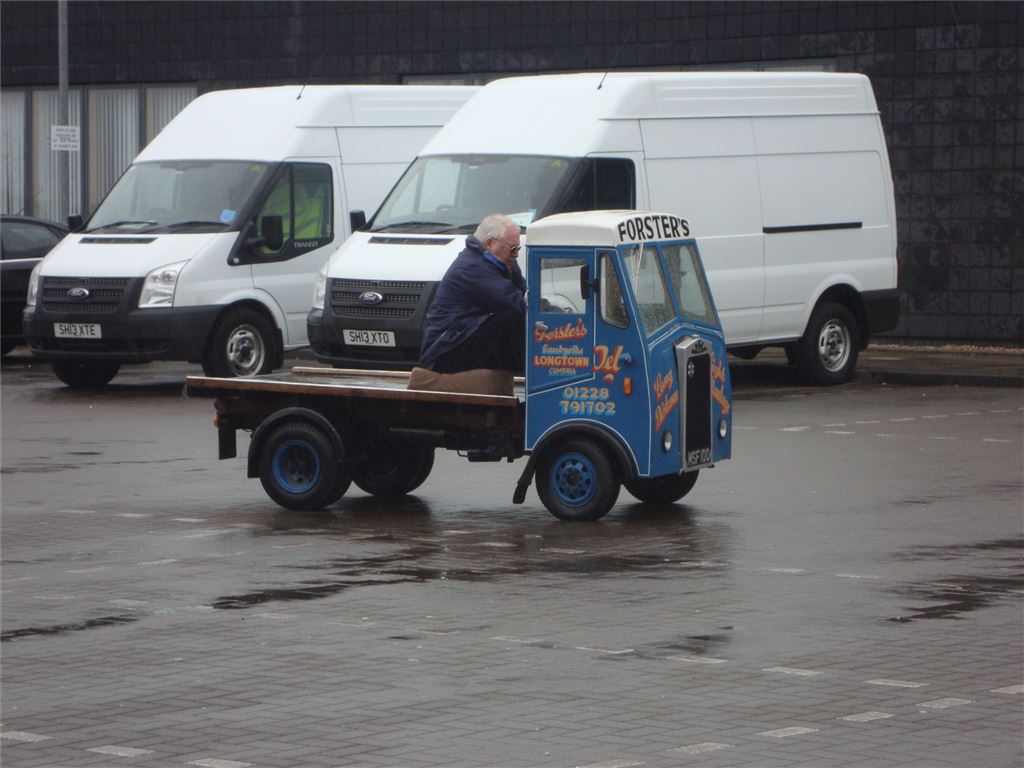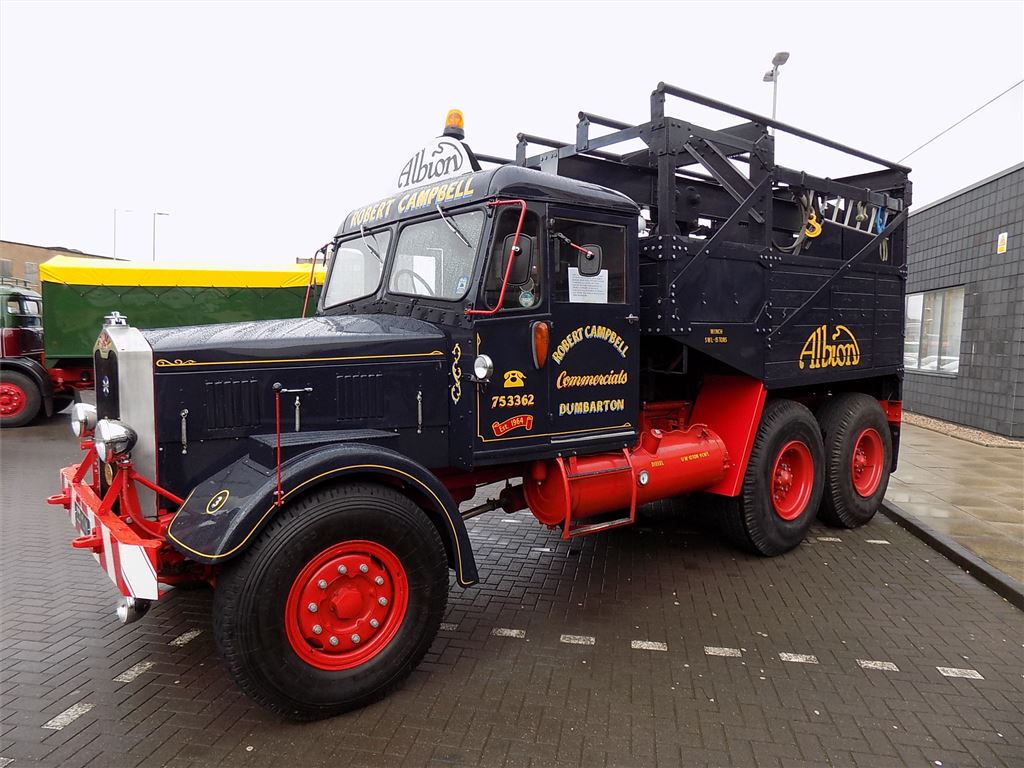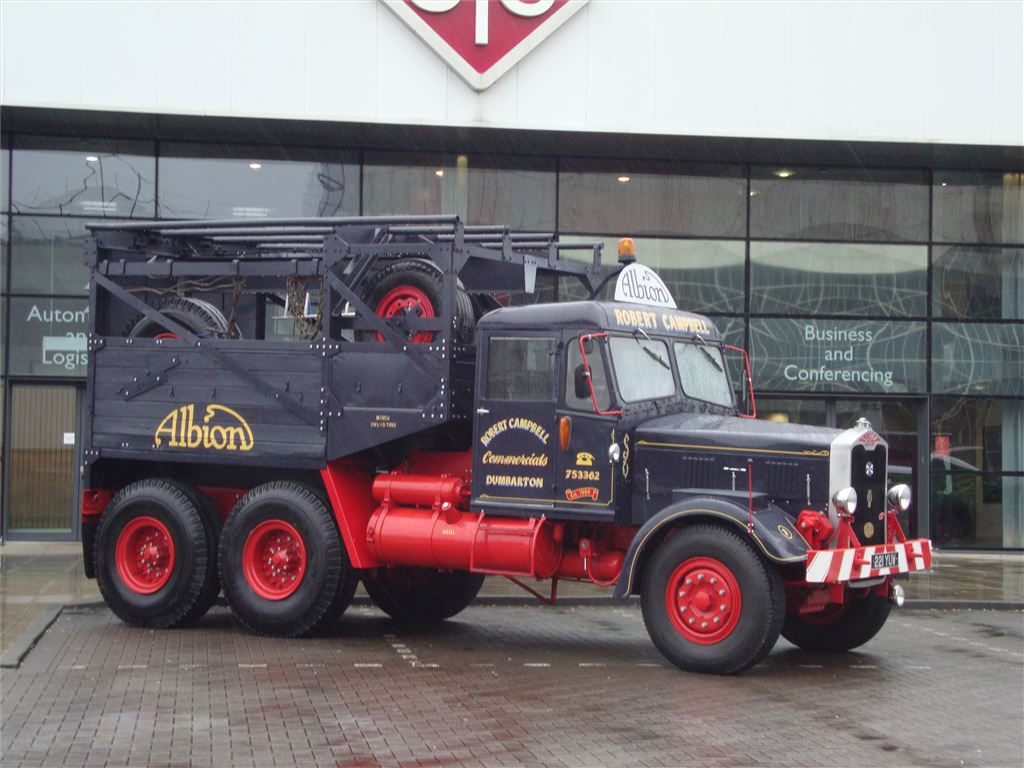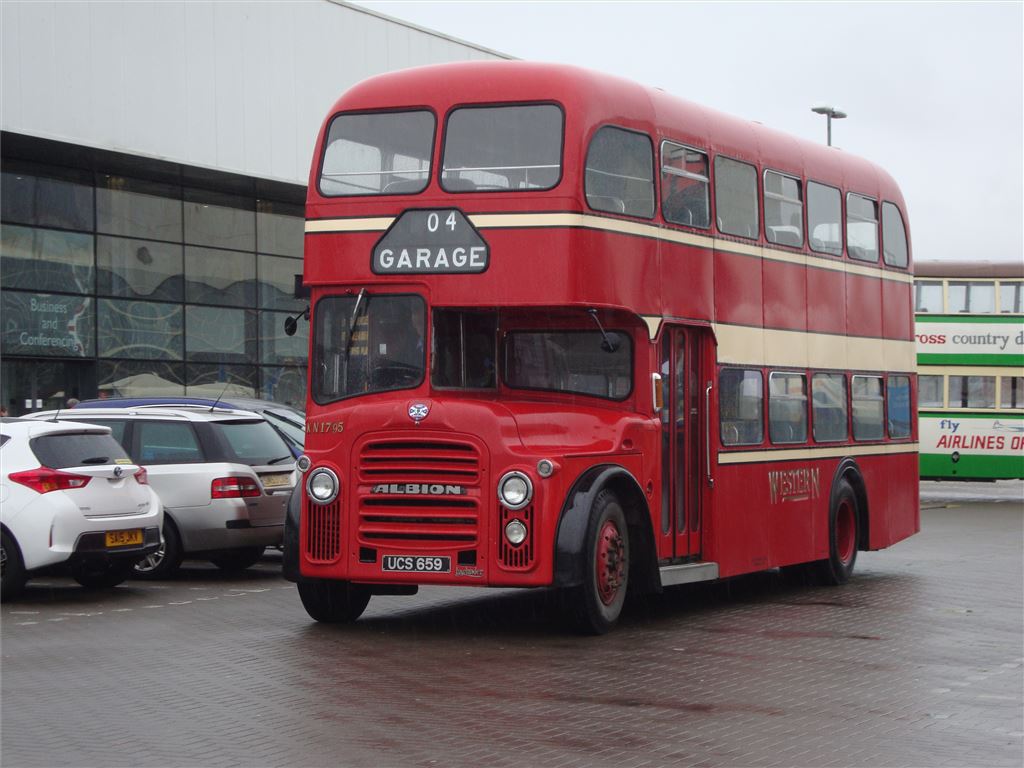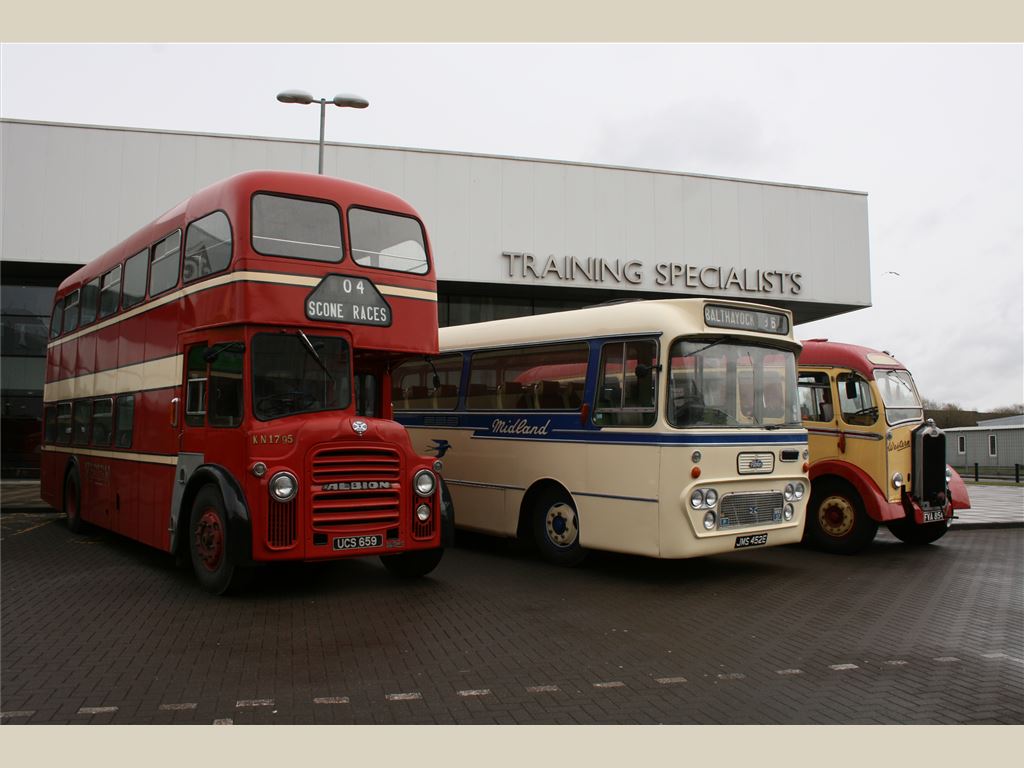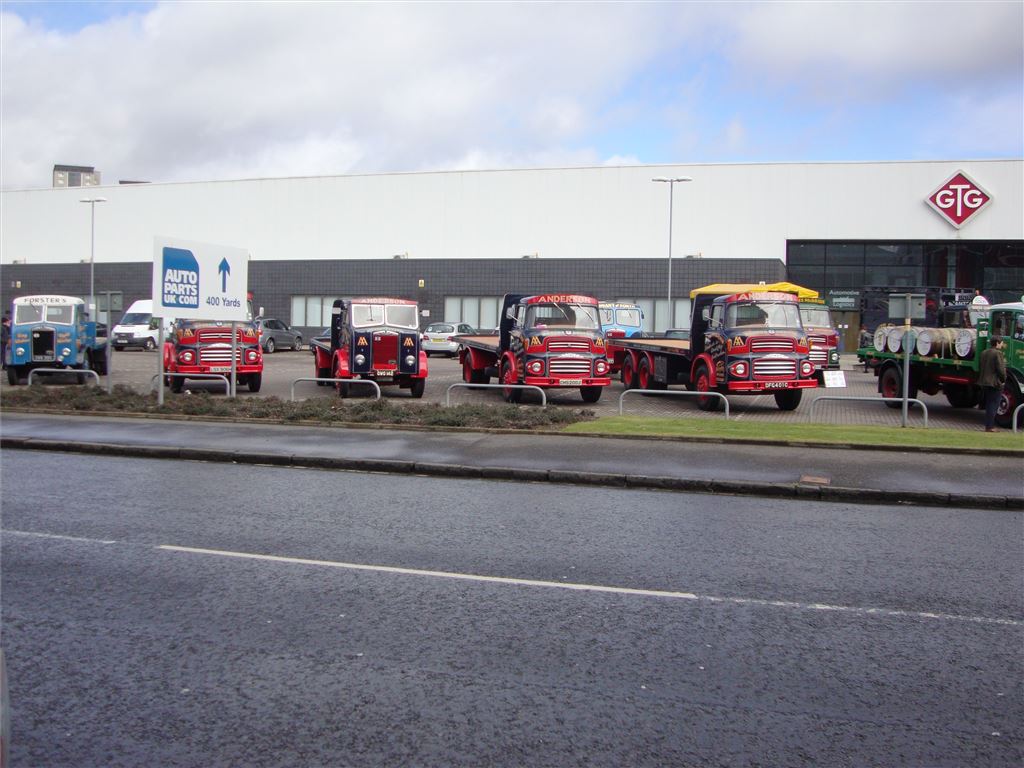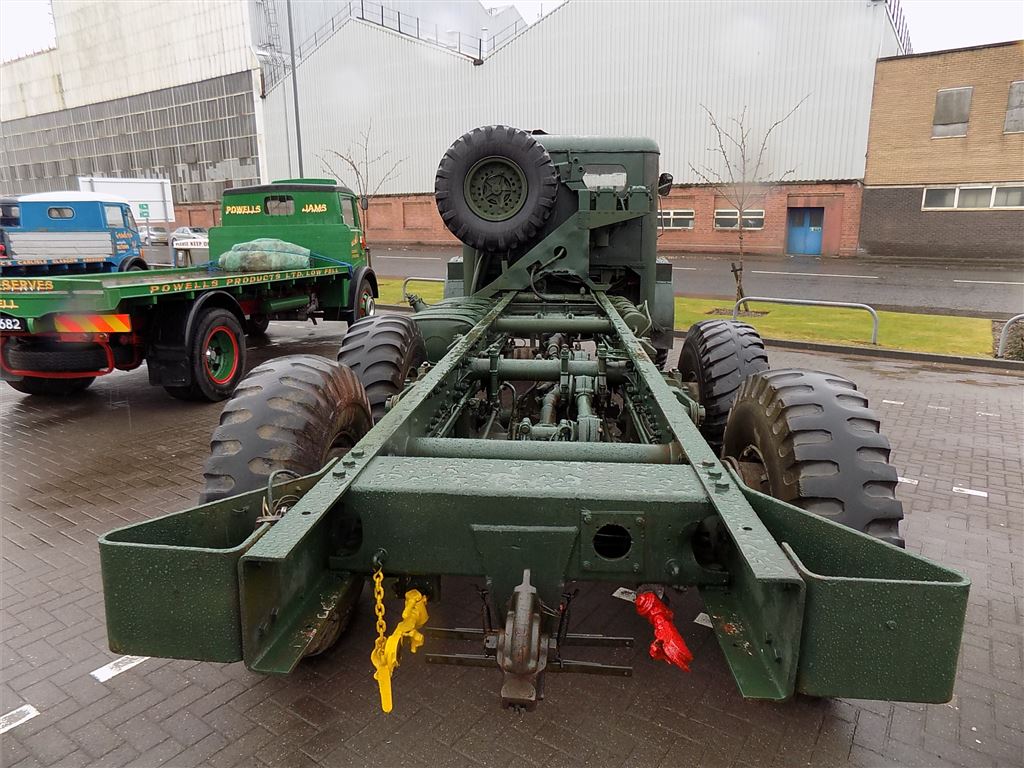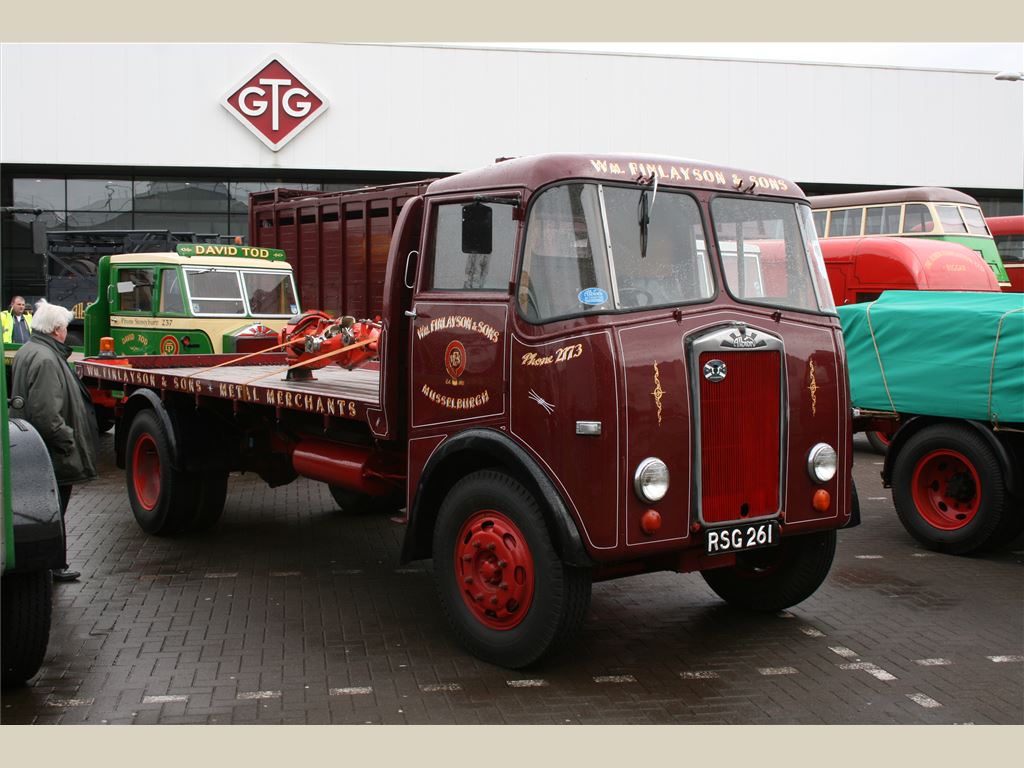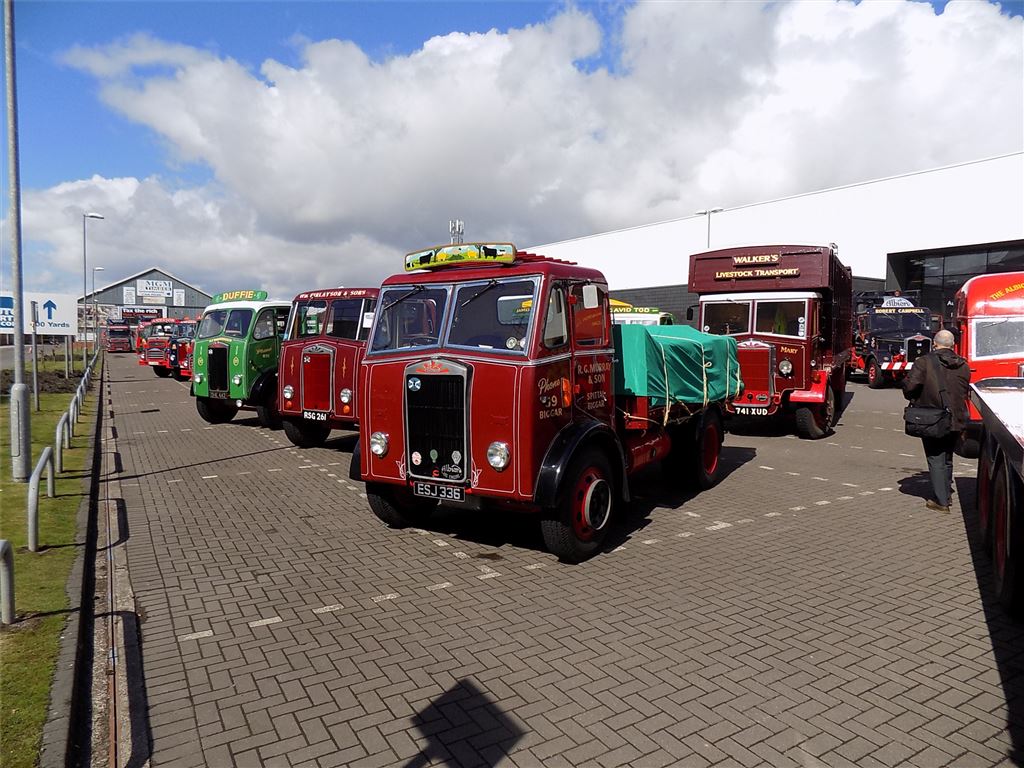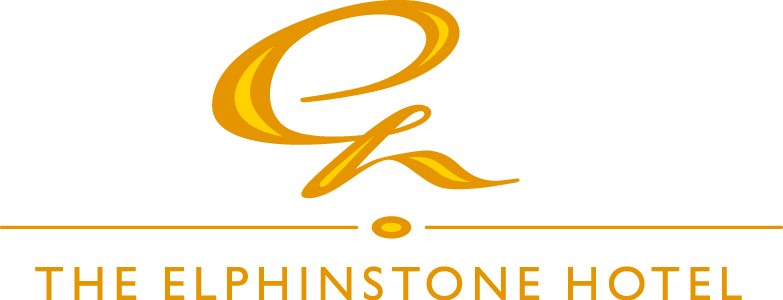Donations welcome for the Rally, Club or Foundation
With the sole exception of the first Rally in 1973, the Rally has thereafter been entirely self-funding. All income is retained to cover the expense of hosting the Rally and the continuance of the Albion movement in Biggar. None of the organising committee are remunerated for their involvement.
If you feel that you can assist with a donation, these will be gratefully received by either:
A Paypal donation using this button:
Or by posting a cheque, made out to The Biggar Albion Foundation Limited, to Helen Carrick, 12 High Street, Biggar, ML12 6BN.
Should you have any questions or would like to discuss anything further, please do not hesitate to contact Helen Carrick on 01899 221 497 option 1
Finally, please accept our sincere thanks for your support of The Biggar Rally.
Kind regards and keep safe.
Helen
About us:
The Biggar Albion Foundation Ltd was an offshoot of the Biggar Museum Trust. It was founded by the late Brian Lambie, MBE, FRSA in around 1993 and became an independent organisation in 2001. We run the Biggar Rally annually in August and this is our primary source of funding at present. We have an extensive archive of Albion-related documents, photographs and records and our museum has several Albion vehicles, sectioned engines, gearboxes and models. Coming soon, we will have display equipment to enable the visitor to enjoy all of our images and some fascinating films.
Mission Statement:
To advance and promote the education of the general public, and in particular the inhabitants of Biggar and District, without distinction of gender, sexual orientation, or of political, religious or other opinions, by associating voluntary organisations, local authorities and other bodies of whatever status together with the inhabitants in a common effort to establish a Museum, to be called the Albion Museum, which the Company intends to achieve by means of:-
a) bringing together, holding, adequately housing, conserving and documenting a Collection of specimens being of historical, artistic or scientific importance, and in respect of which there will be a strong presumption against the subsequent disposal of any item;
b) stimulating public interest in the Museum as a focal point of education and of historic, artistic or scientific interest, thereby improving the facilities available for general public amenity and education;
c) displaying and publicising the Collection for the public benefit; permitting access to research workers and school children, always providing that the safety and security of the Collection are not thereby endangered; permitting with similar safeguards the loan of any Specimen for exhibition or research;
d) promoting and assisting in the collating and recording of historical, ethnological, archaeological, biological, geological or other related information appropriate to the purpose of the Museum
 The 3rd Albion Just-For-Fun Run
The 3rd Albion Just-For-Fun Run
Sunday 28th July 2019
Organised by the Albion Club, Biggar.
DEPARTS:- 10am Route 74 Truck stop, Lesmahagow
FINISH:- 3pm at the start location for food and refreshments.
Entries are now open. Cost is £5. Please contact Walter Watson on 01899 220708 or This email address is being protected from spambots. You need JavaScript enabled to view it.
On Sunday 12th April 2015, members of the Albion Club and the Albion Foundation attended a presentation at the Glasgow Training group (GTG) premises of Arnold Clark on South Street, Glasgow. This was the site of the Albion Motor Car Company works from 1903 until 1987.
The Albion Club Chairman, Maurice White in conjunction with Robert Fulton, grandson of Norman Fulton, co-founder of the Albion Motor Car Company, joined GTG Chairman Glen Gall to unveil a plaque to commemorate the location of the Albion works on the site. Below are photographs from the occasion, including many Albion vehicles brought along by various proud owners, along with four of the Albion Foundation and Club vehicles.
Below is a shot of the Albion Works on South Street as it was before the demolition and where the GTG is now.
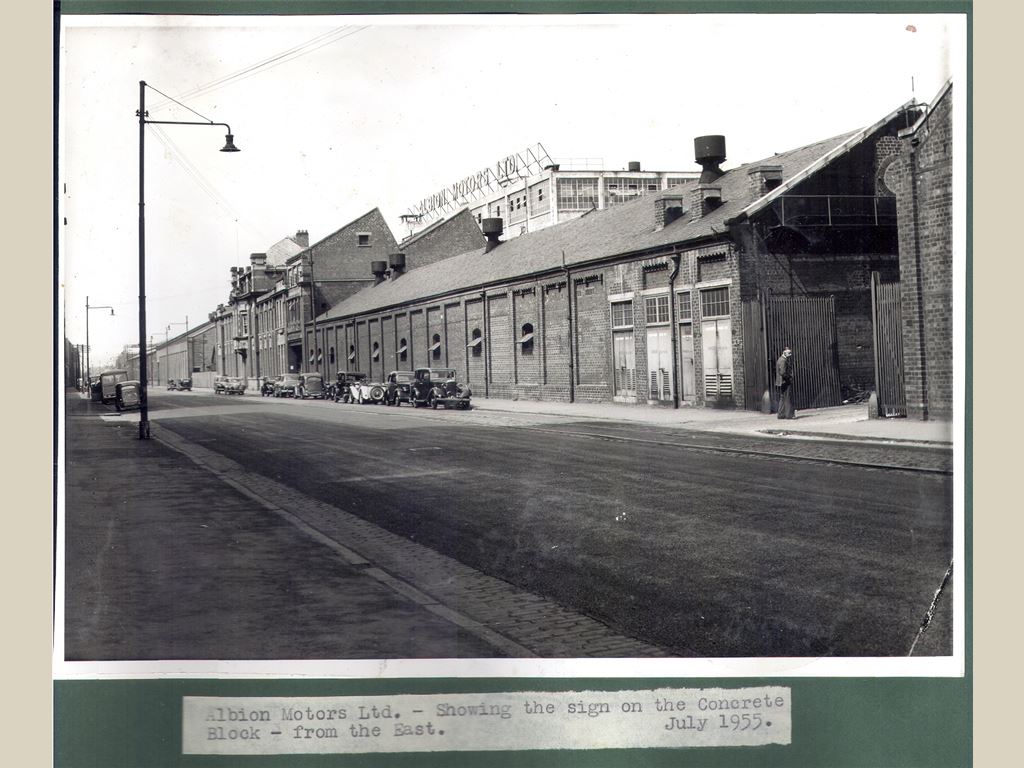
There is great news! The Biggar Albion Foundation Ltd has been able to buy the Gladstone Court museum premises which is adjacent to our own museum premises just off North Back Road, Biggar. Our own building is too small to house all our exhibits, and buying the Gladstone Court building has secured the whole site and will enable us to display more exhibits, and to provide a better museum experience for our visitors in Biggar, the home of the founders of the Albion Motor Car Company.
With the help of many generous donors, and by selling our Edinburgh Road Offices, we managed to raise the necessary £100,000 in order to purchase the building. We have set aside some money to kit it out with climate control, displays, etc, then as a future project, we estimate we will need a further £150,000 to link this building with our own. People have been very generous with donations. We have some funds of our own, but these will be needed to equip the building with all the requirements of a modern museum, and vitally, a heating system as this is currently lacking in the building. This will protect the exhibits from damp/condensation as well as providing a comfortable environment for the staff and visitors. We hope then to consolidate some of our buildings and this will enable us to provide better opening hours for the museum. We also plan to have a workshop where visitors can come and see some restoration work being done by suitably qualified experts.
If you want to volunteer, or can help us with donations or loans, large or small, please contact us by email to This email address is being protected from spambots. You need JavaScript enabled to view it. or by writing to us at: Building Fund Appeal, BAFL, 19 North Back Road, Biggar, ML12 6EJ
"ALBION OF SCOTSTOUN" - LIST OF CHAPTERS AND NOTES
|
Chapter 1: |
THE EARLY YEARS, 1899-1919 The founders; Murray, Fulton, and later, Henderson - how the Albion Motor Car Company started at Finnieston in 1899 - it's move to Scotstoun four years later - the growing reputation for reliability - production taken over for World War 1 output. Models covered and illustrated: A1 and A2 (dogcarts), A3, A6, A10, A12, A14, A16, WD type A10. |
|
Chapter 2: |
LOWS AND HIGHS, 1920-1929 Reconditioning of ex-WD A10's - progress with new models - first overtype - first six-wheeler - death of Dr.Blackwood Murray. Models covered and illustrated: A20, A10 MkII and III, Model 24 (all passenger and commercial types), Models 26, 27, 28, 31, 32, 34, 35, 40, 41. |
|
Chapter 3: |
EXPANSION AND COMPETITION, 1930-1936 Belated developments with diesels - Beardmore and other proprietary diesels - name change to Albion Motors Limited - experimental trolleybus - purchase of Halley factory - first eight-wheeler - George Pate in charge. Models covered and illustrated: Bus models 65, 67, 69, 141, 145, 70, 71, 80, 81, 85; Goods models 43, 44, 46, 47, 463, 473, 50, 51, 52, 53, 520, 530, 126, 127, 118, 119, 12, 123, 125, 129, 36, 37, 56, 57, 58, 59, 54, 55, 540, 550, 547, 557, 549, 559, 553, 561, 563, 131, 133, 136, 137, AM463. |
|
Chapter 4: |
THE WAR INTERVENES - NEW TRUCK MODELS, 1937-1950 New model designations for new model range - South African orders - WW2 military output - removal of proprietary engines - the EN286 engine - model names - emphasis on overseas markets. Models covered and illustrated: BY1, BY3, BY5, EV1, FT11, FT15, CX6, CX22, CX23, CX24, CX33, AZ1, AZ3, AZ5, AZ7, AZ8, FT3, FT3A, FT3A6W, FT5, FT7, FT21, FT23, FT35, FT37, FT38, FT101, FT102, CX1, CX2, CX3, CX4, CX5, CX21, CX23, CX27, CX29, DW1, DW3. |
|
Chapter 5: |
MISSING THE BUS - THE DECLINE OF THE BUS MARKET, 1937-1950 The extensive bus range - the delay in developing a suitable diesel - the loss of customers due to the war - new management - the axing of the heavy bus range. Models covered and illustrated: CX9, CX11, CX13, CX14, CX19, CX20, Cx25, CX37, CX39, CX41, FT3AB, FT39. |
|
Chapter 6: |
THE KP EXPERIMENTS The company's most expensive experimental development programme - a range of horizontally opposed engines based on the EN286 - collaboration with Saurer - air cooled version - how the KP engines worked. Models covered and illustrated: All KP engined models. |
|
Chapter 7: |
THE LEYLAND TAKEOVER AND IT'S AFTERMATH, 1951-1957 The demise of the AZ series - still too many models - merger with Leyland - rationalisation and specialisation on lighter models - the development of the 15.2 litre EN900 engine - Britain's biggest engined bus - the increasing dominance of Leyland - the resignation of Hugh Fulton, son of the co-founder. Models covered and illustrated: HD53, HD55, HD57, HD73, HD75, HD61, HD63, HD23, FT37A, FT39A, FT25, FT27, FT107, FT111, MR5, MR7, MLH3, MR9, MR11, WD66, PF107, PF108, 24C/1, 24/C3, FT39K, HD175. |
|
Chapter 8: |
THE RISE AND FALL OF THE LEYLAND-ALBIONS, 1958-1972 The LAD cab - the double reduction axle - new bus models - Leyland men in charge - expansion at Scotstoun - decline under British-Leyland. Models covered and illustrated: CH3, CD21, CD23, VT15, VT17, VT23, VT19, CL3, CL5, NS3, RE25, RE27, CH7TR, 24C/5, CH3A, CL3A, CL5A, NS3A, LR1, LR3, LR7, RE29, CH13, CH17, VT21, VK41, VK55, CD65, RE33, VK43, VK45, VL3, CH71, CH51, CA81, RE129, RE229, CD40/41, RE40/41, 2CD4016, 2RE4124. Please note the following correction to the second RE25 caption on page 122 of the book: The twin propshafts rotated in the same anti-clockwise direction, not in opposite directions as stated in the text. |
|
Chapter 9: |
BACK IN THE DRIVING SEAT - COMPLETING THE CENTURY The loss of chassis and gearbox production - concentration on axle manufacture - takeover by DAF - receivership - management buy-in - Albion Automotive - expansion and diversification through acquisitions - takeover by American Axle and Manufacturing. Models covered and illustrated: Some complete DAF, Leyland and LDV vehicles featuring Albion components. |
|
Chapter 10: |
TRAINS AND BOATS AND CRANES - UNUSUAL APPLICATIONS AND INCIDENTS Albion engines and components in other plant - unusual models - mishaps. Models covered and illustrated: some typical examples. |
|
Appendix A: |
The Albion-Murray Patents The inventions which gave Albion the advantage over it's early competitors. Models covered and illustrated: The Albion-Murray Mechanical Lubricator - Albion-Murray low tension Magneto - Albion-Murray Speed Governor. |
|
Appendix B: |
Model and Chassis Numbering Systems Model and chassis numbering systems, all types explained. |
|
Appendix C: |
Model List, 1899-1972 Table of 260 model types from 1899 to 1972; chassis numbers - dates of production - engines - engine layout - final drive - detailed notes. |
|
Appendix D: |
Engine List, 1899-1972 Table of 85 engine types from 1899-1972 - fuel type - number of cylinders - format - bore & stroke - swept volume - models fitted - notes. Please note the following corrections to the Engine List information printed in Appendix D of the book: |
|
Appendix E: |
Chassis Output, Staff and Workforce Graphs Two graphs; staff numbers - chassis output |
|
Bibliography |
|
|
Acknowledgements |
|
